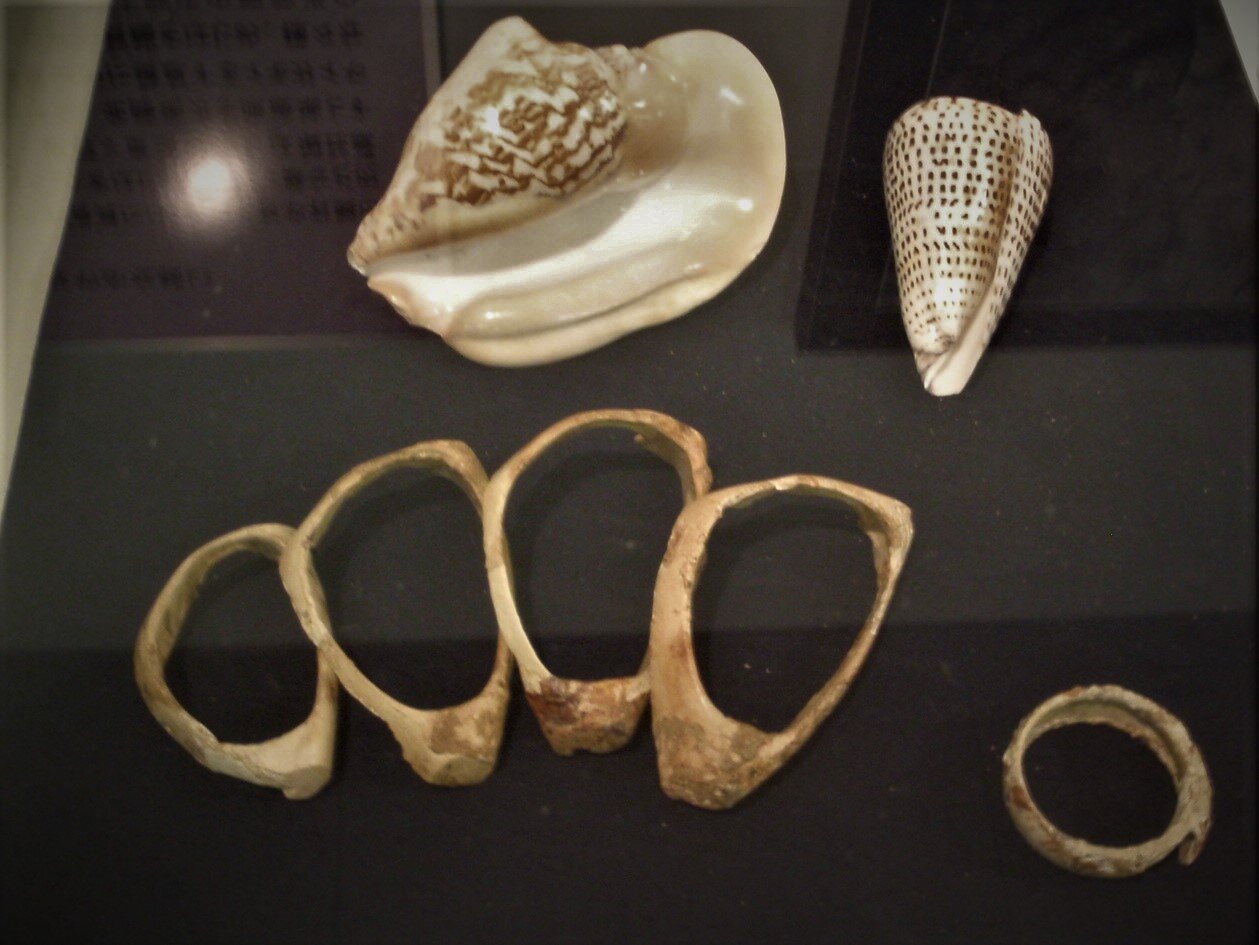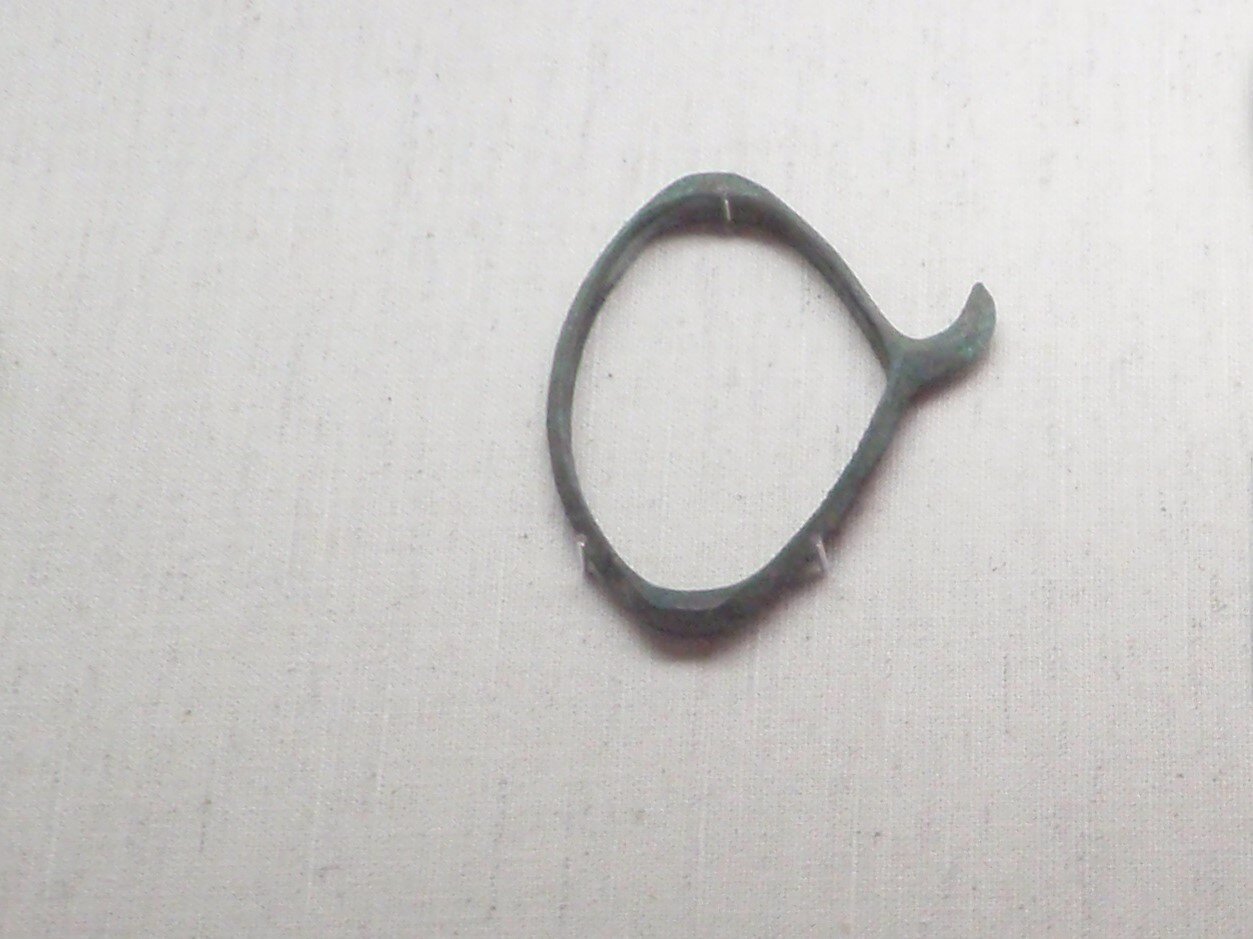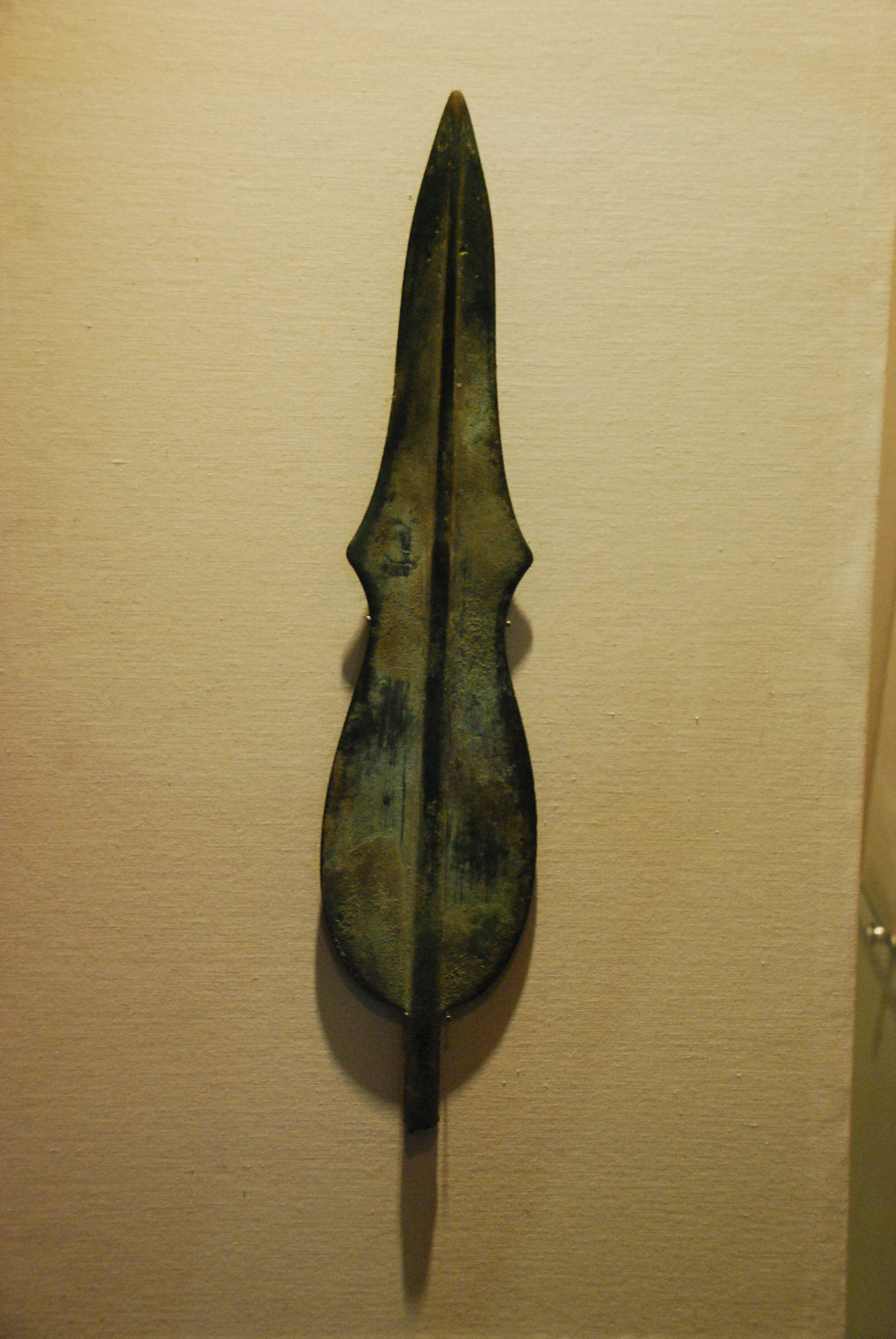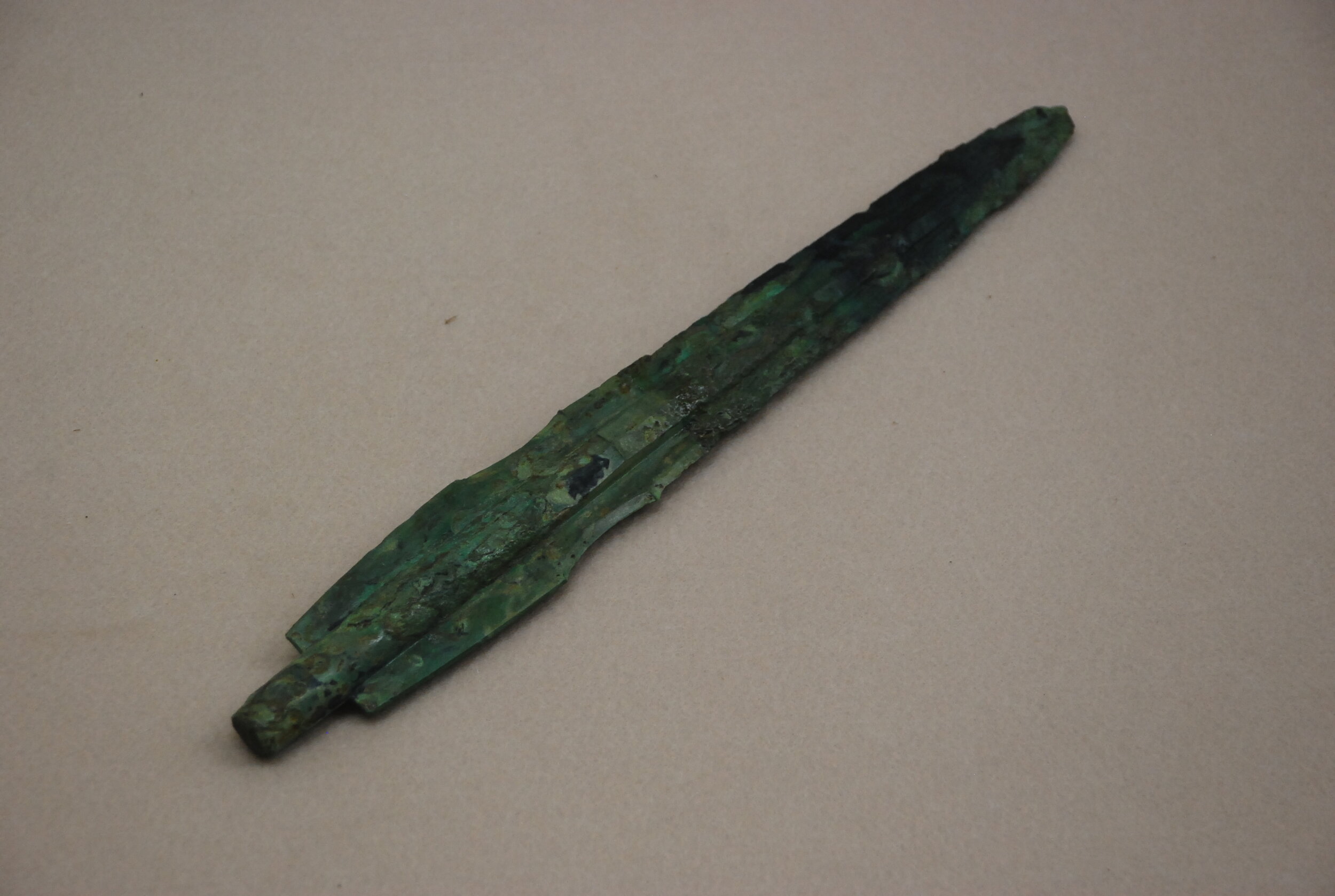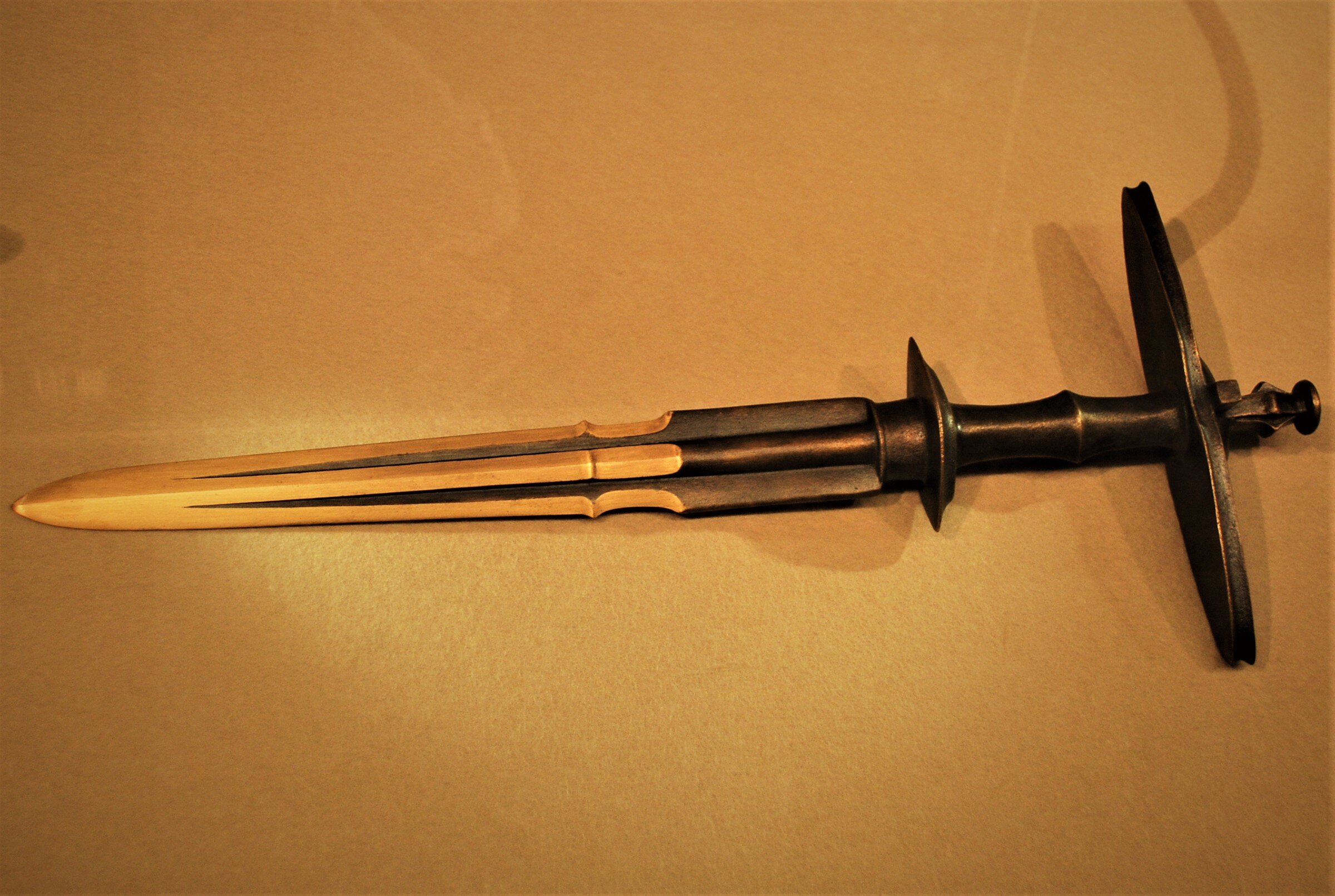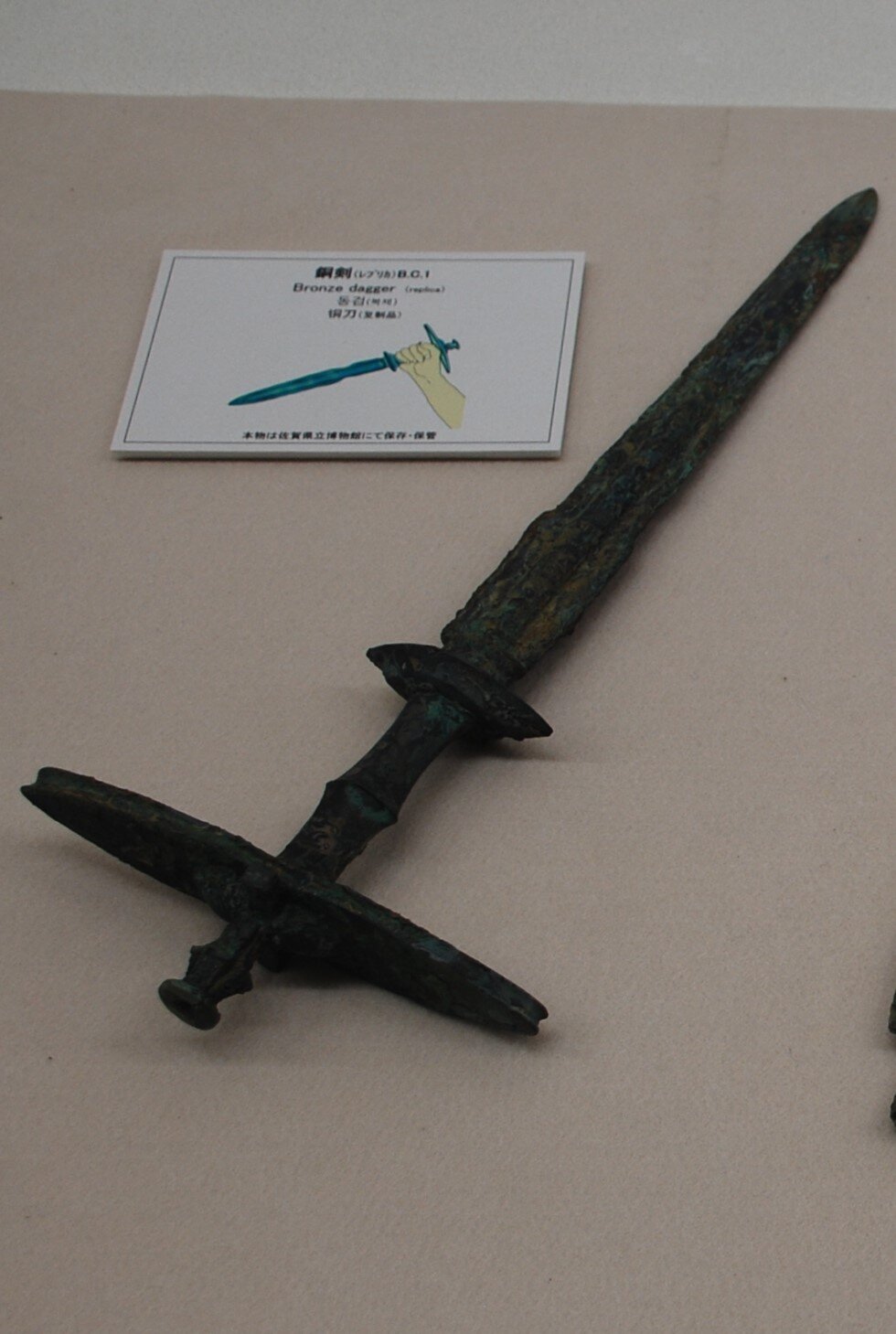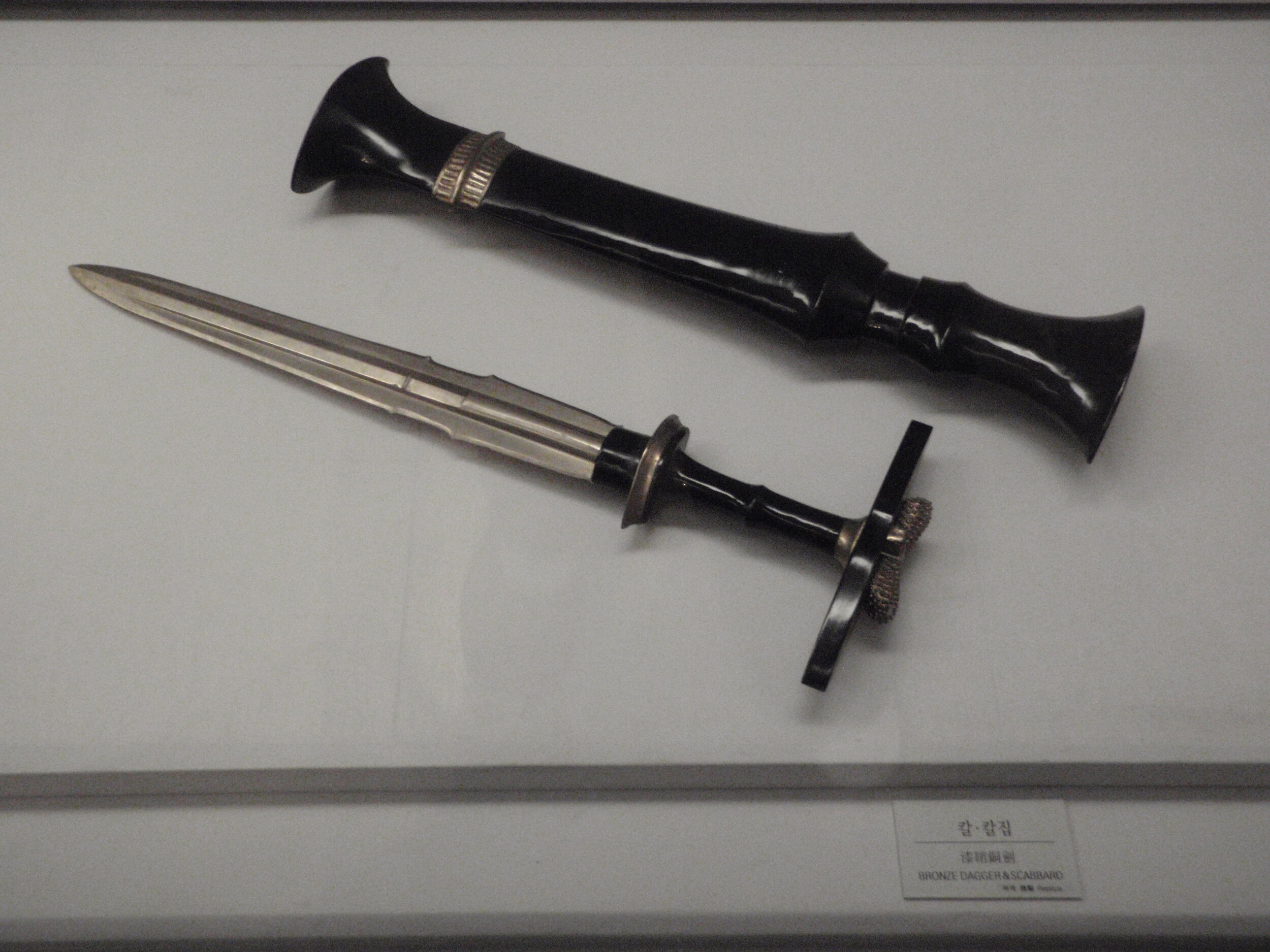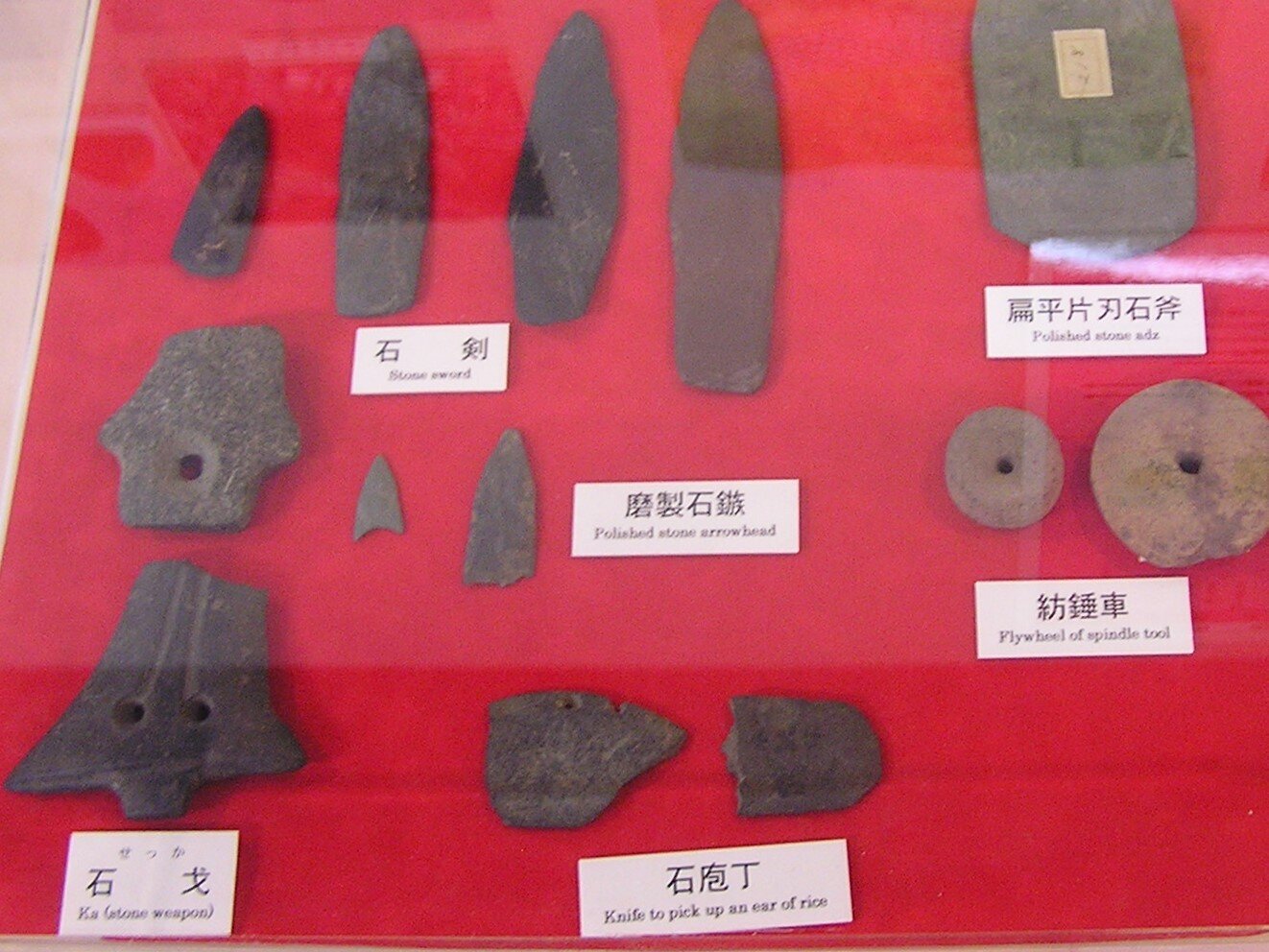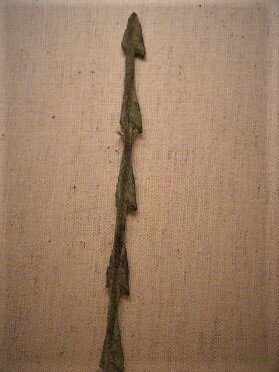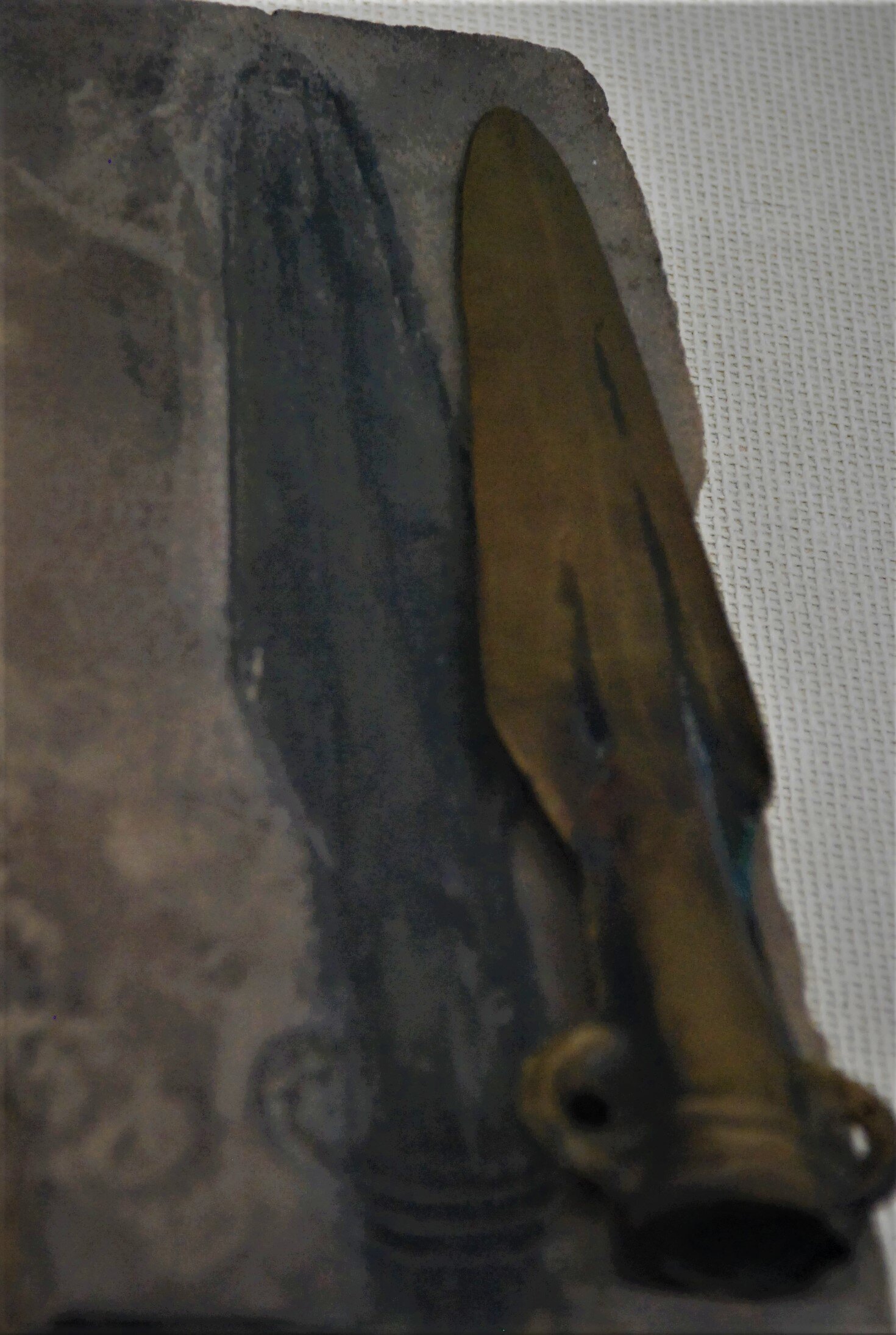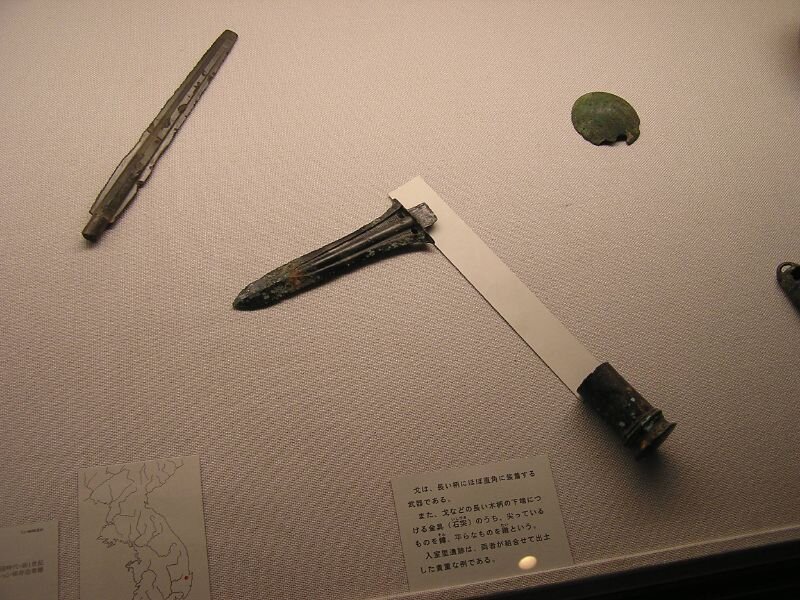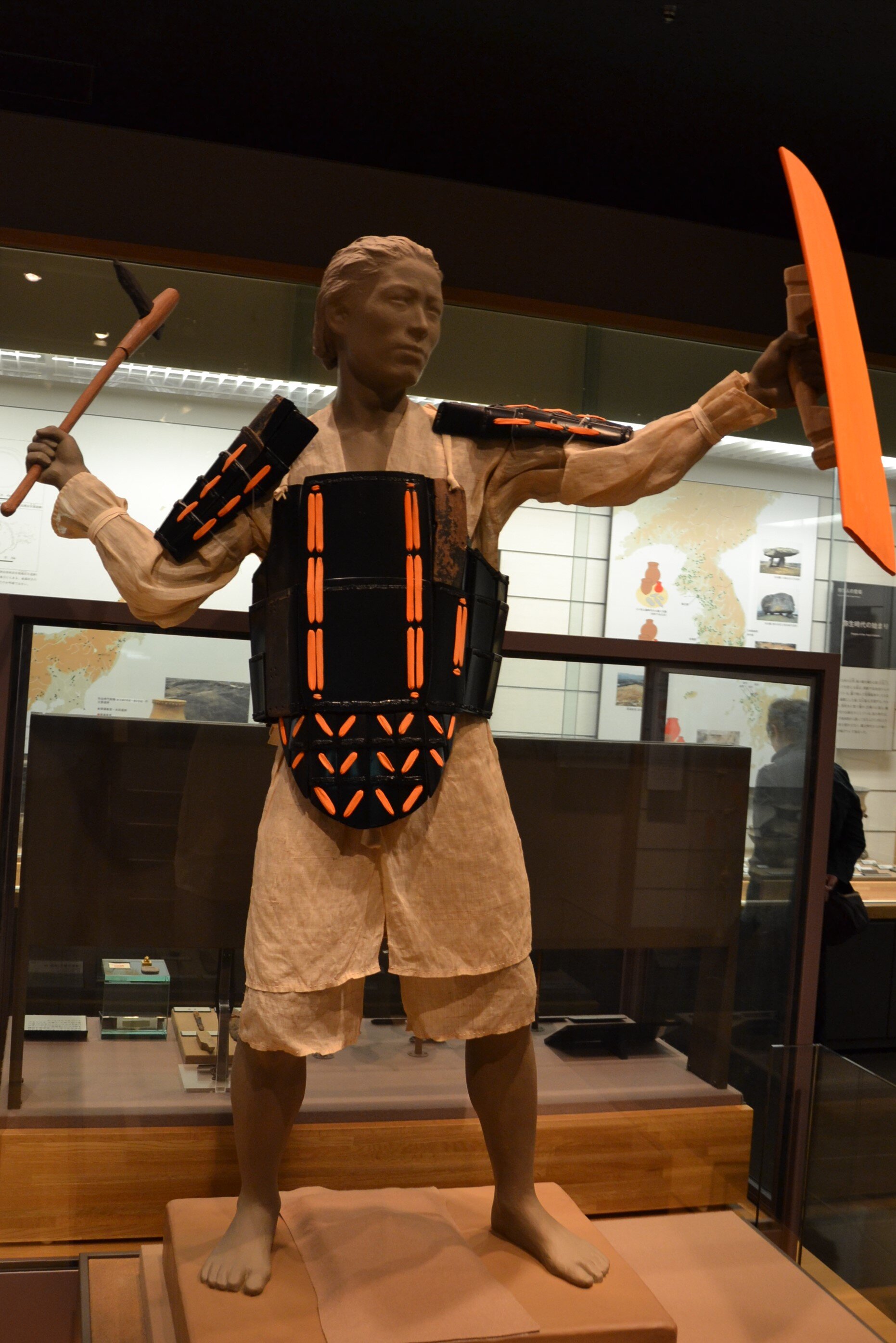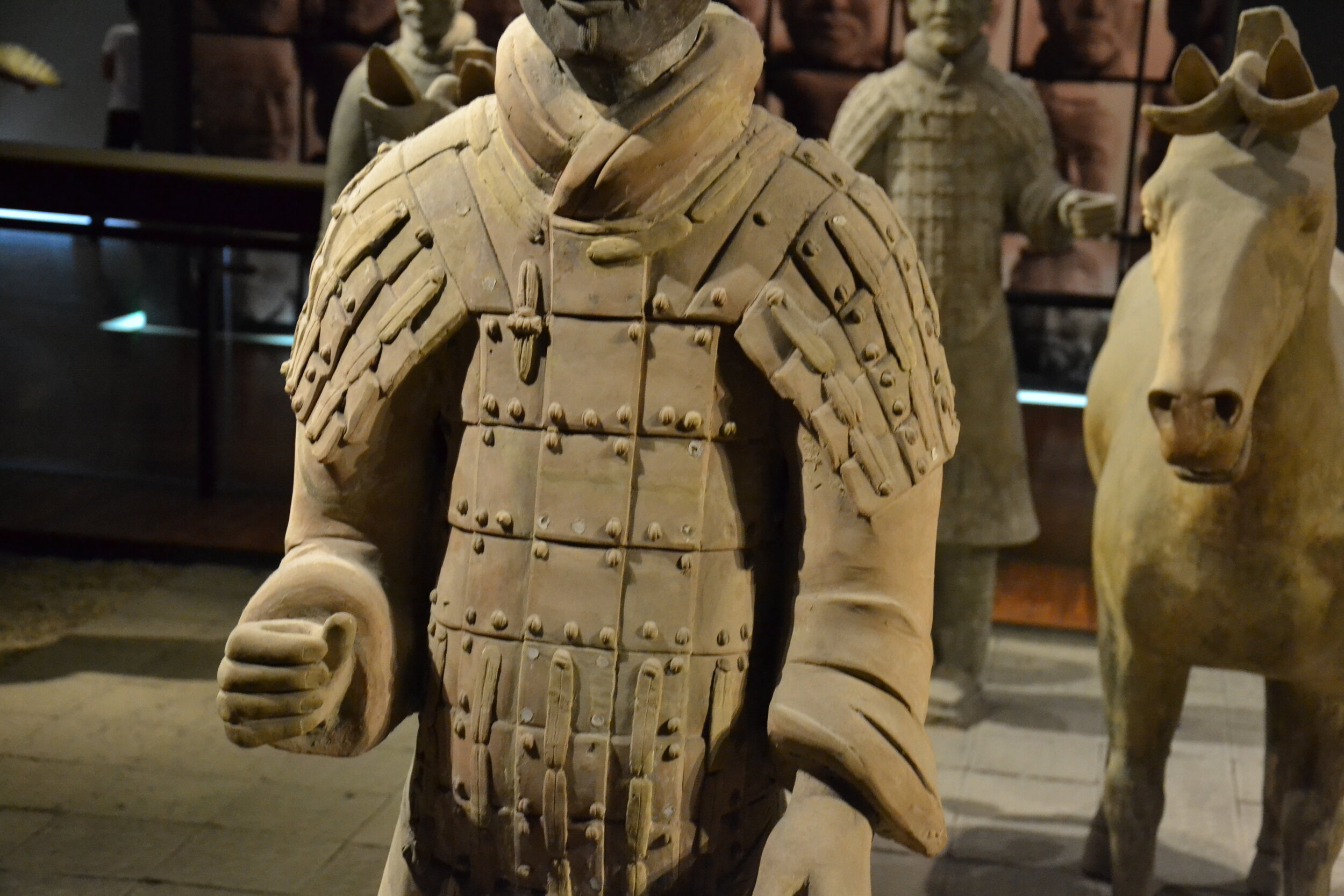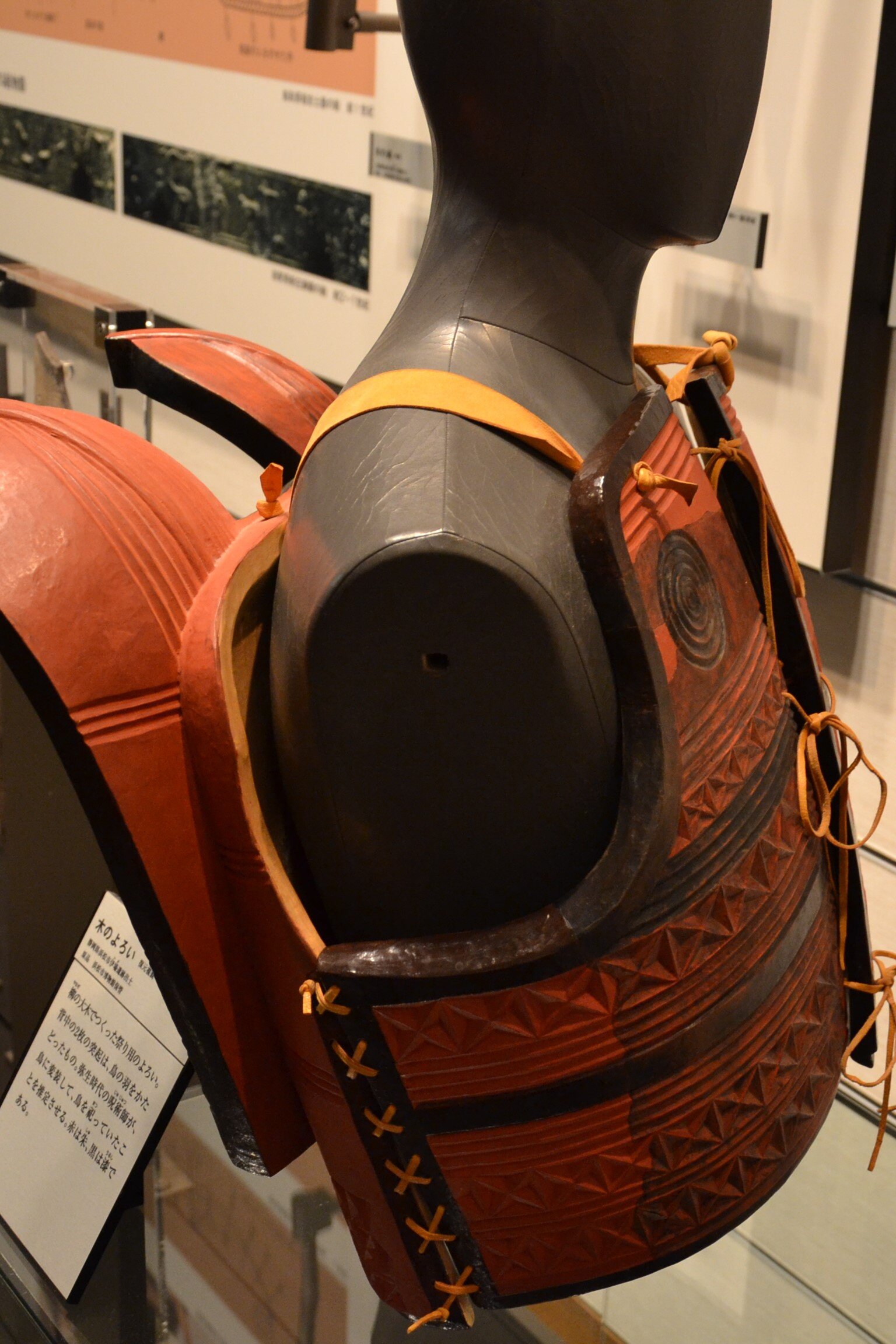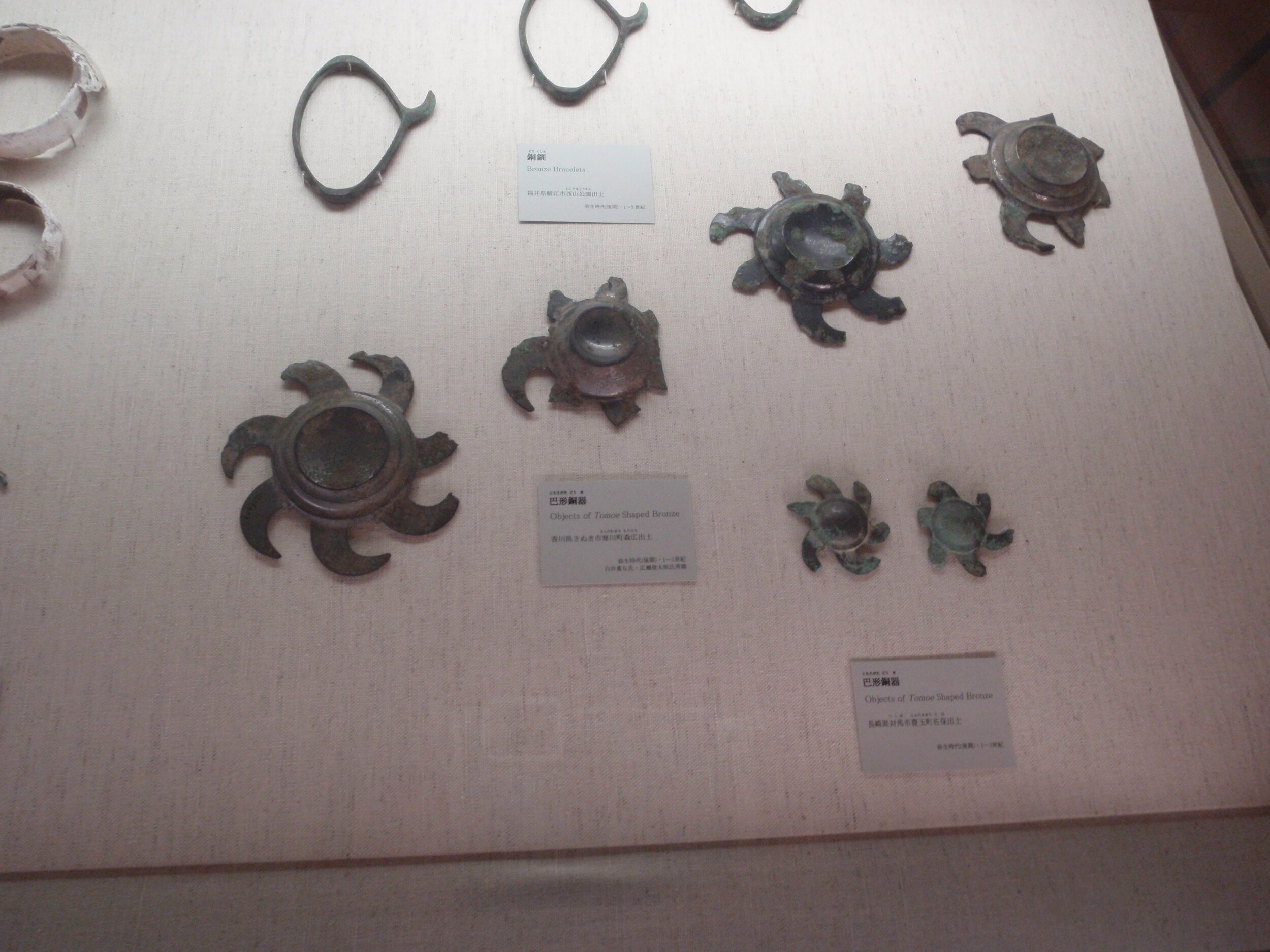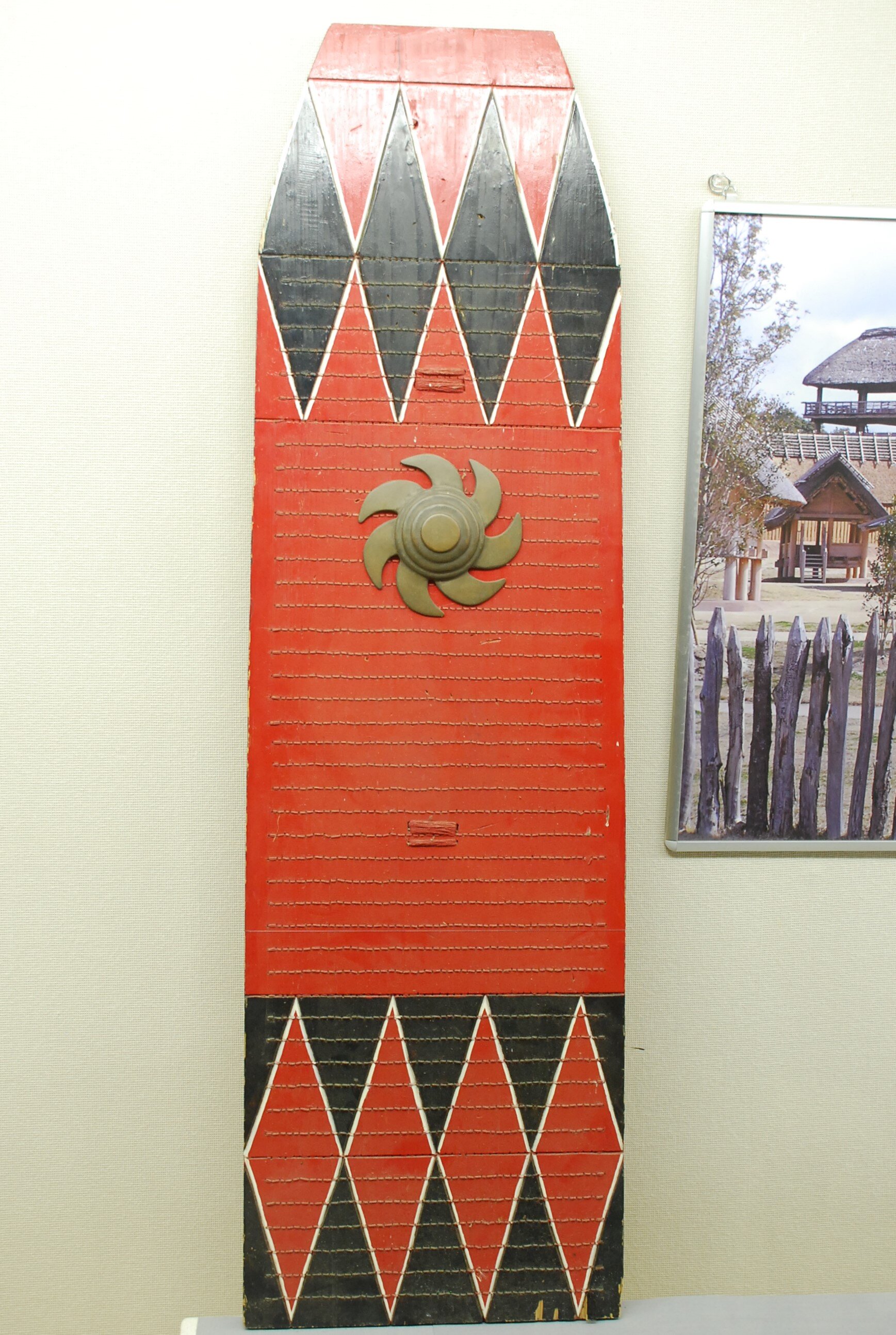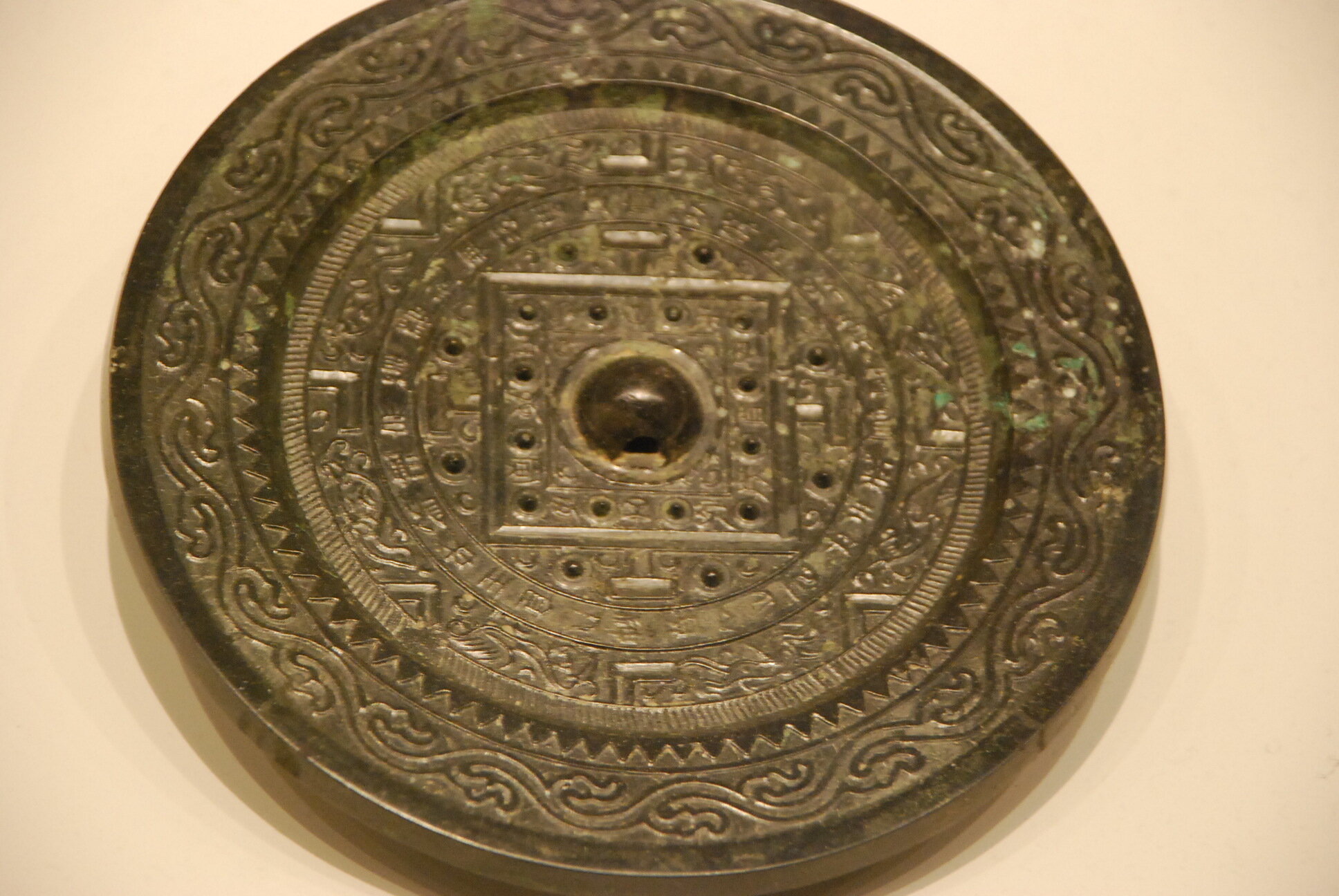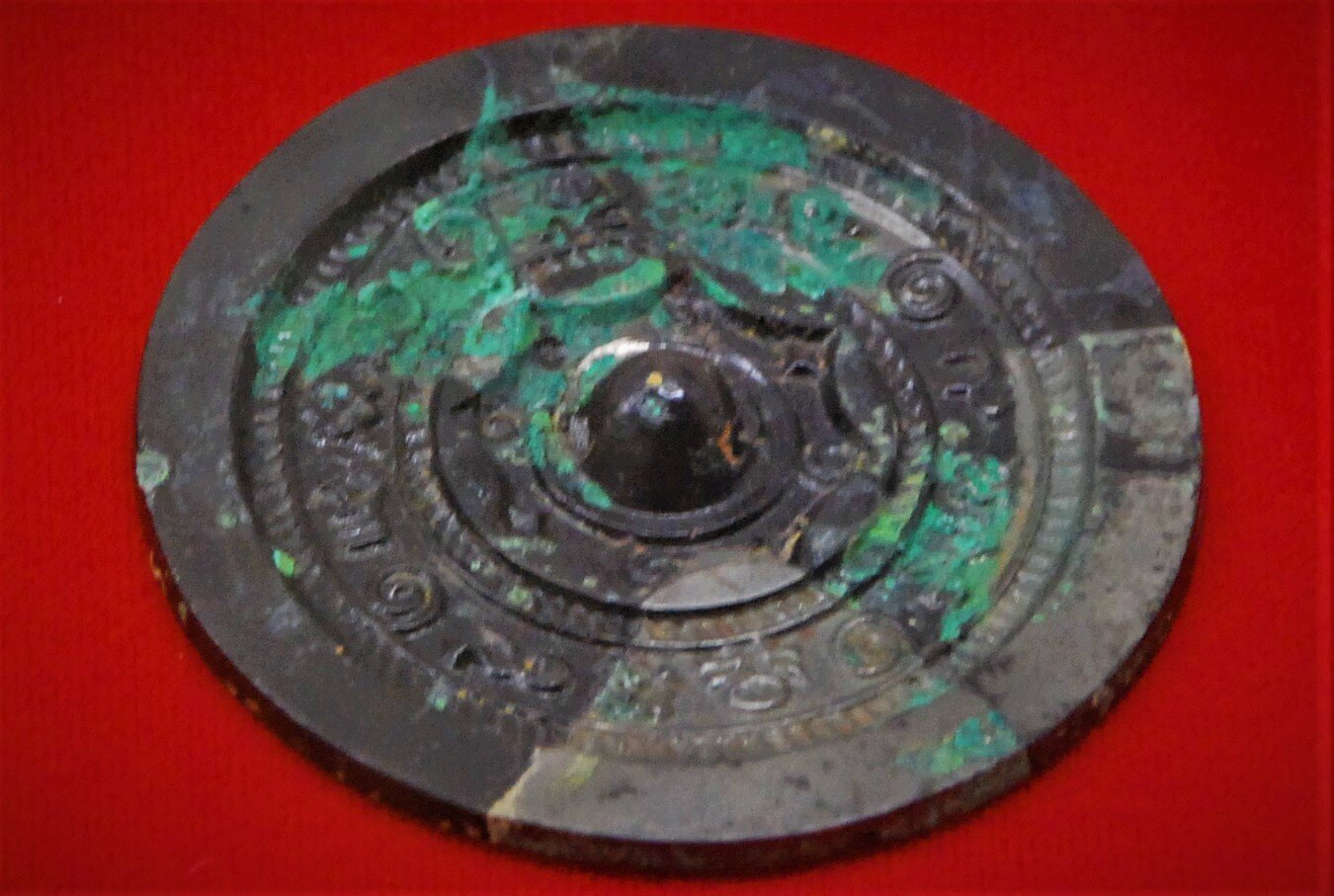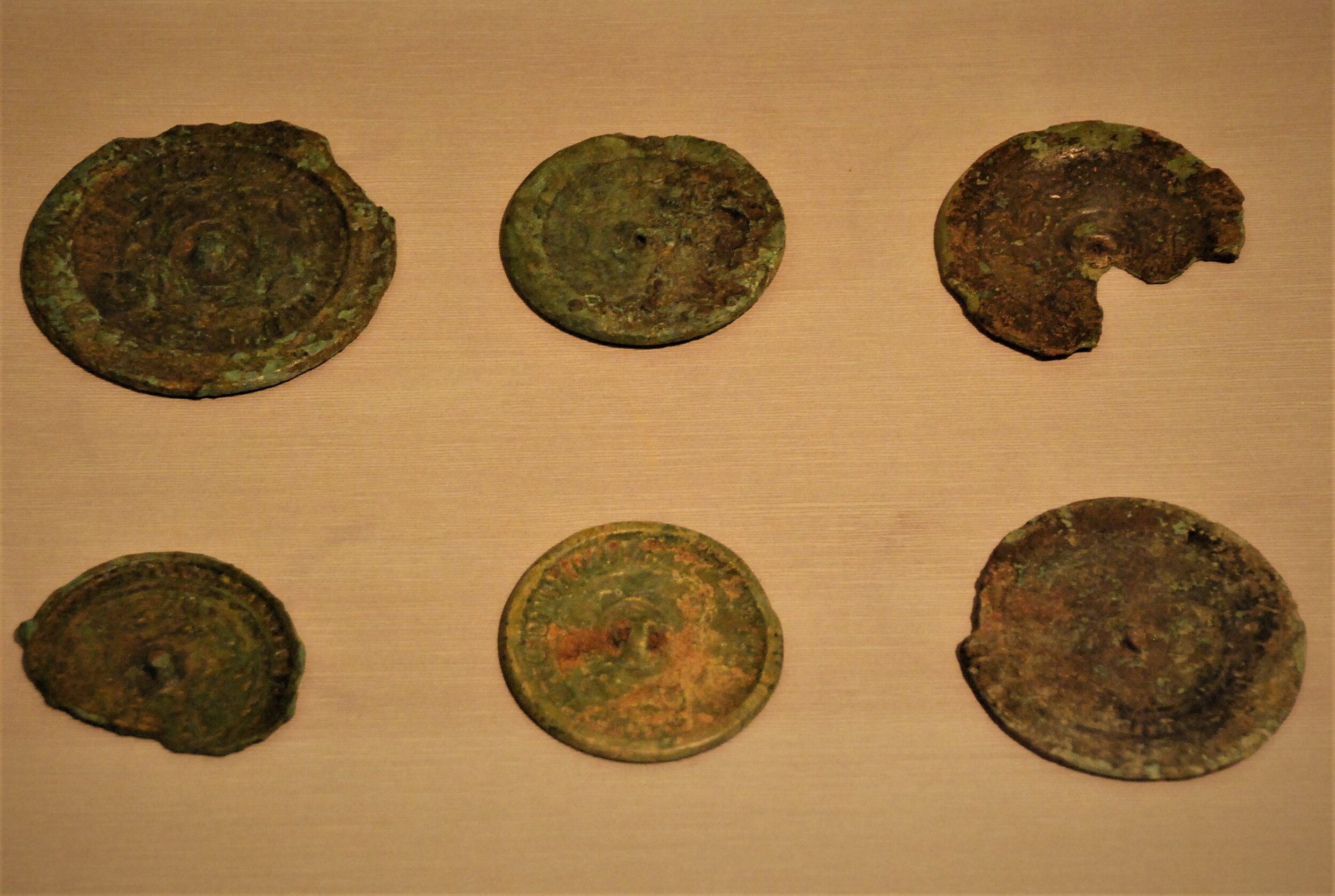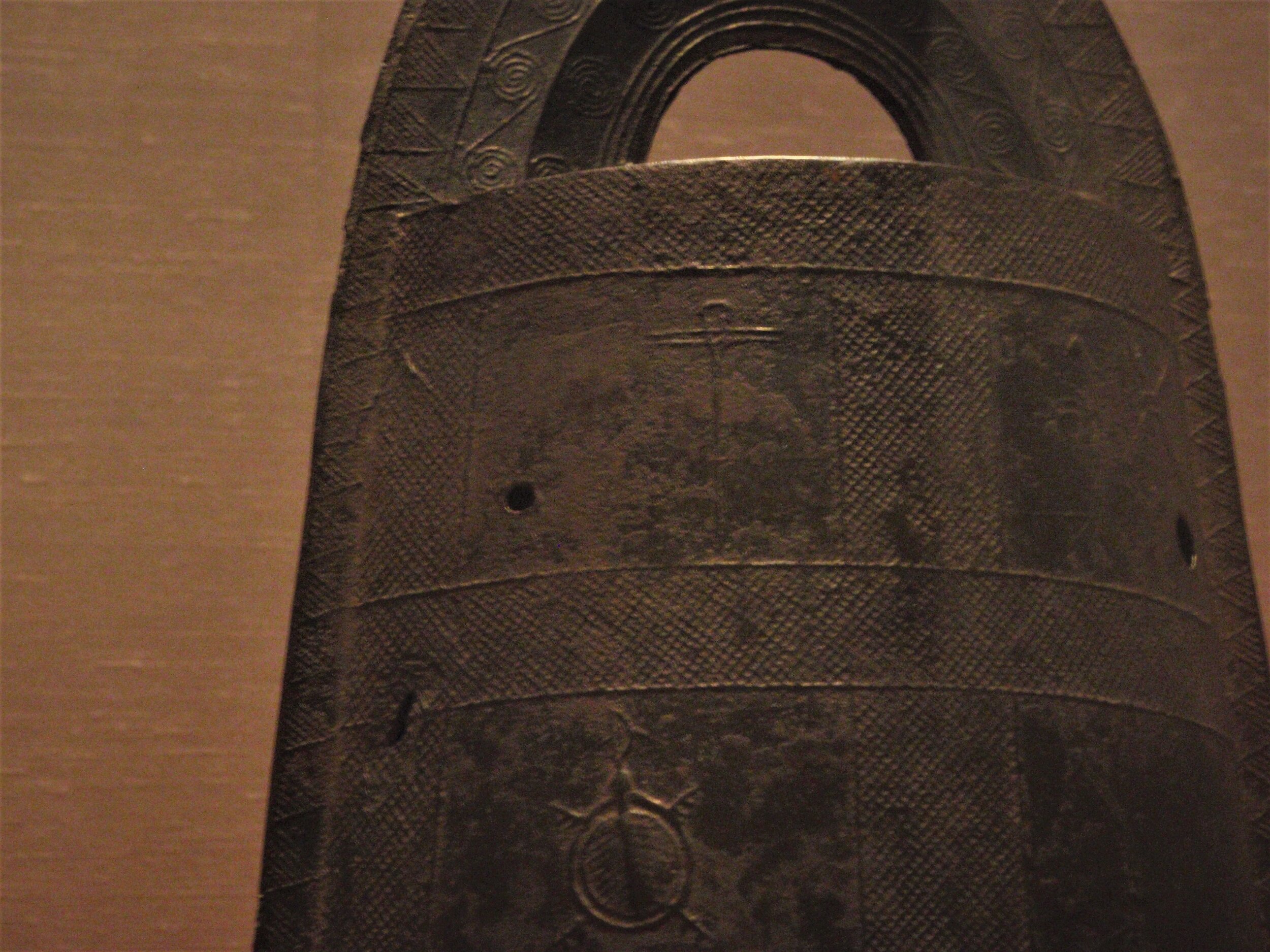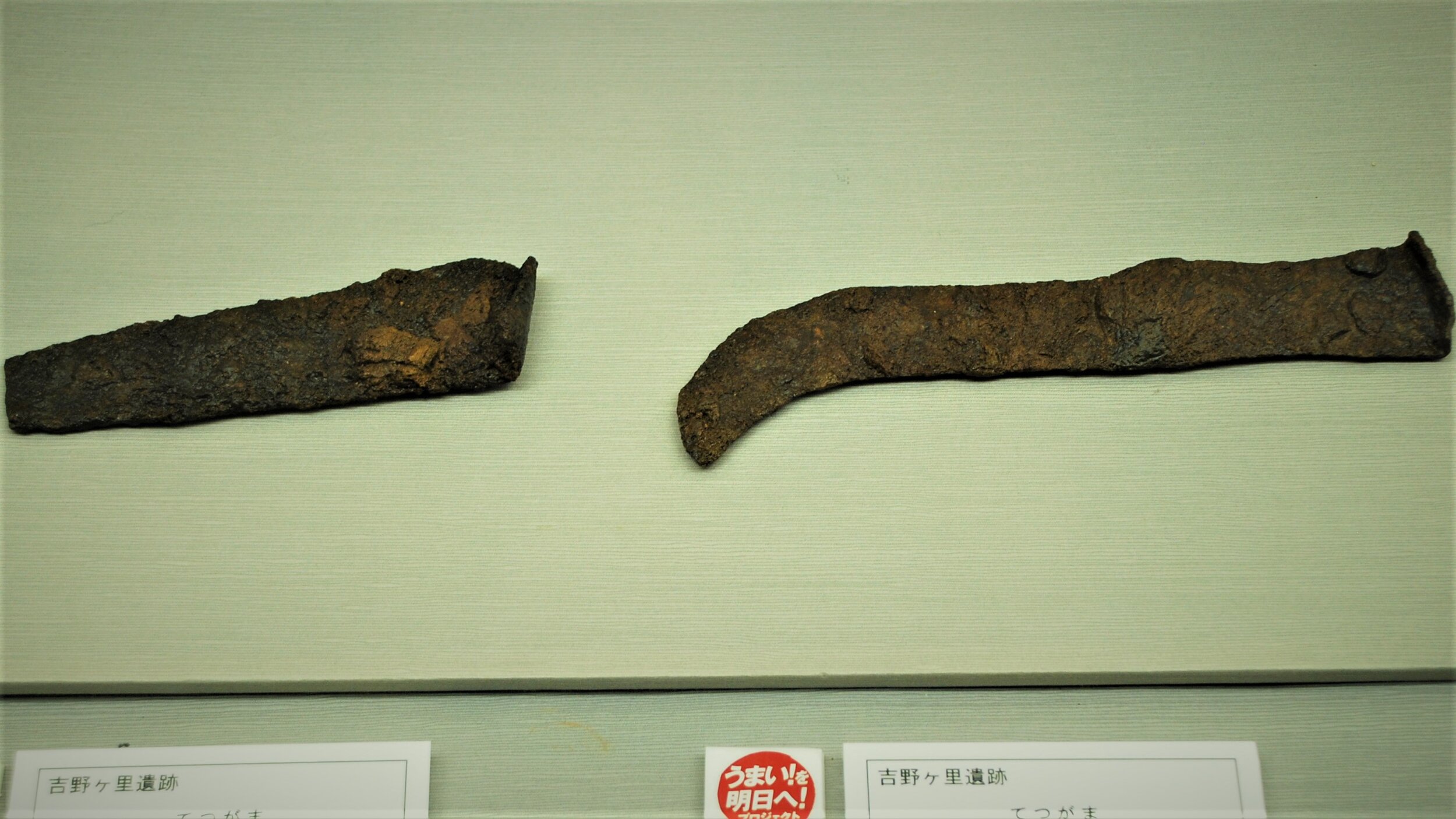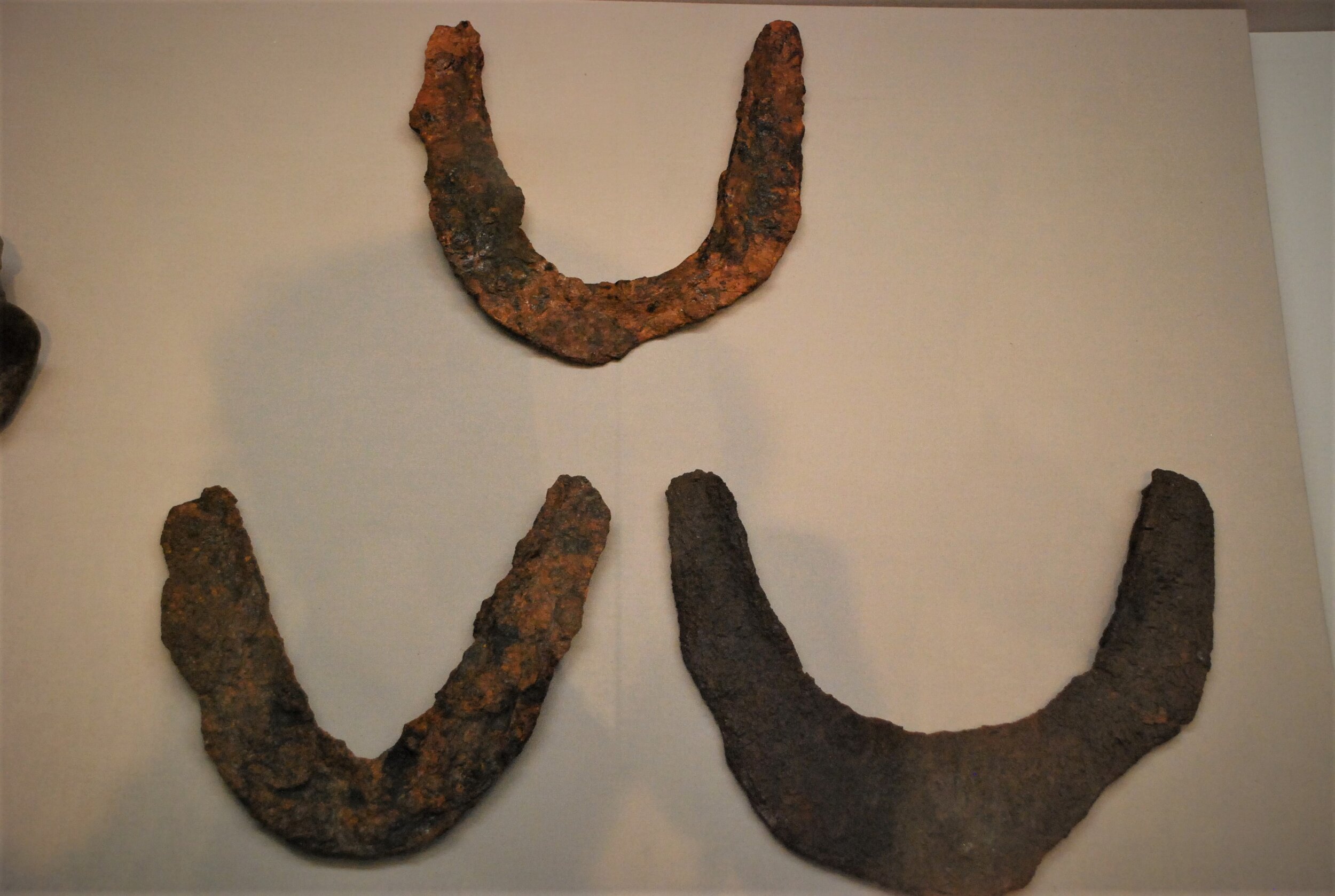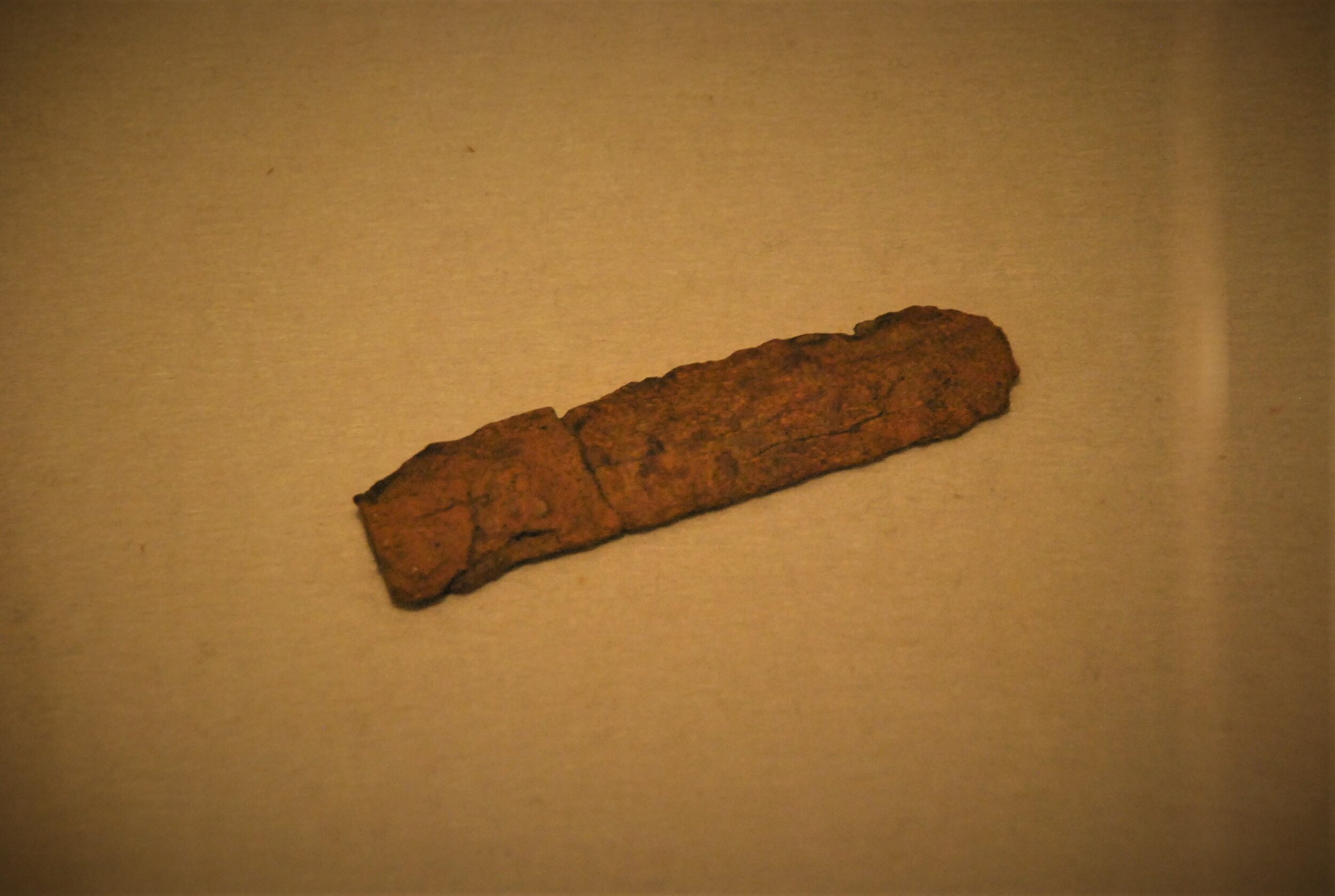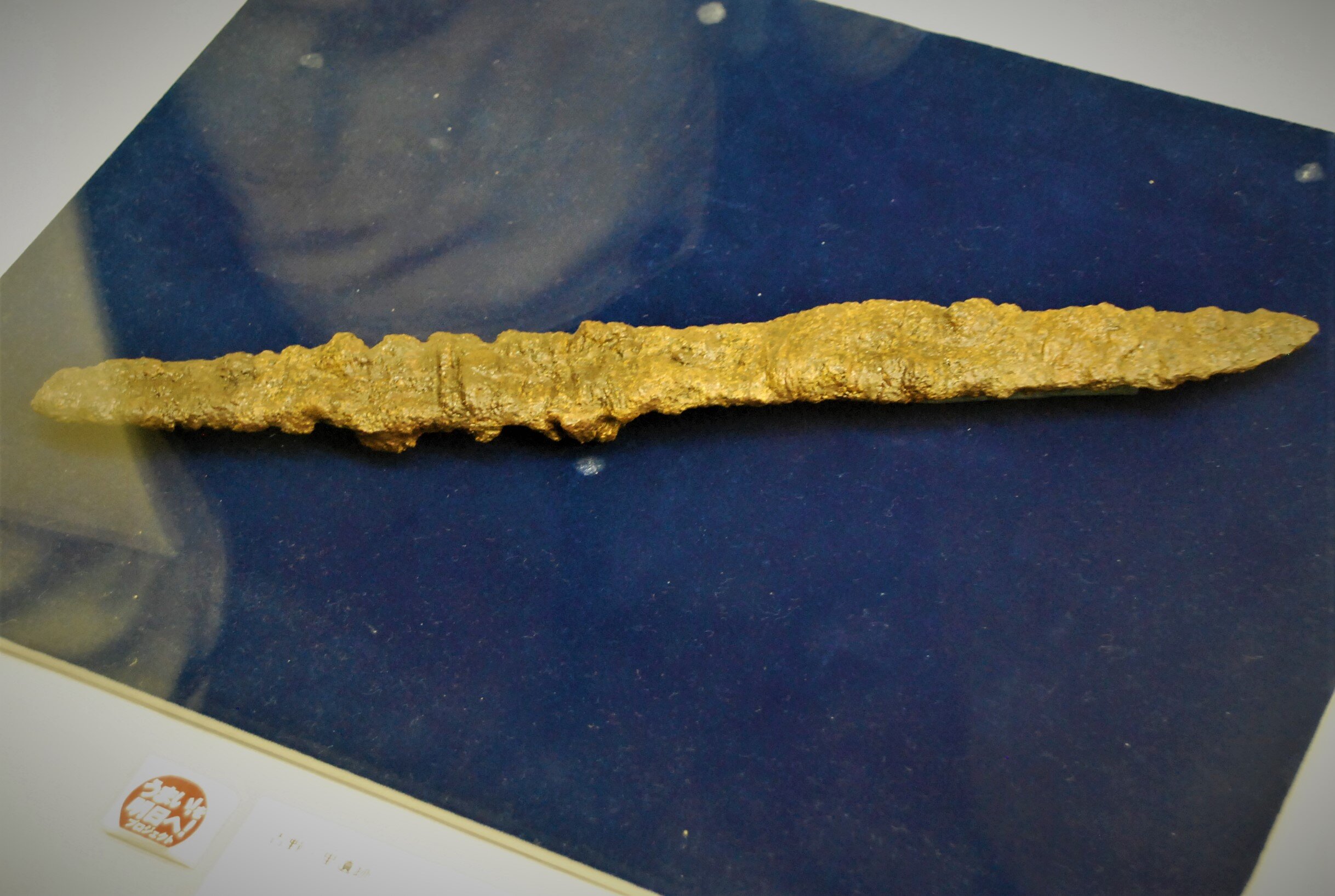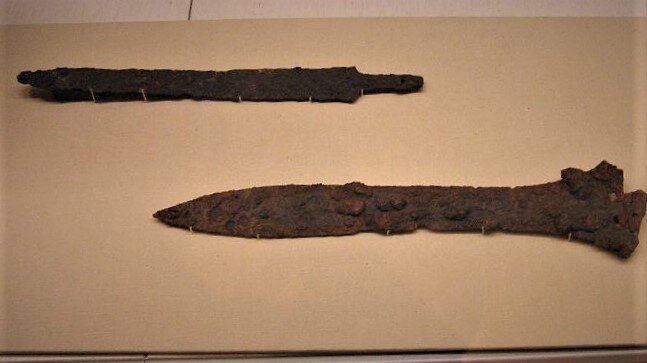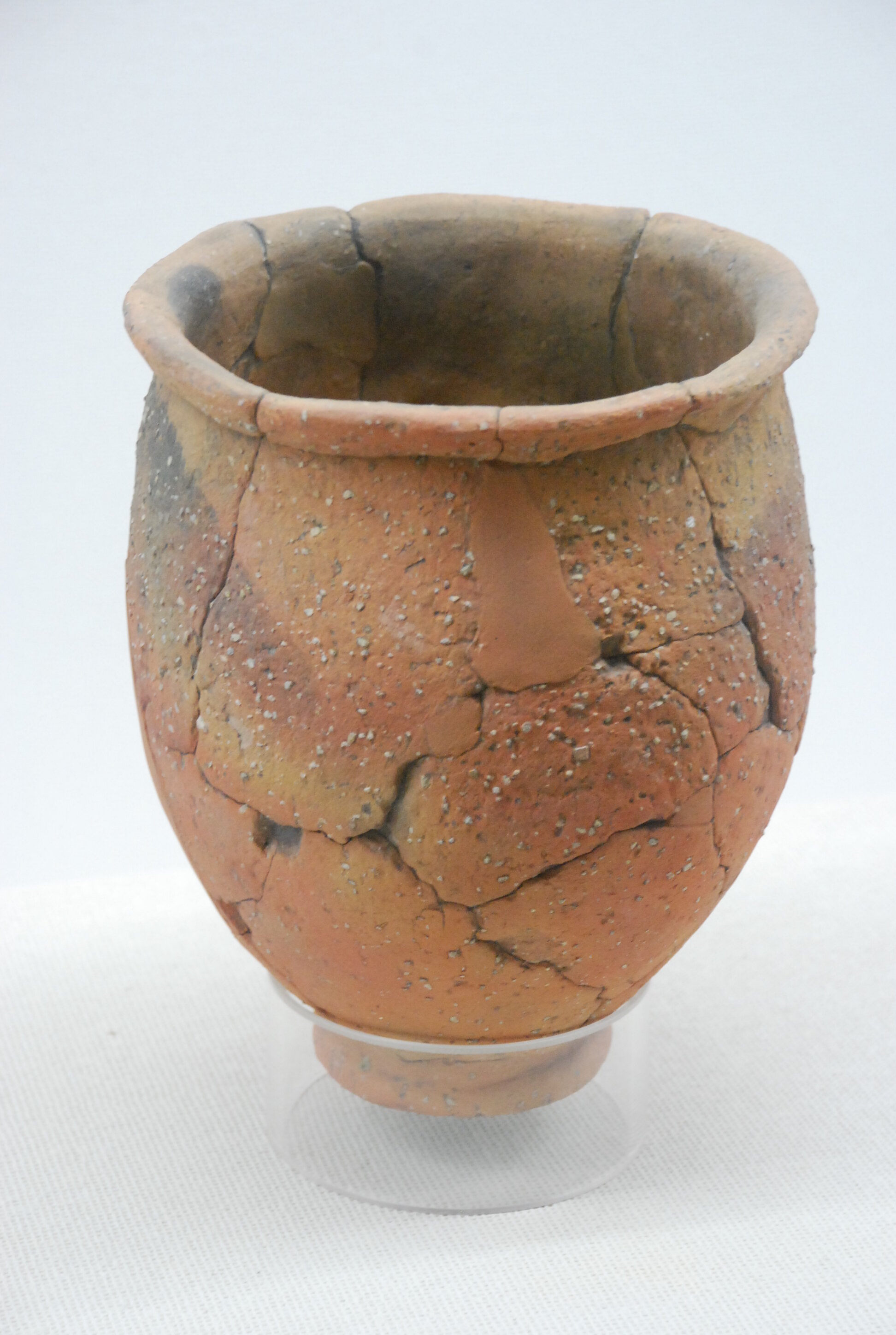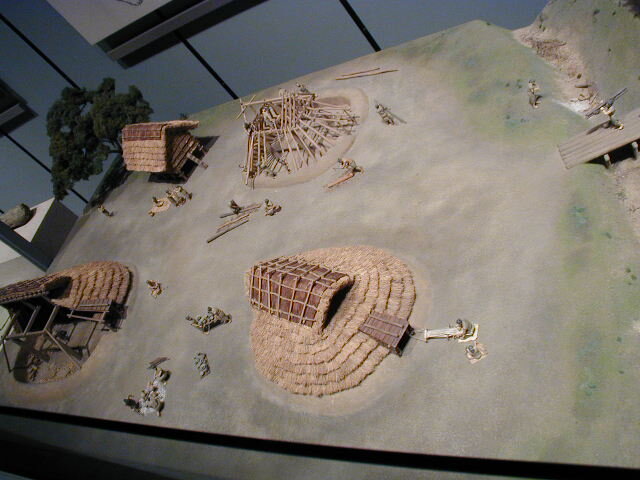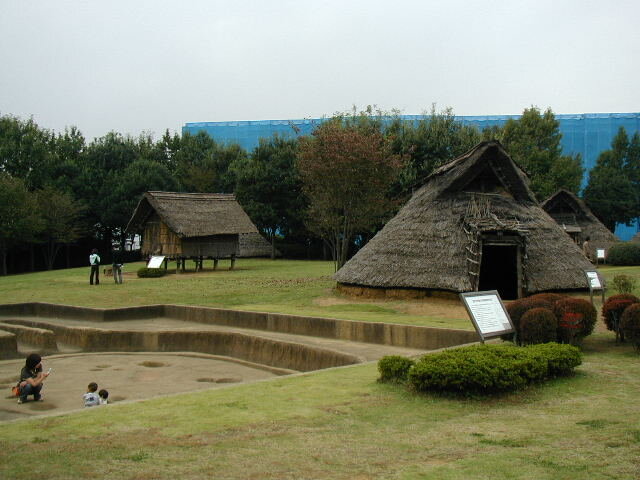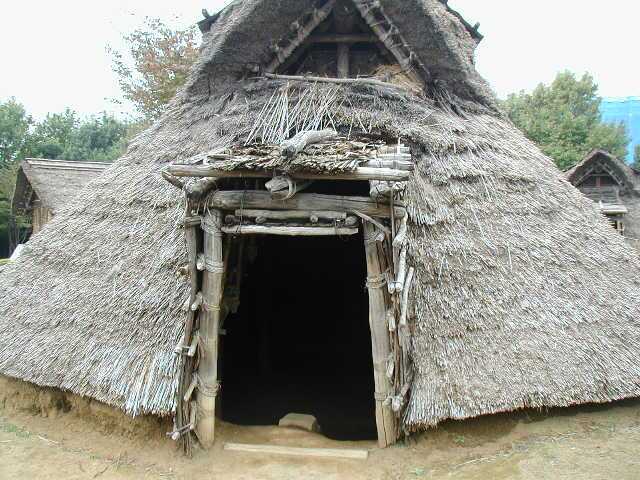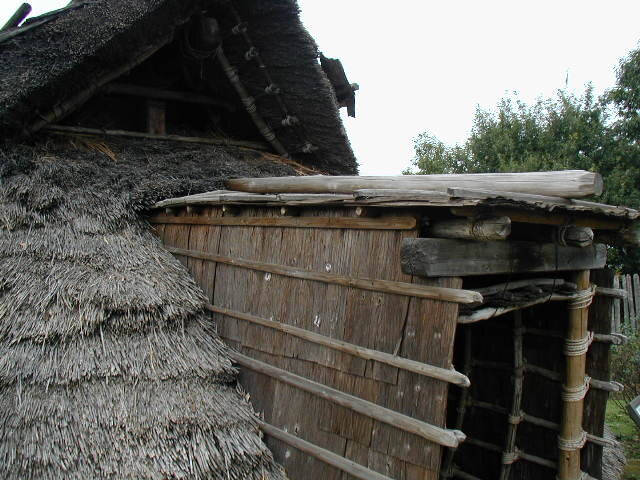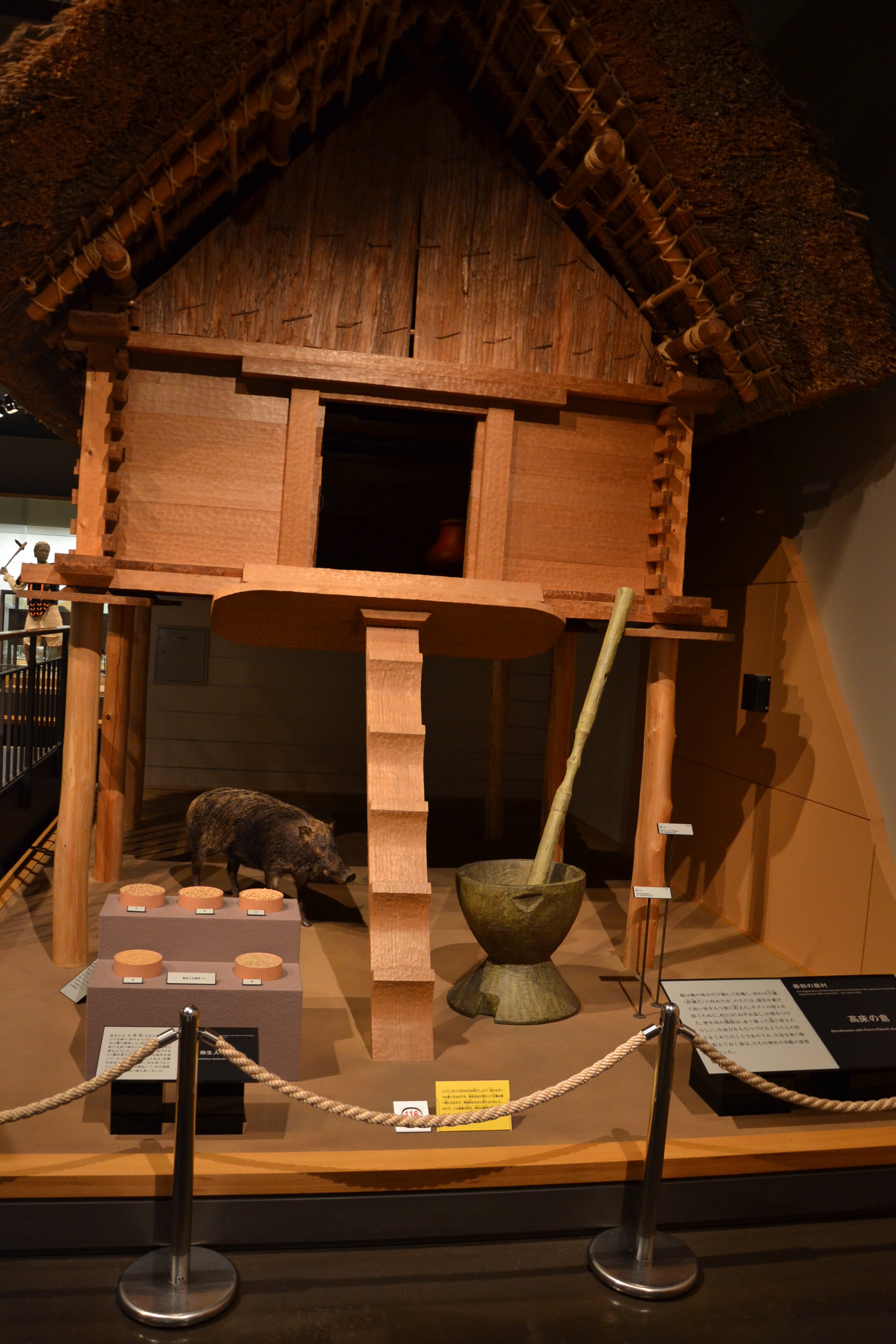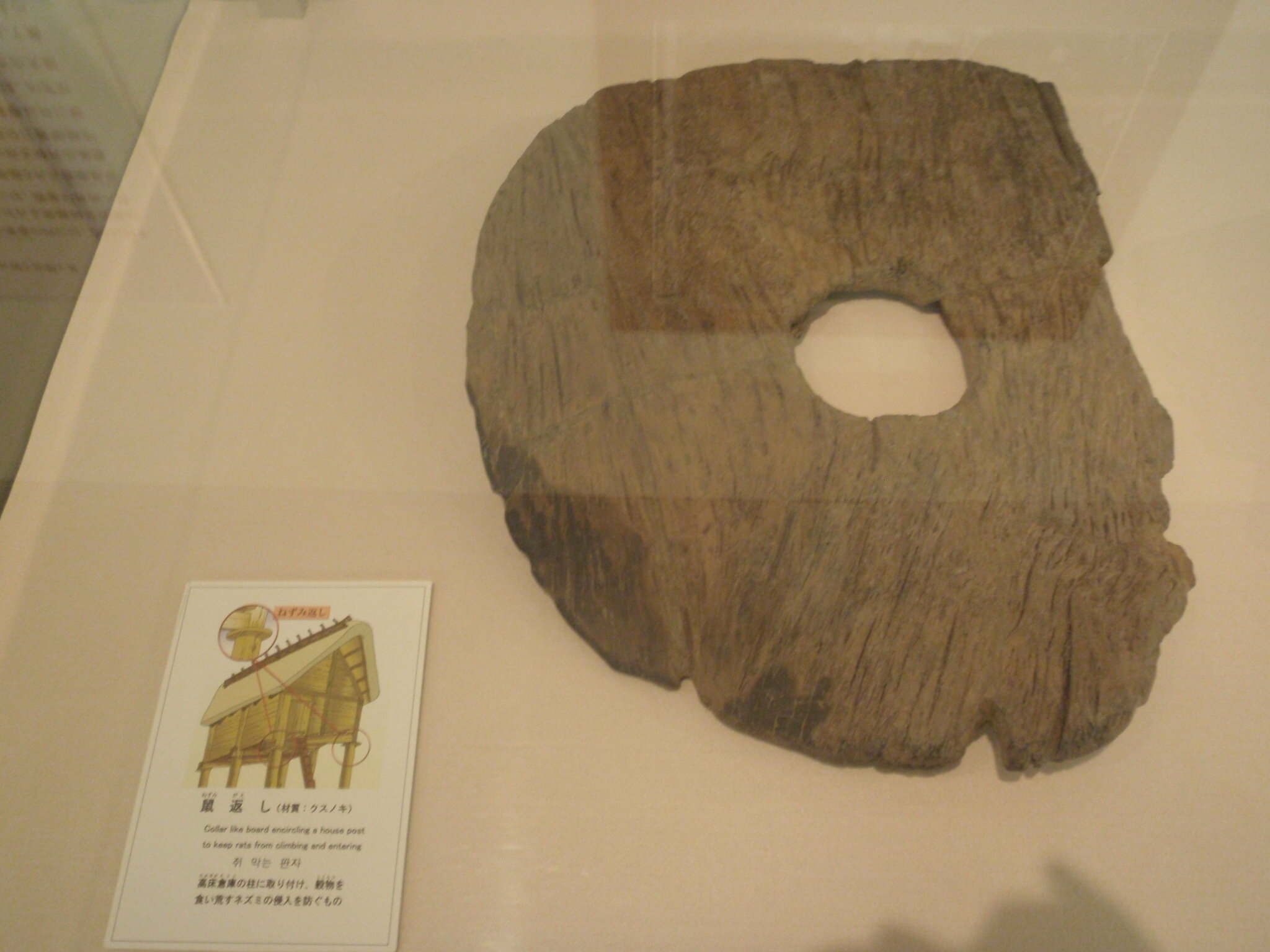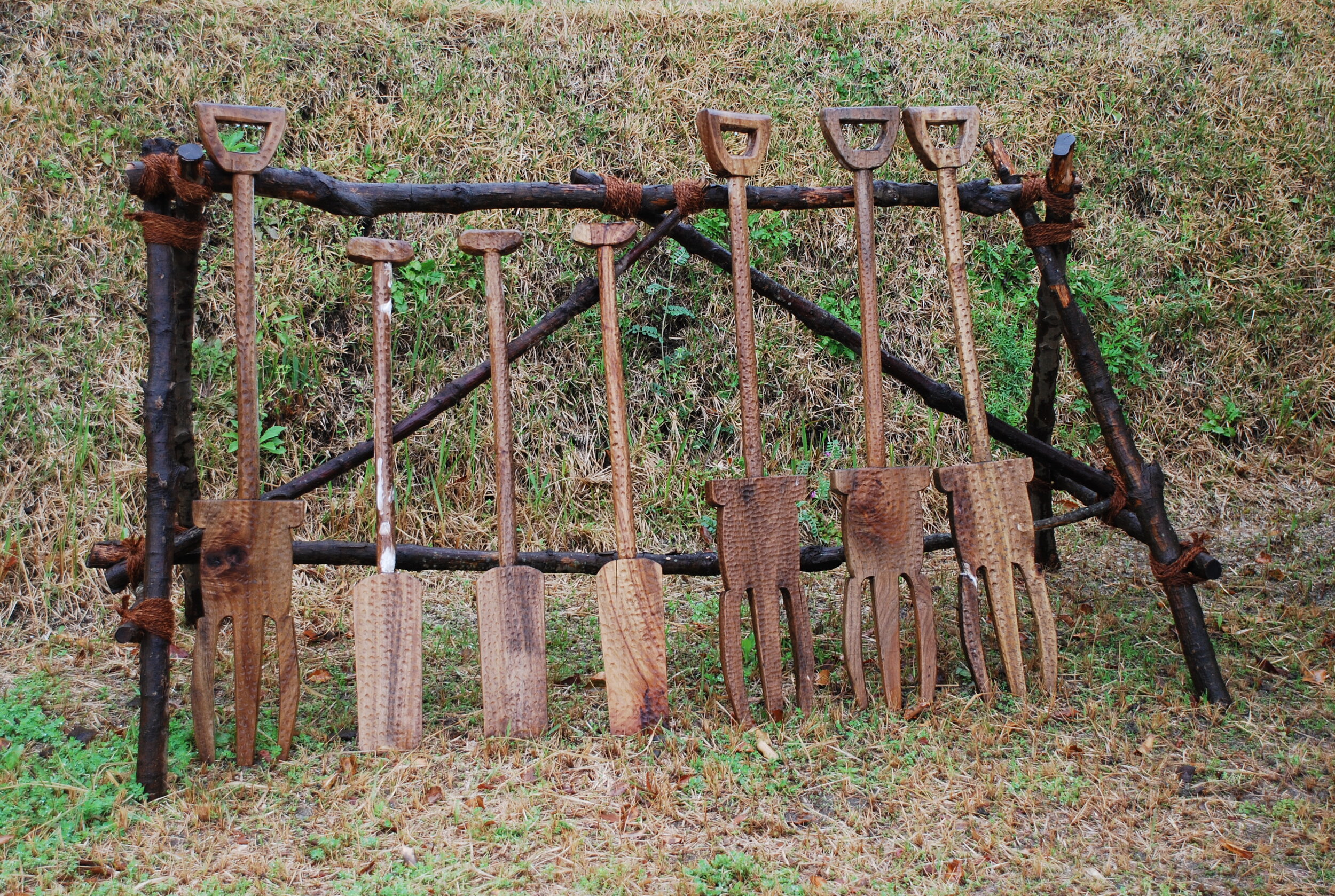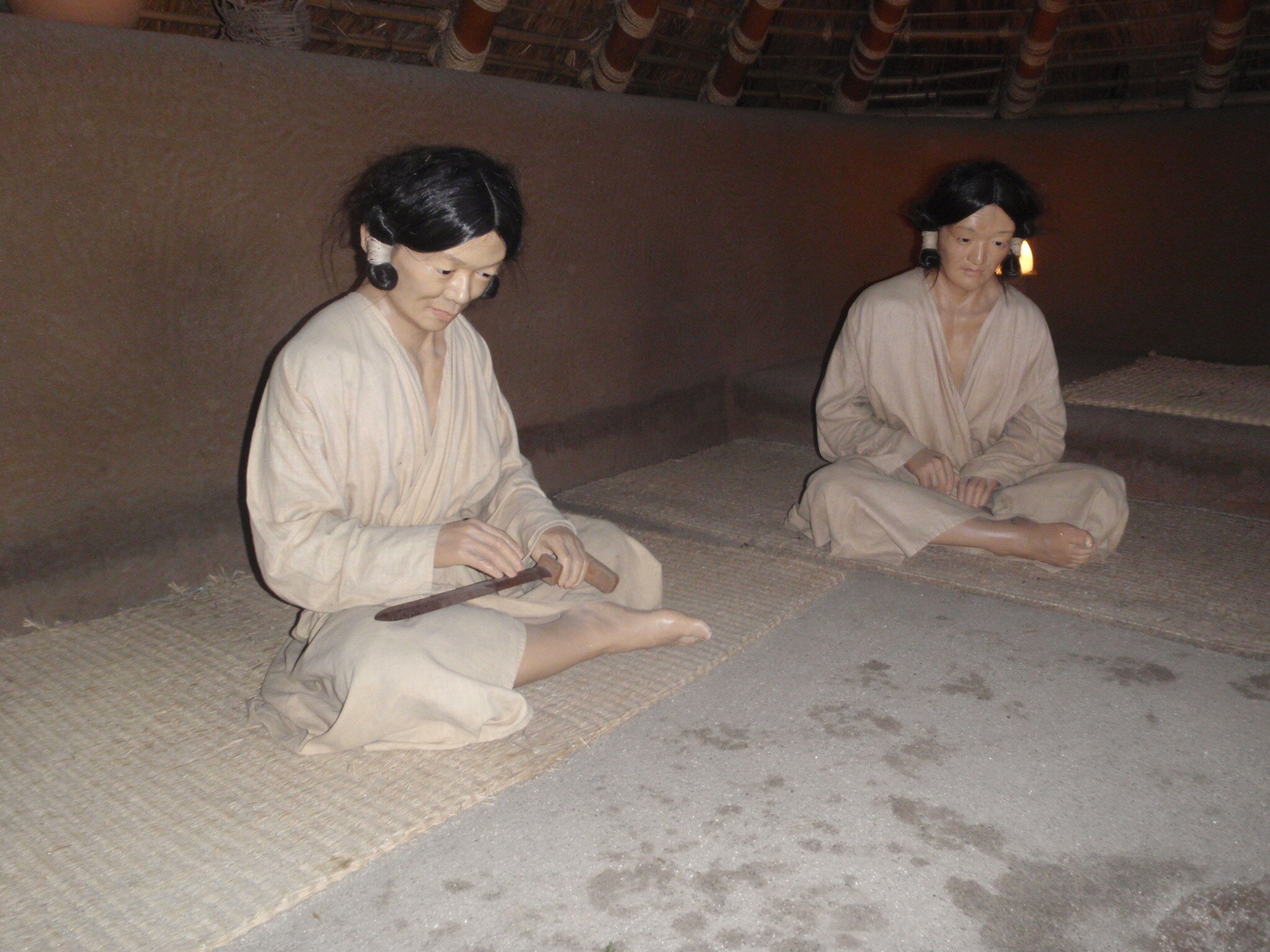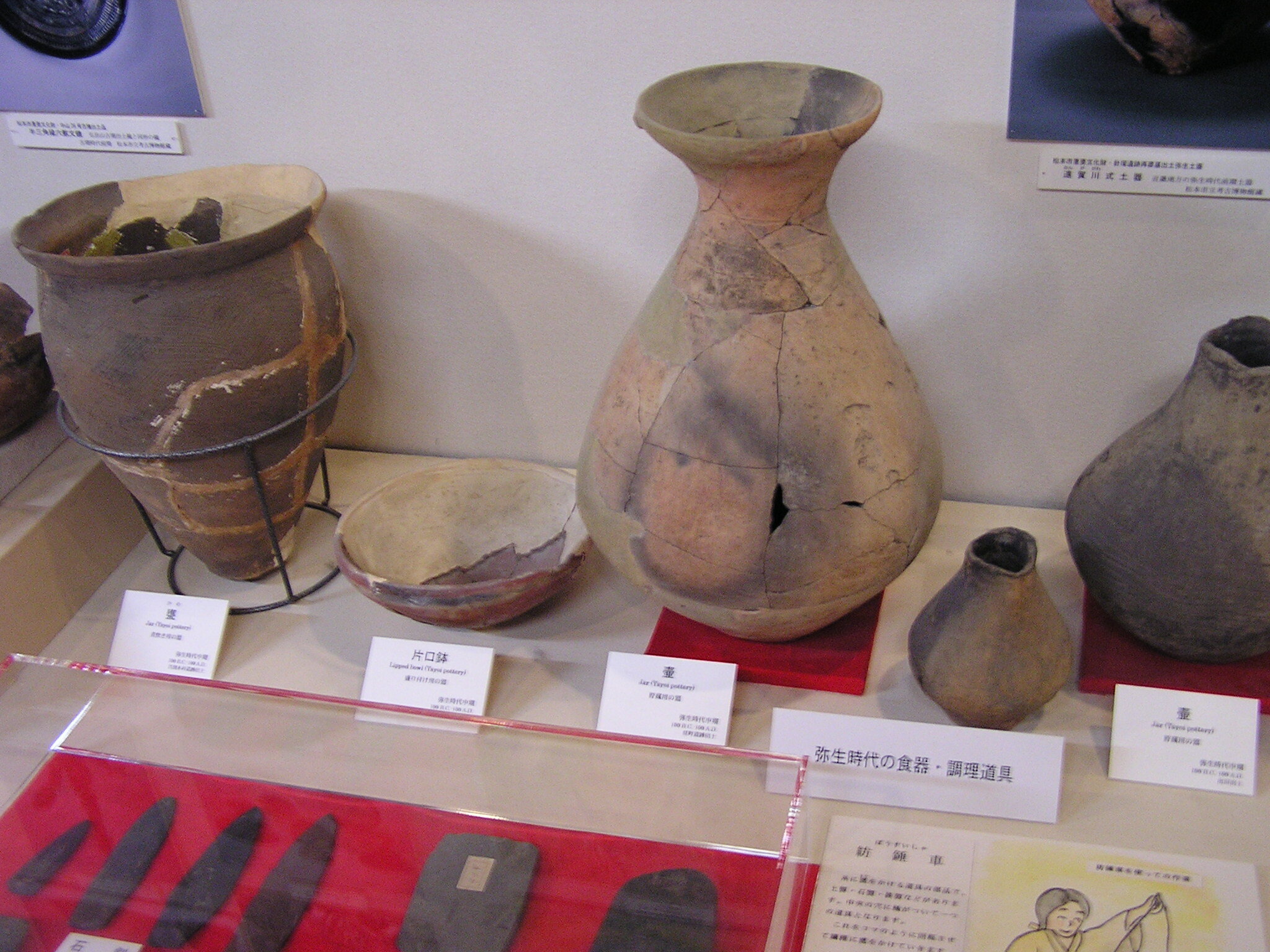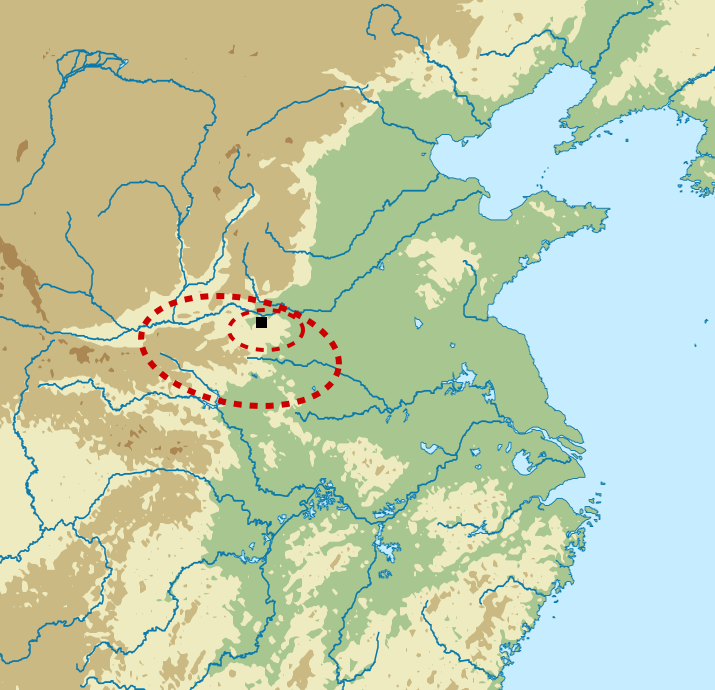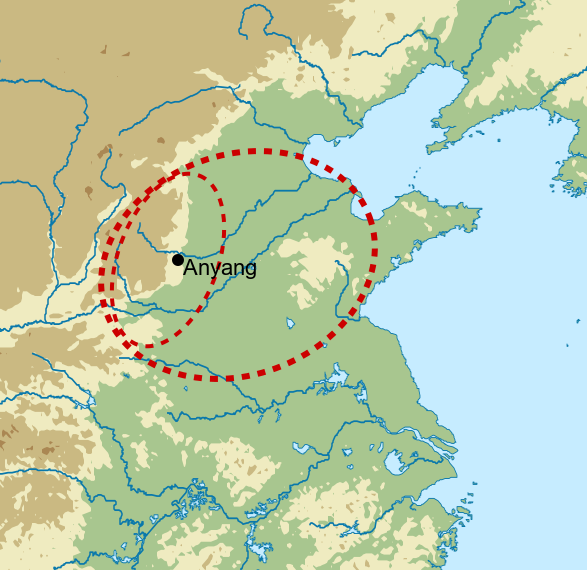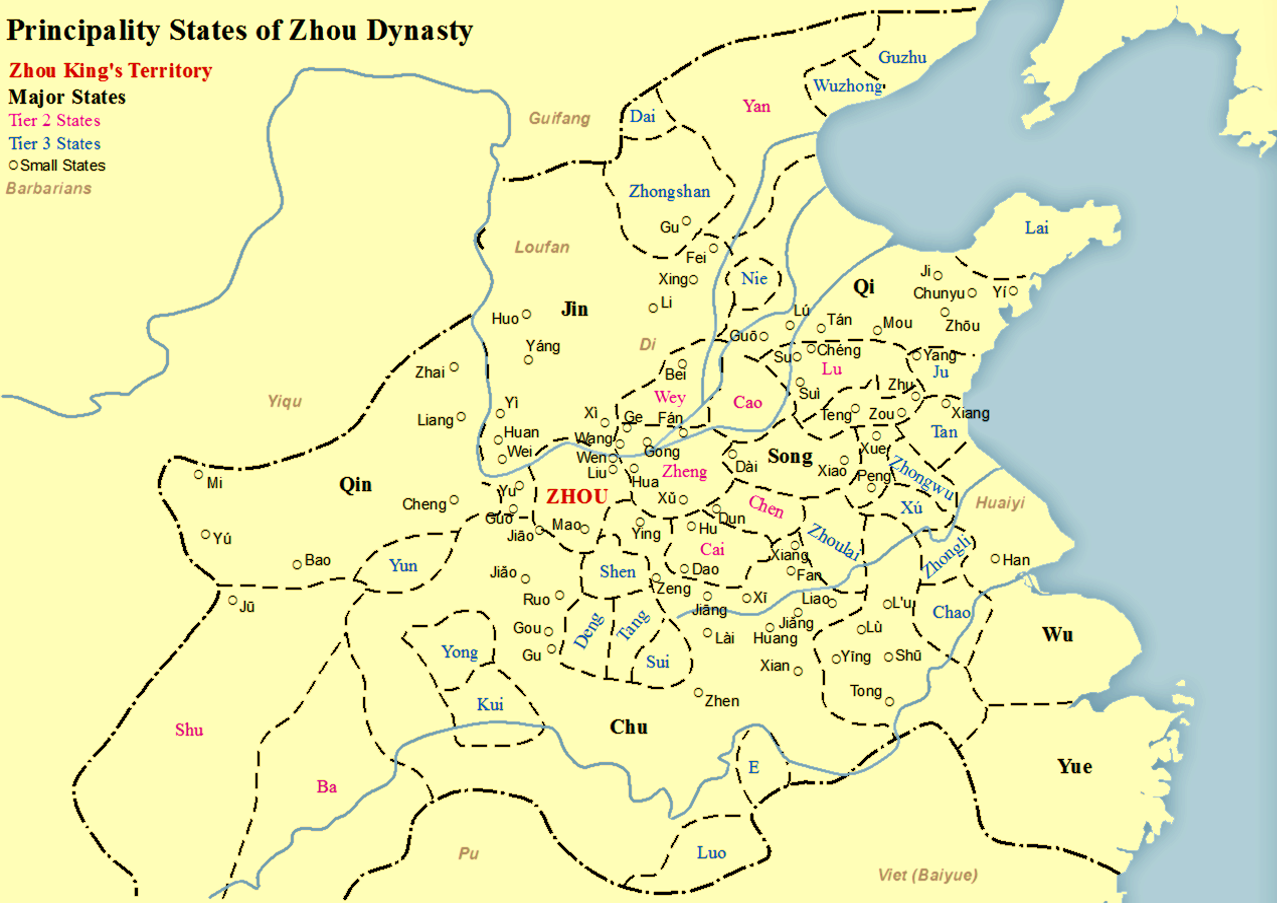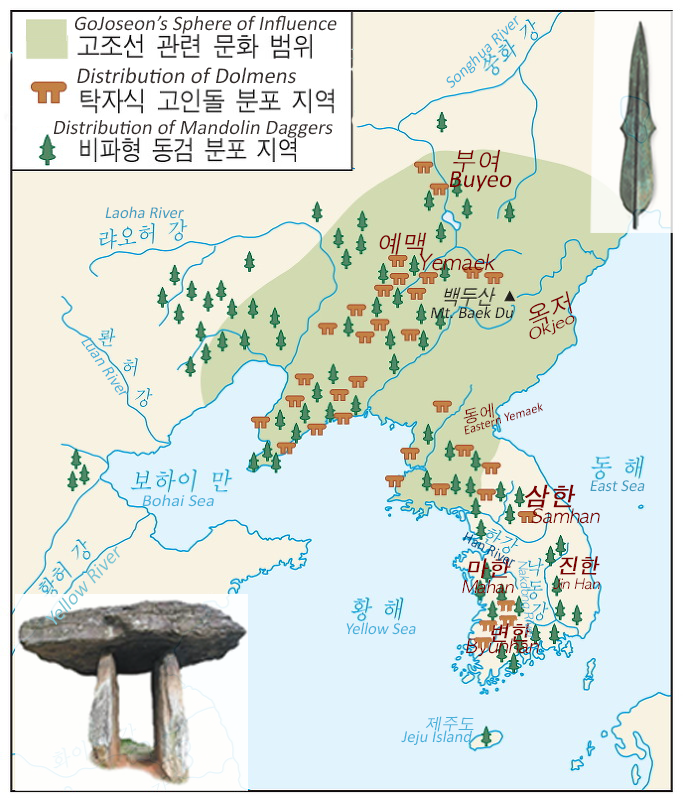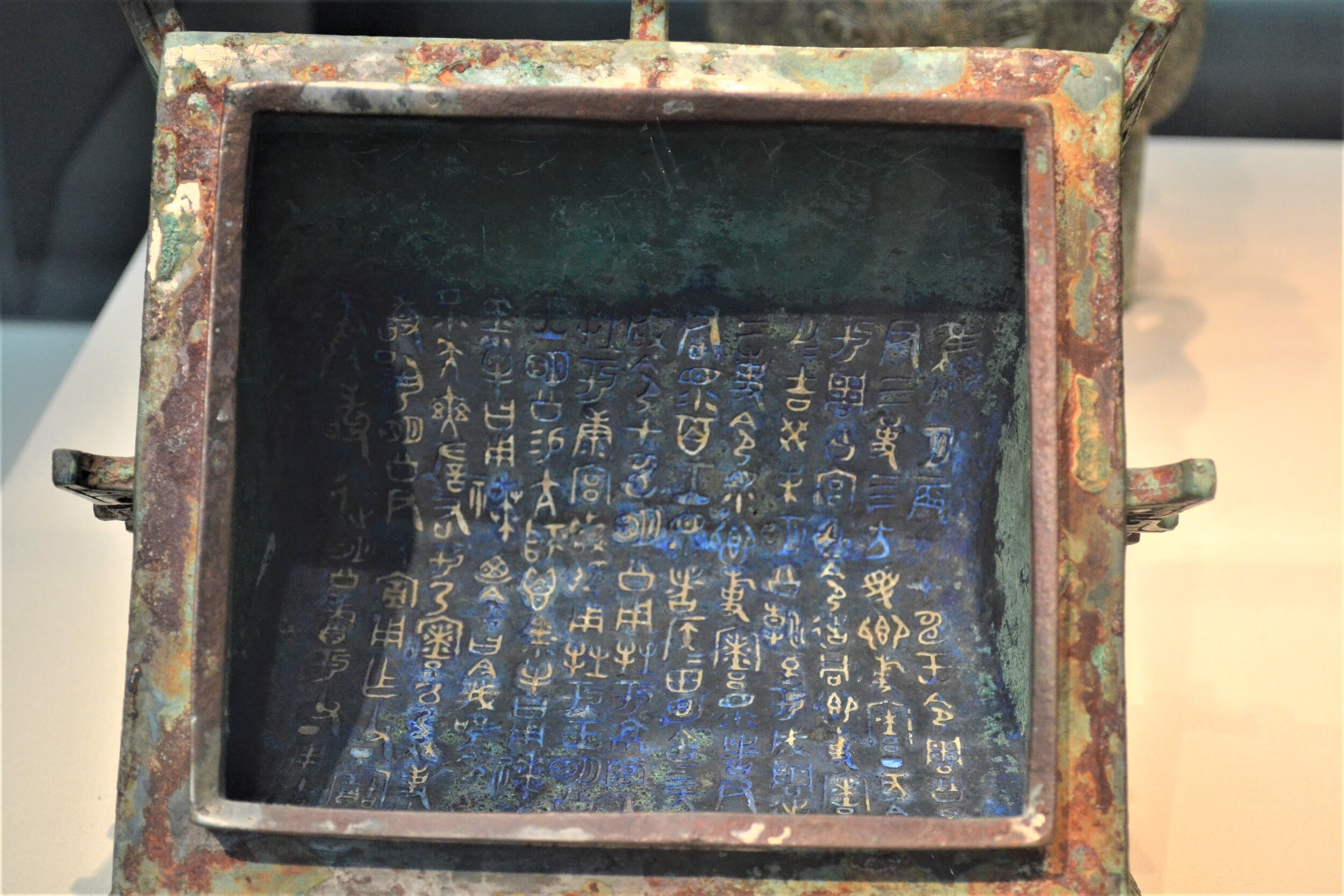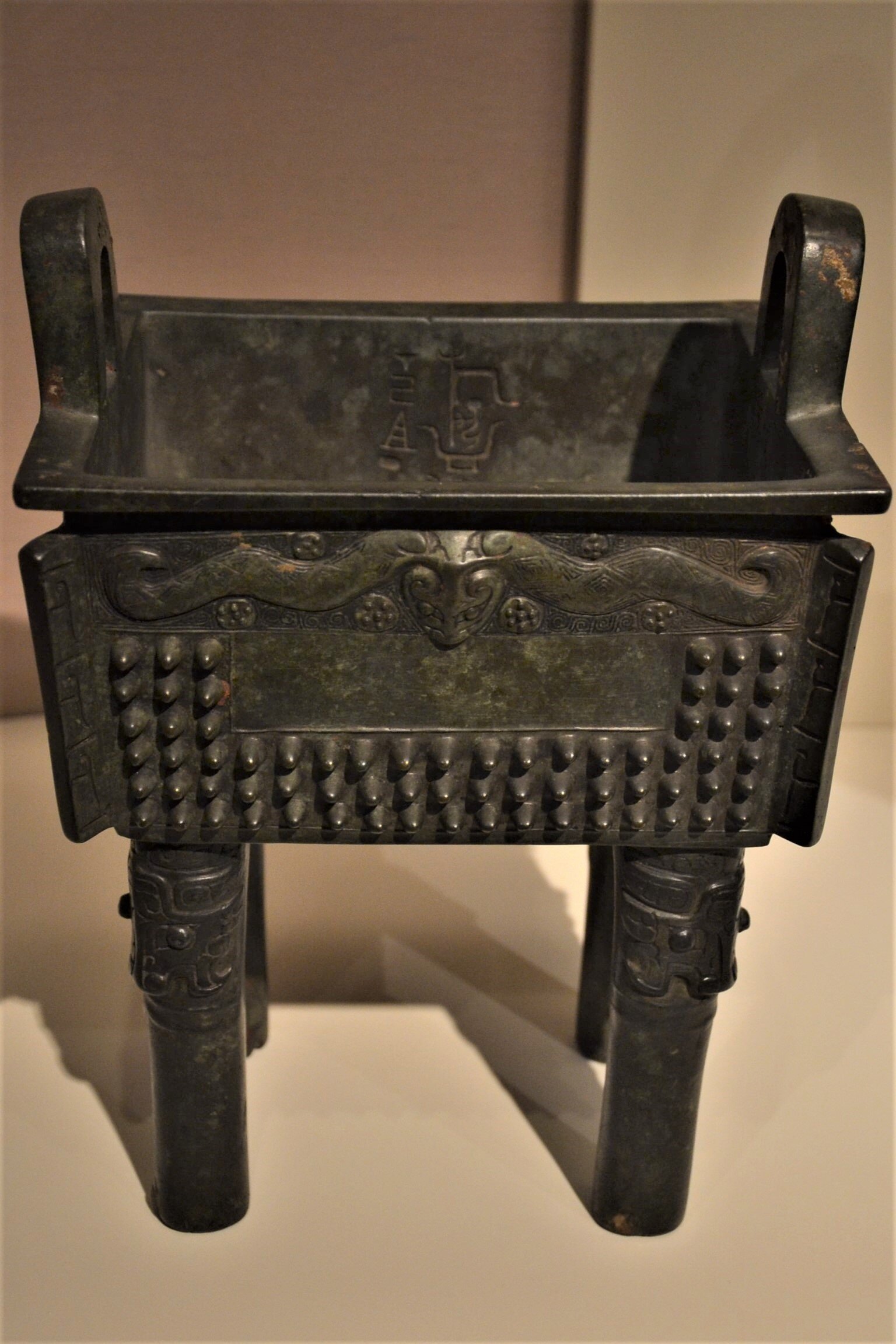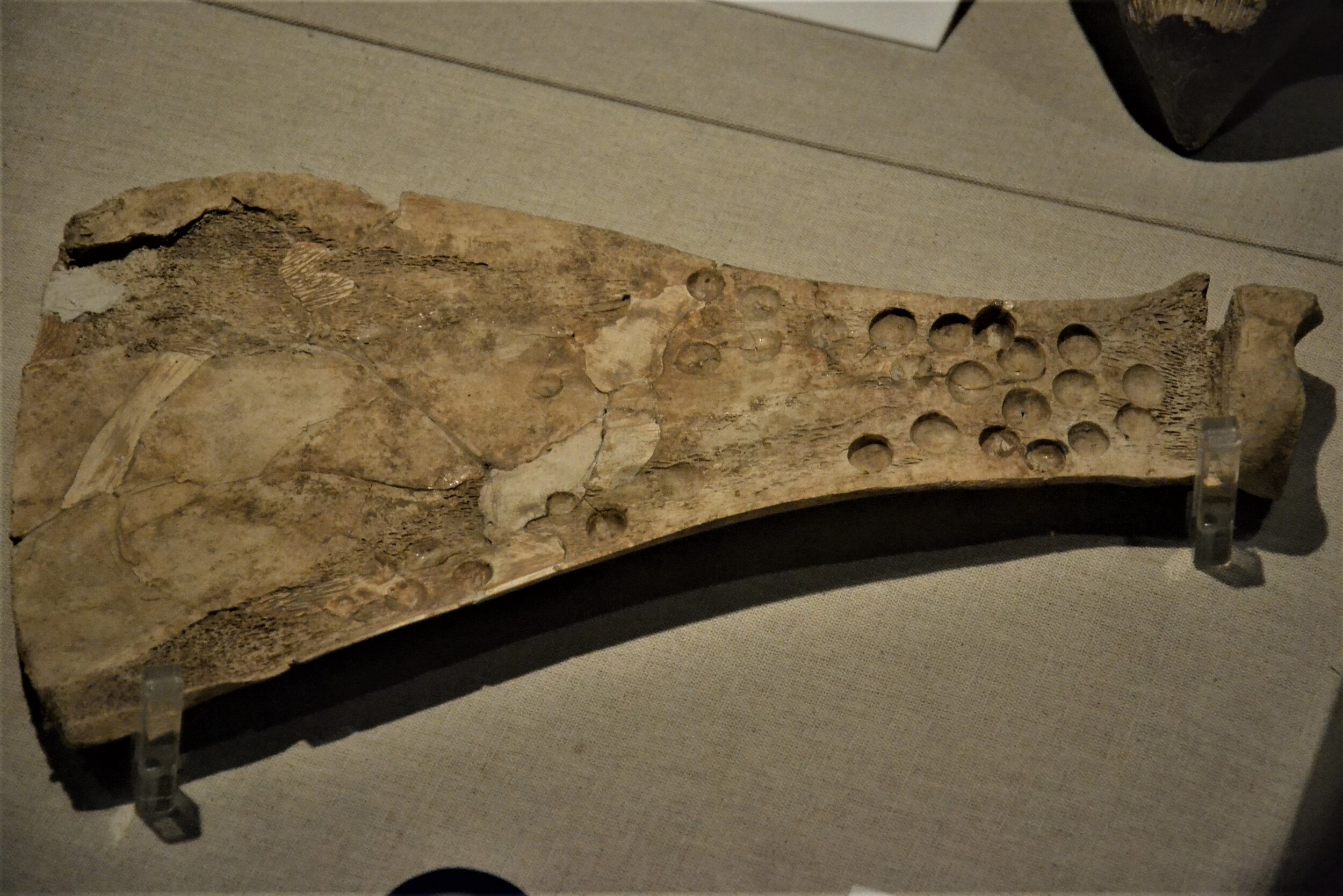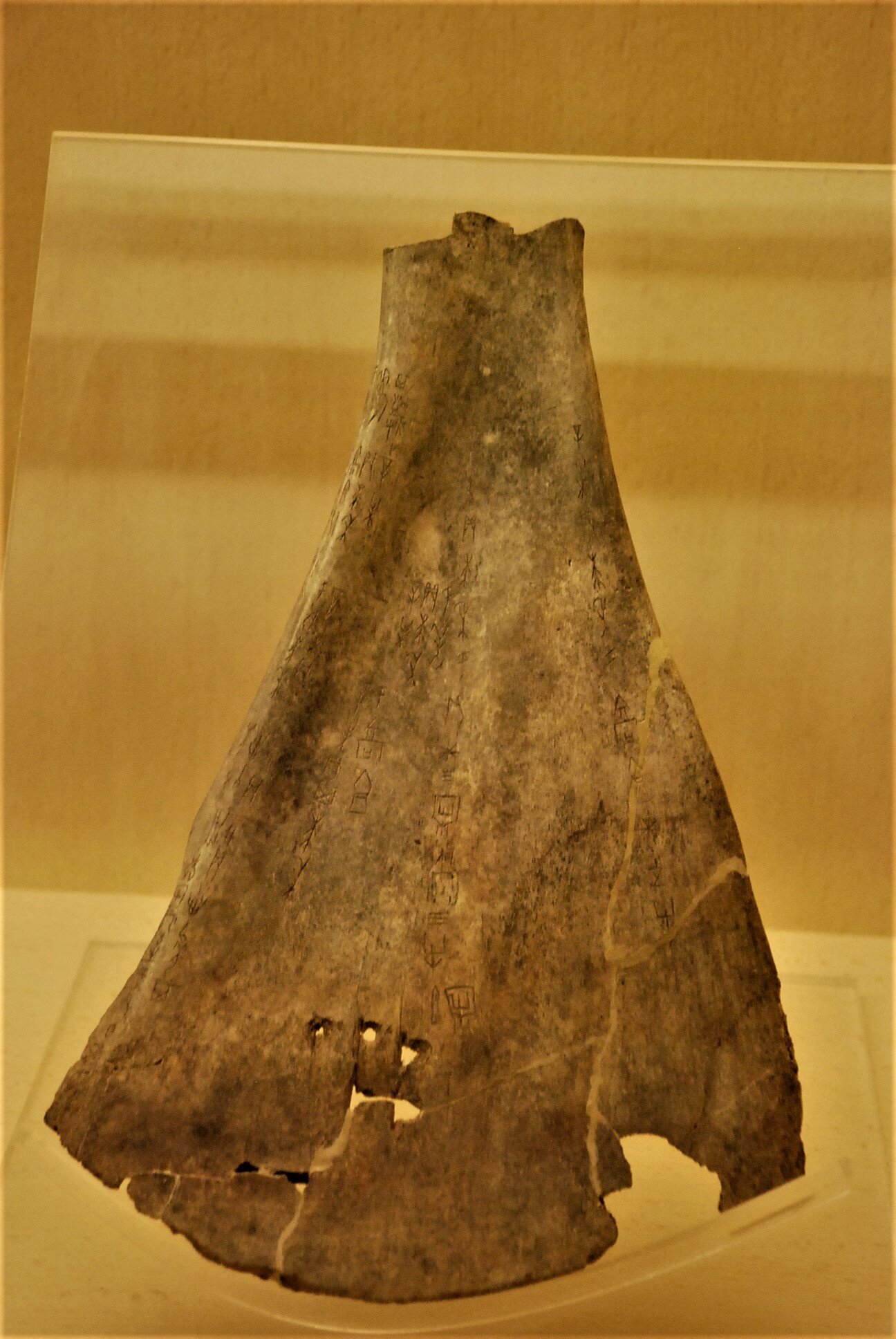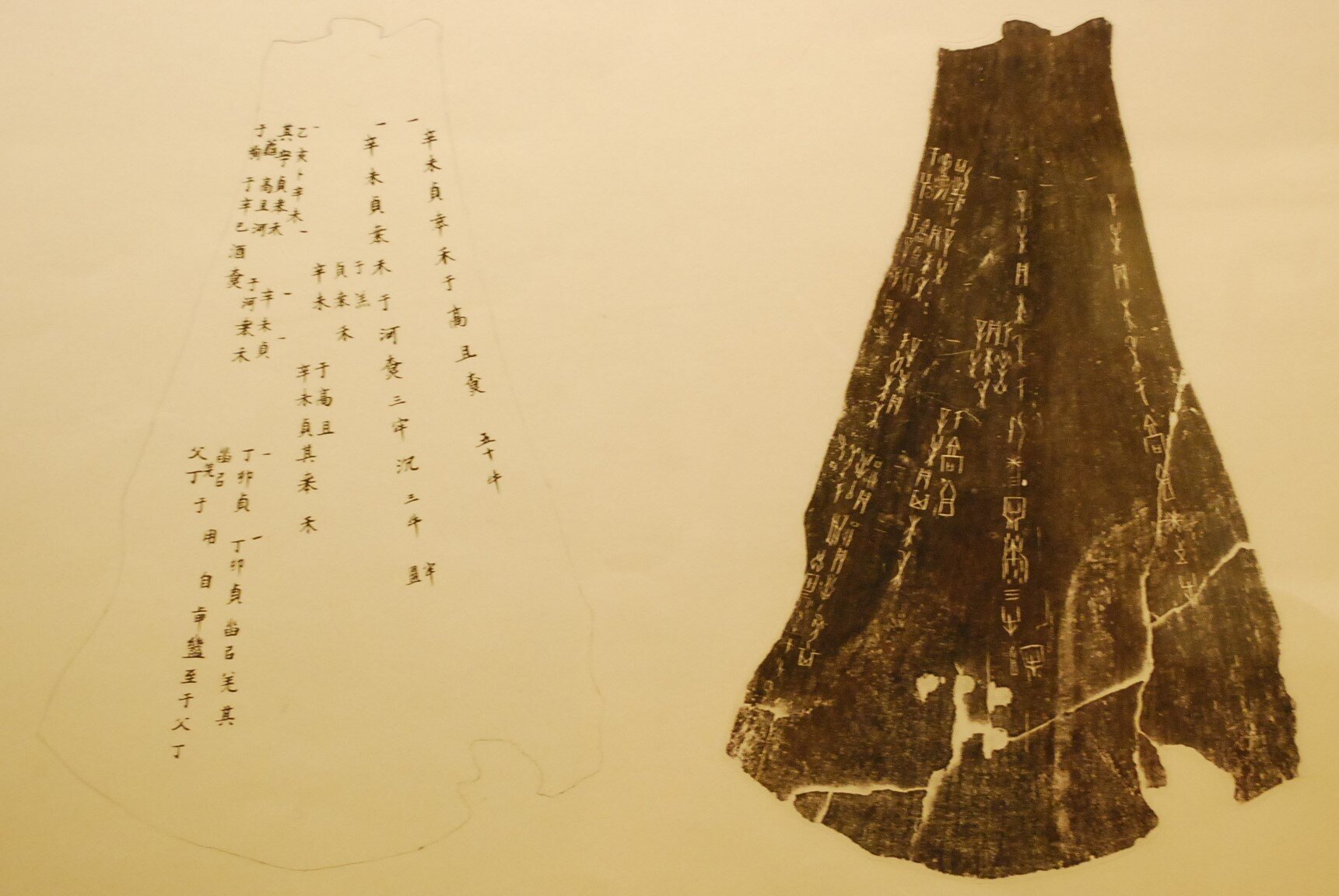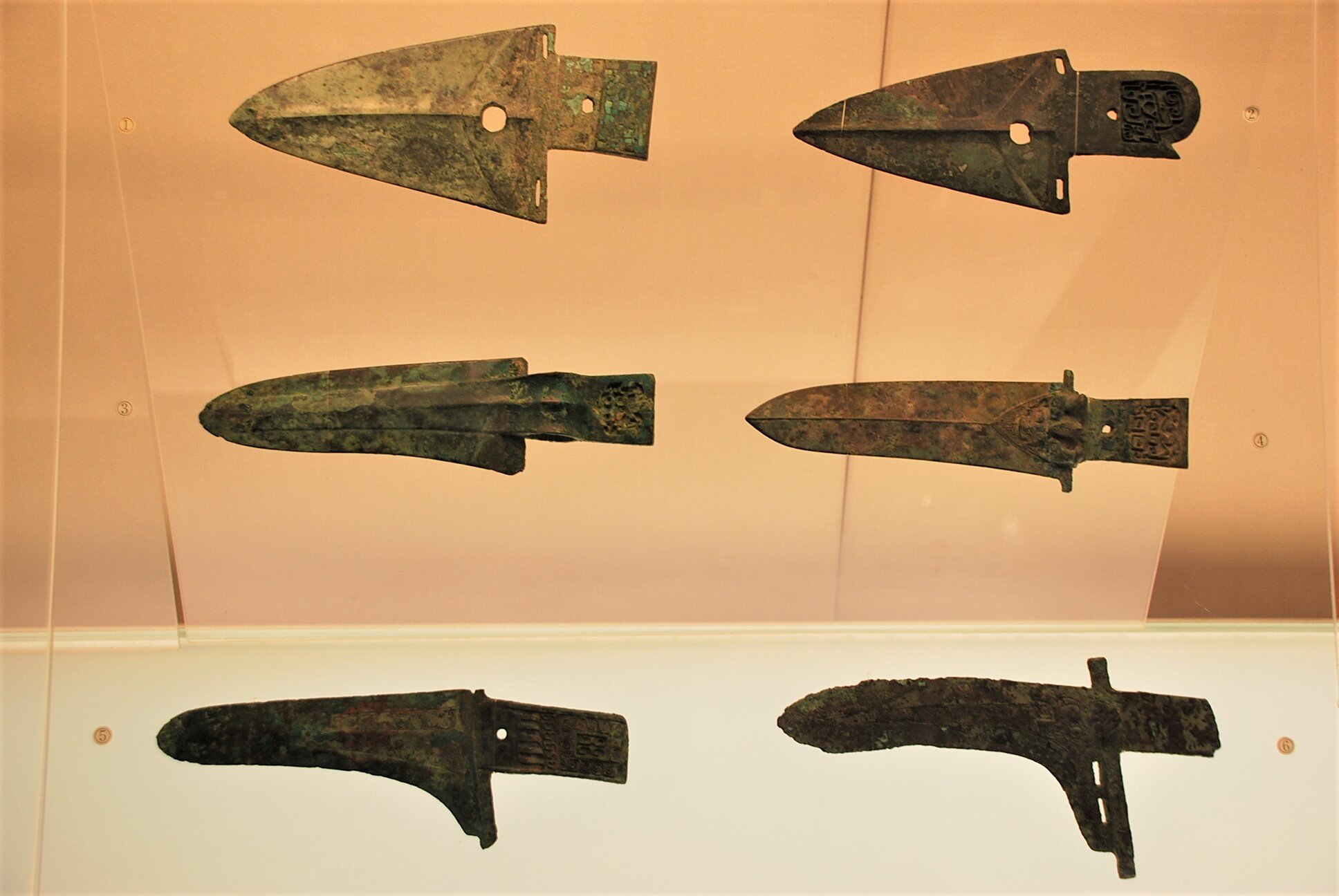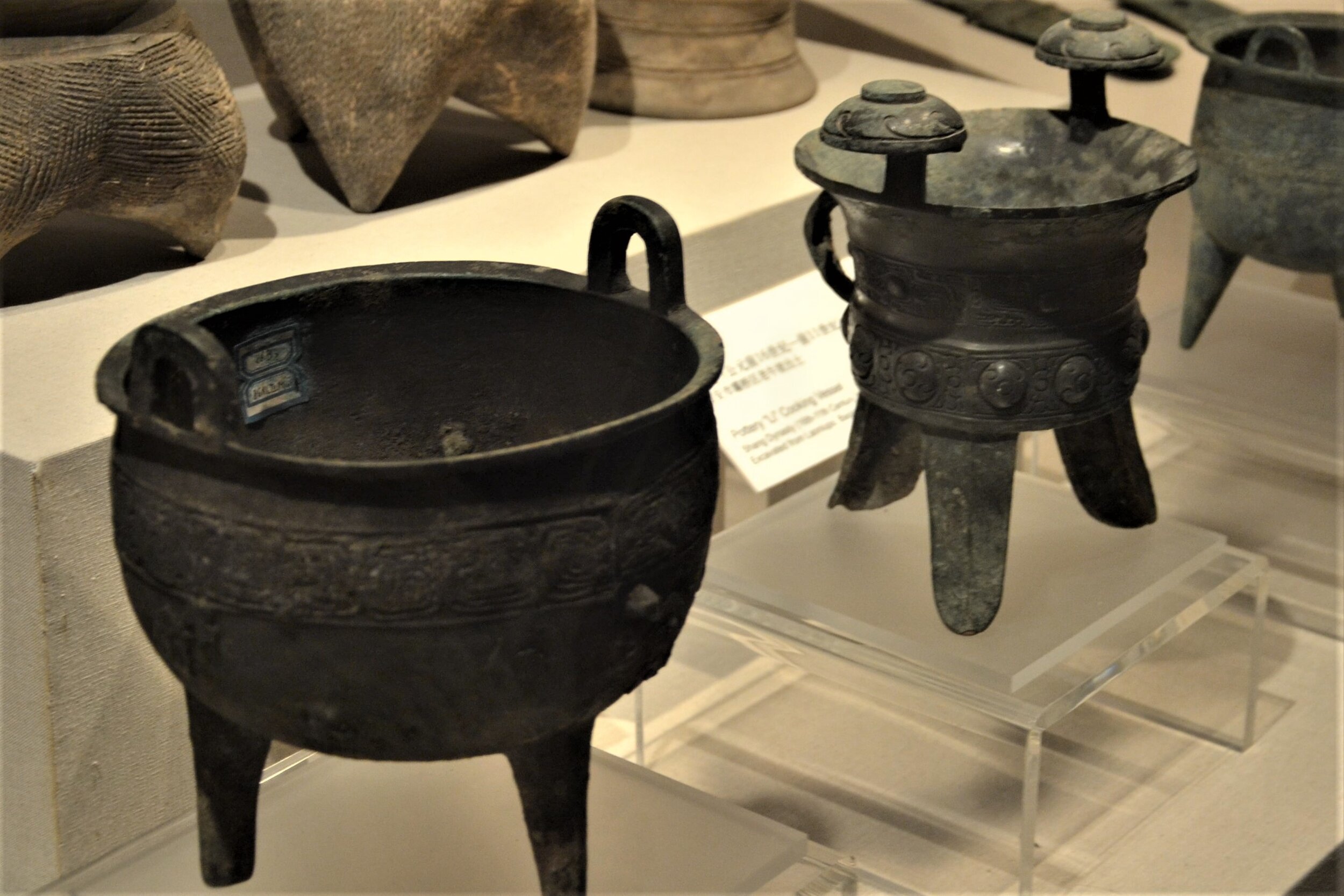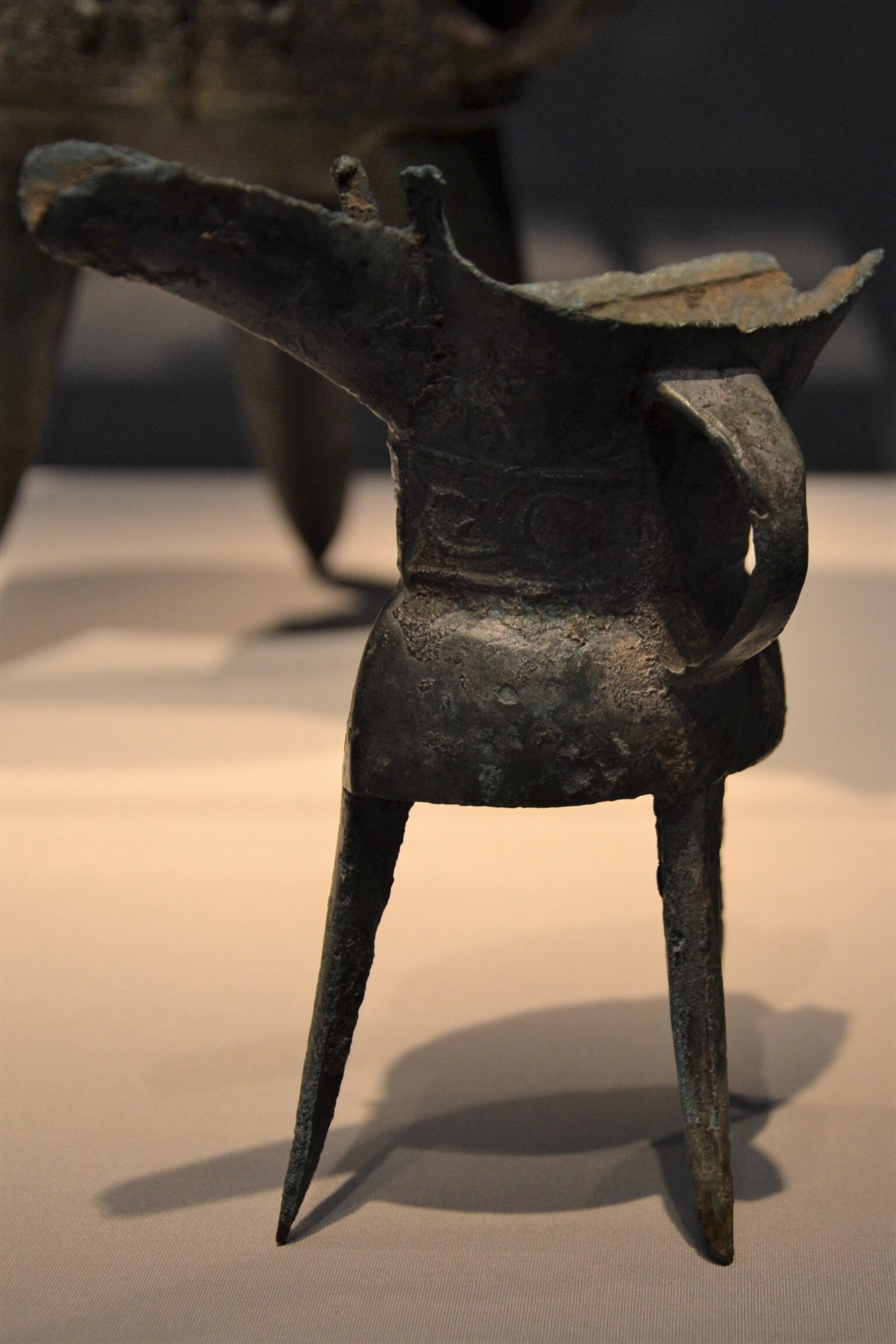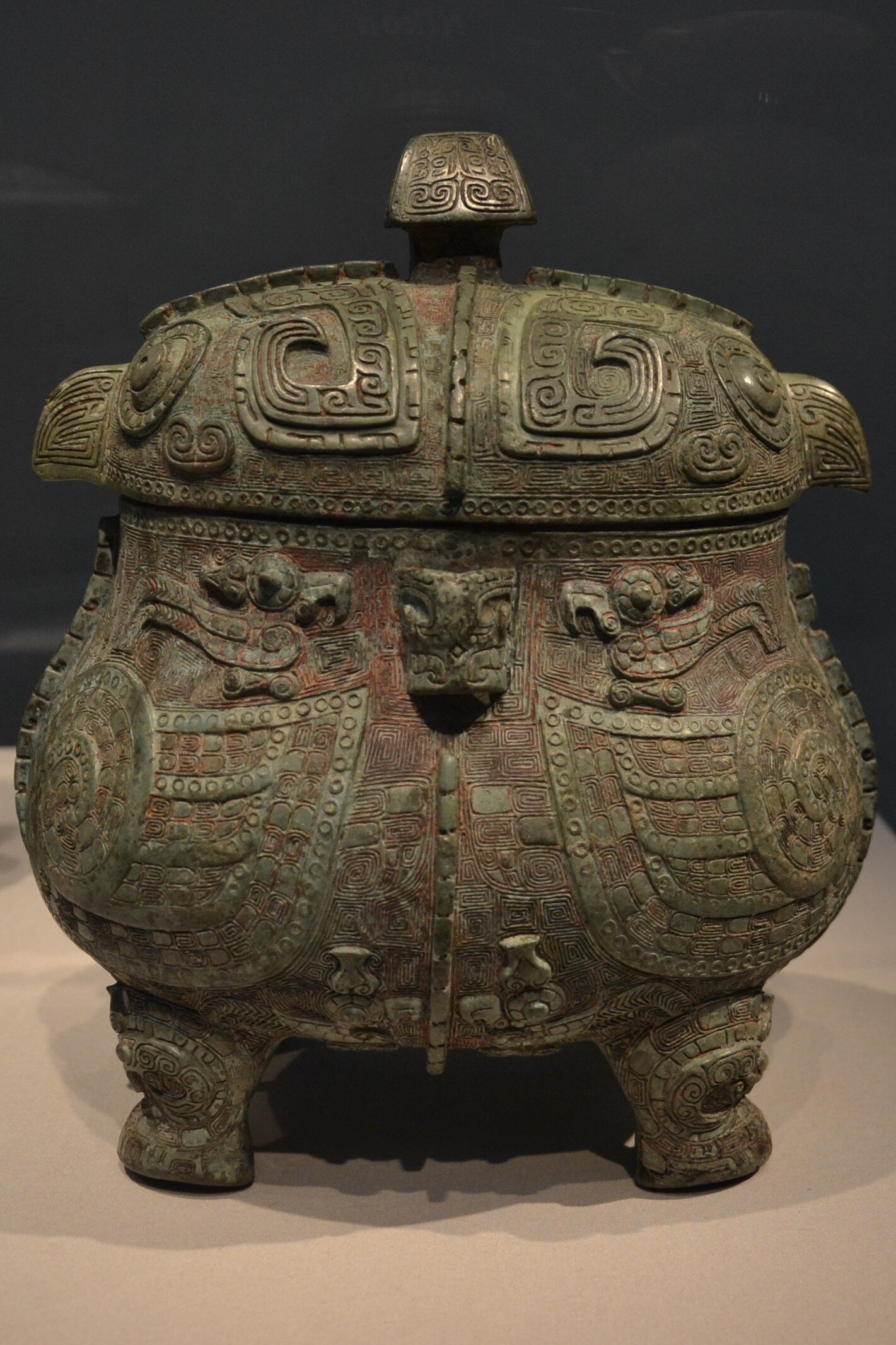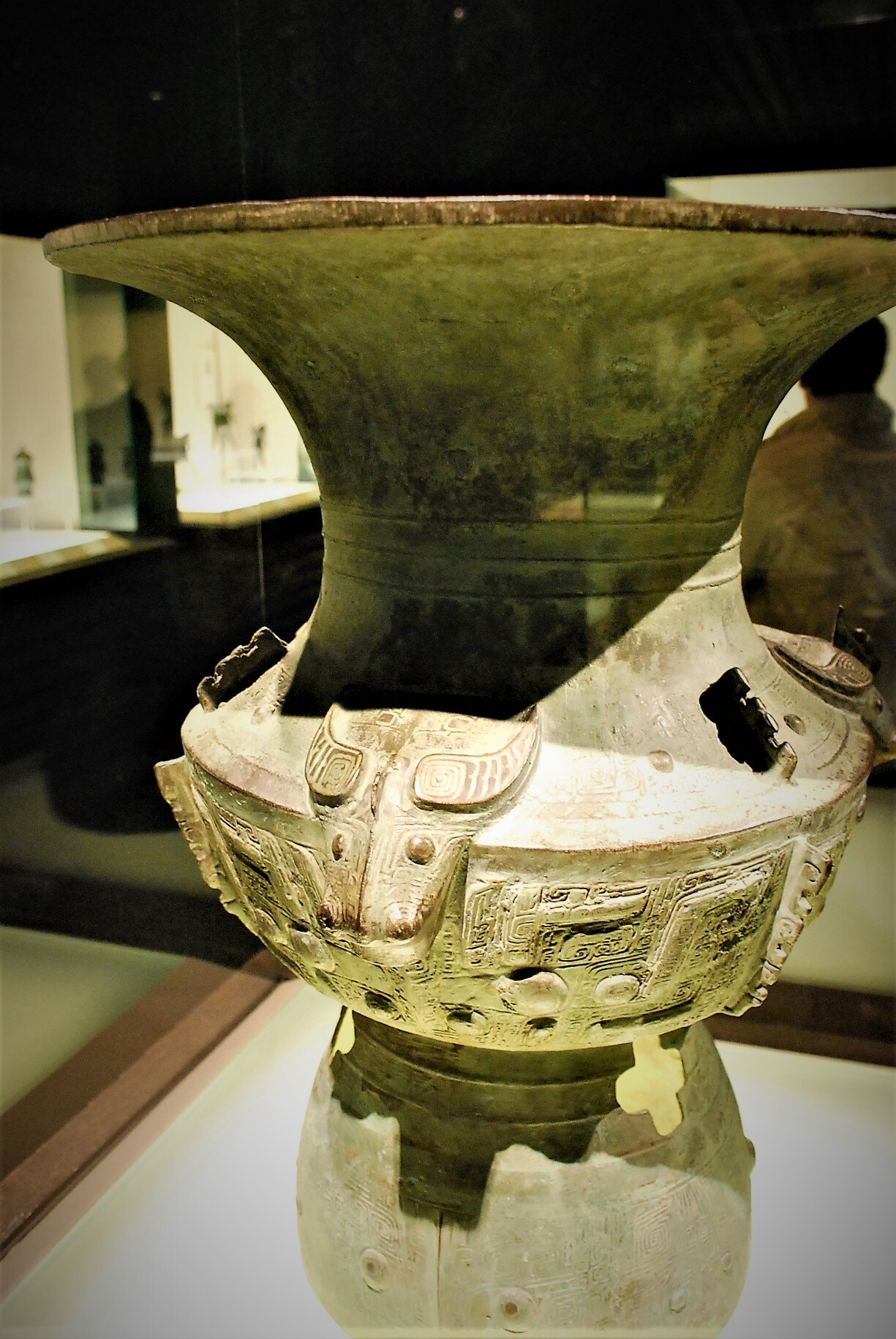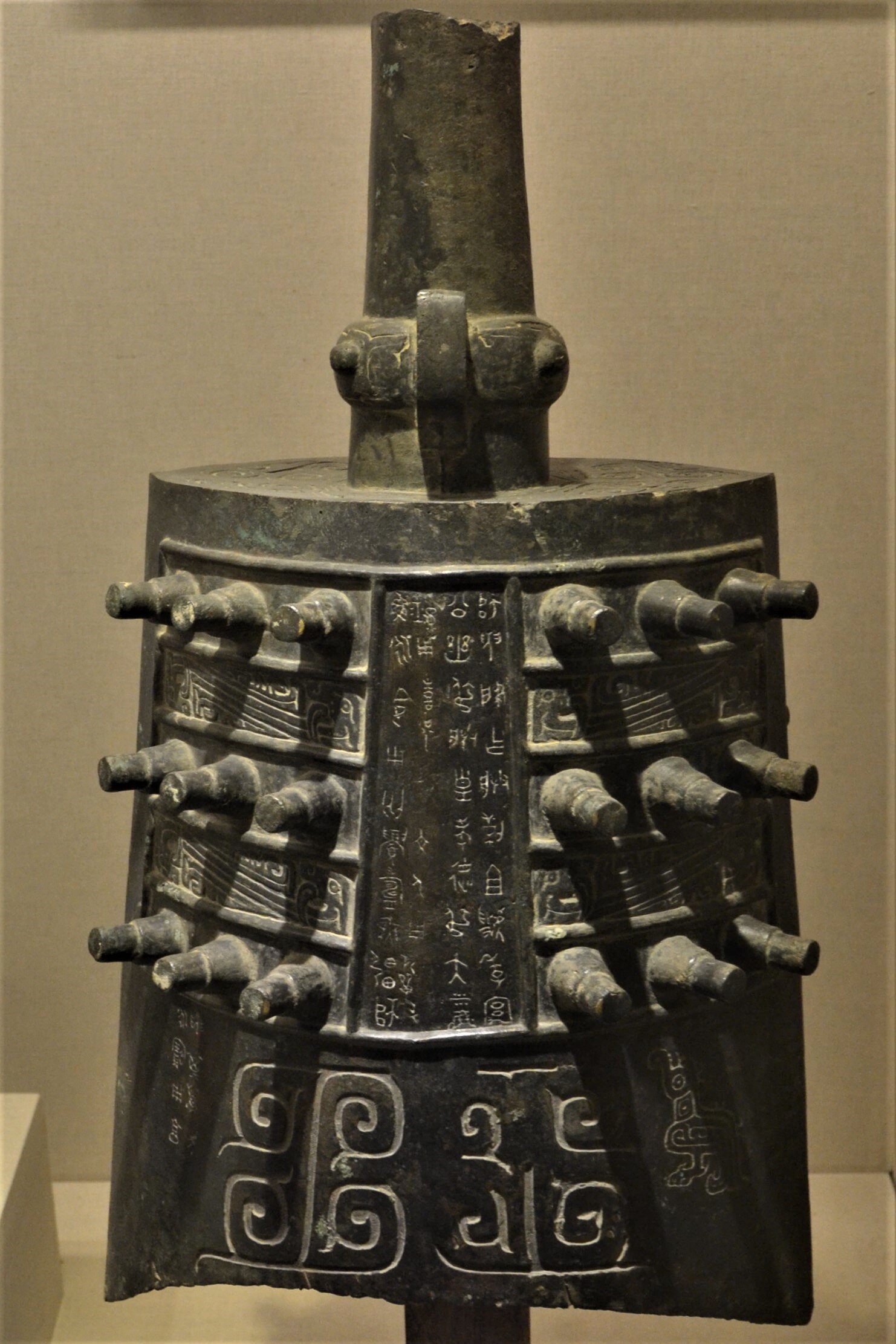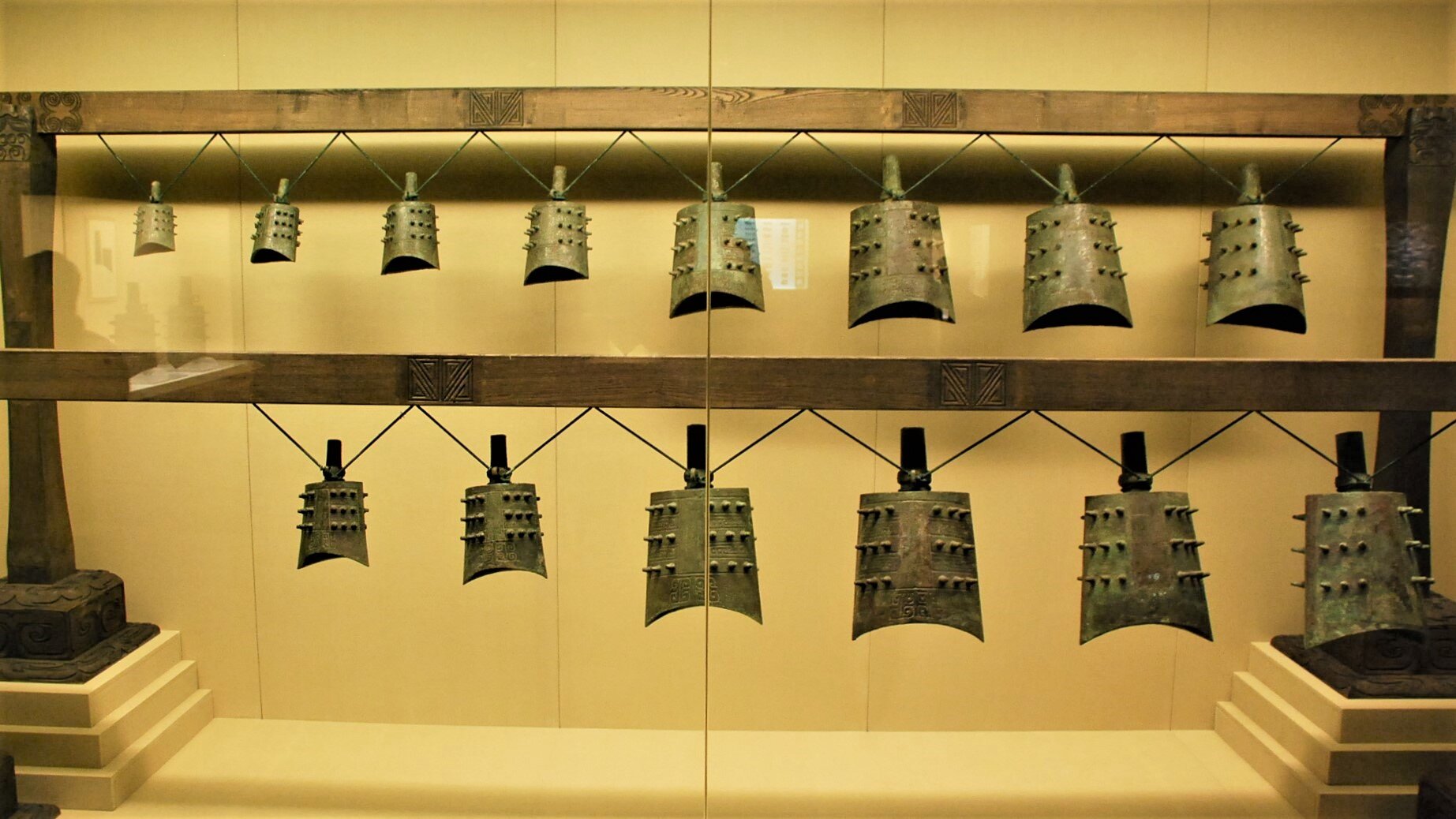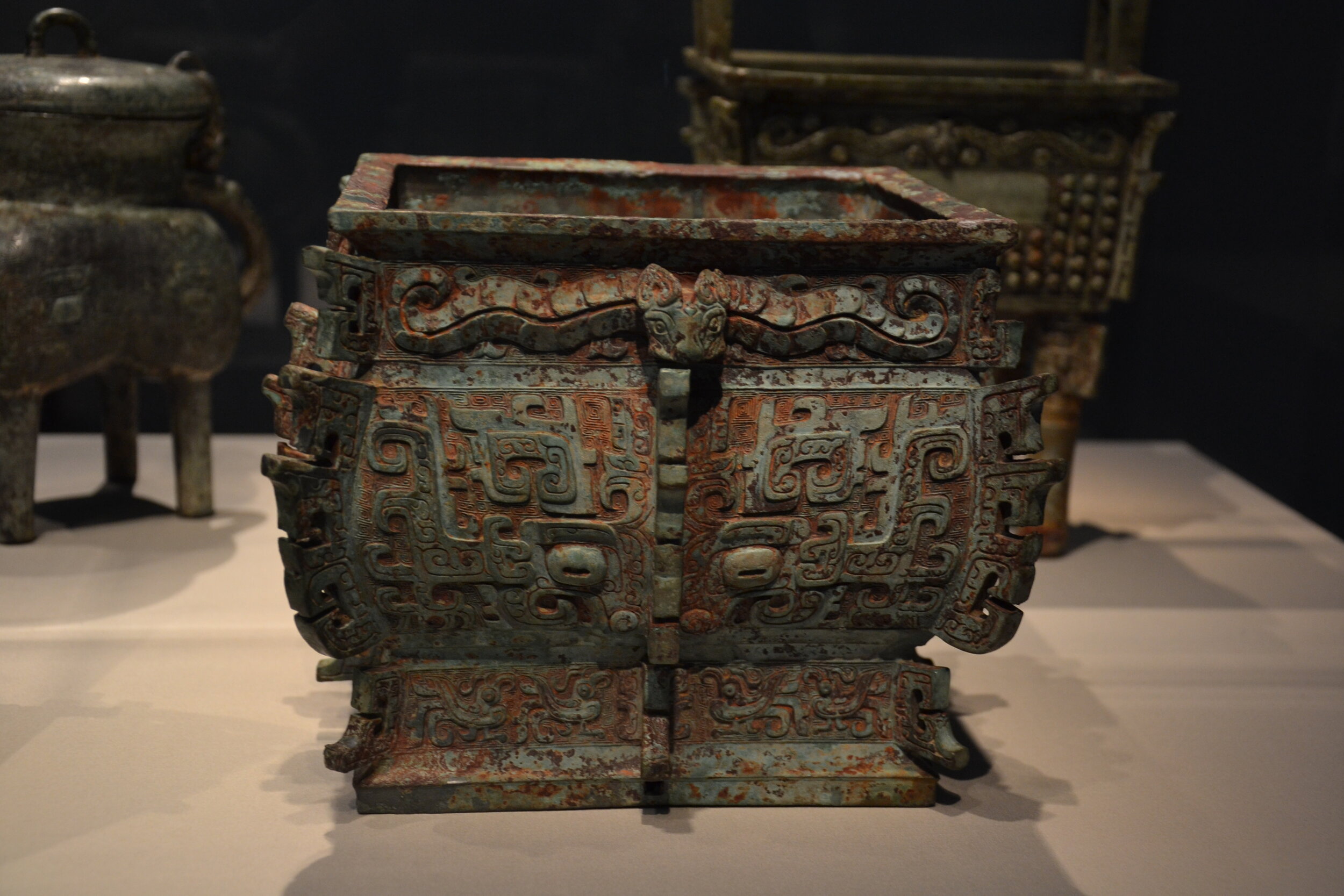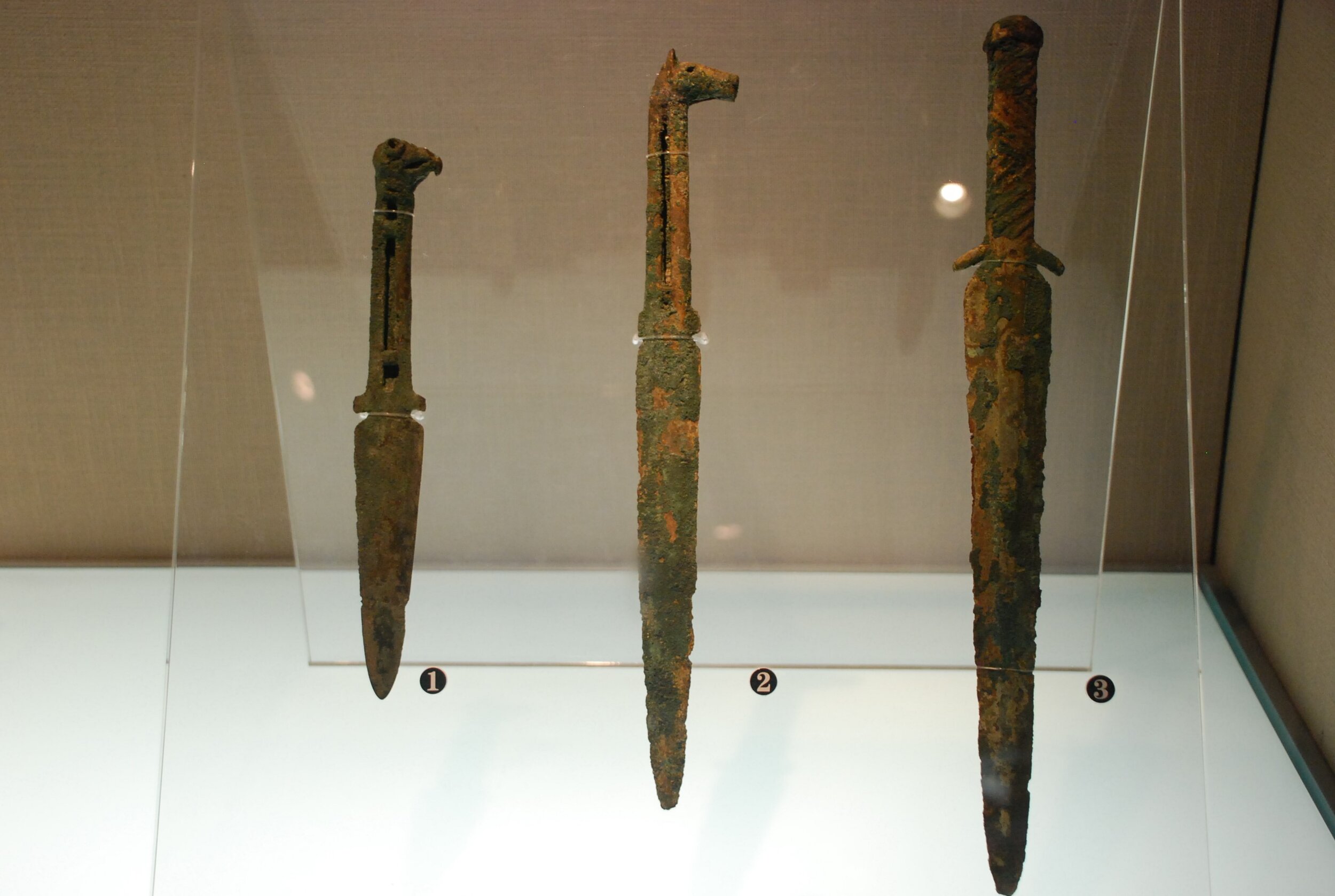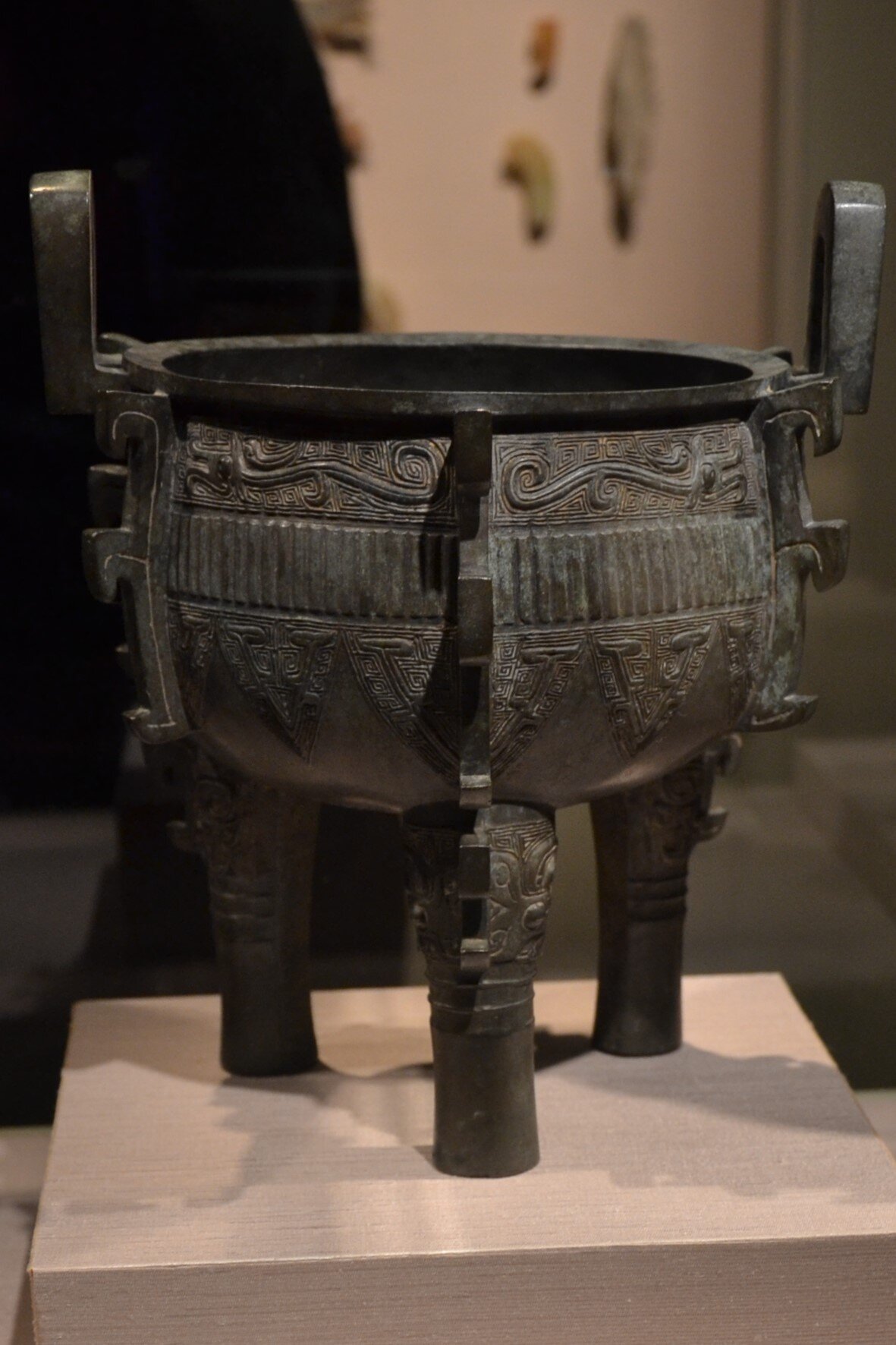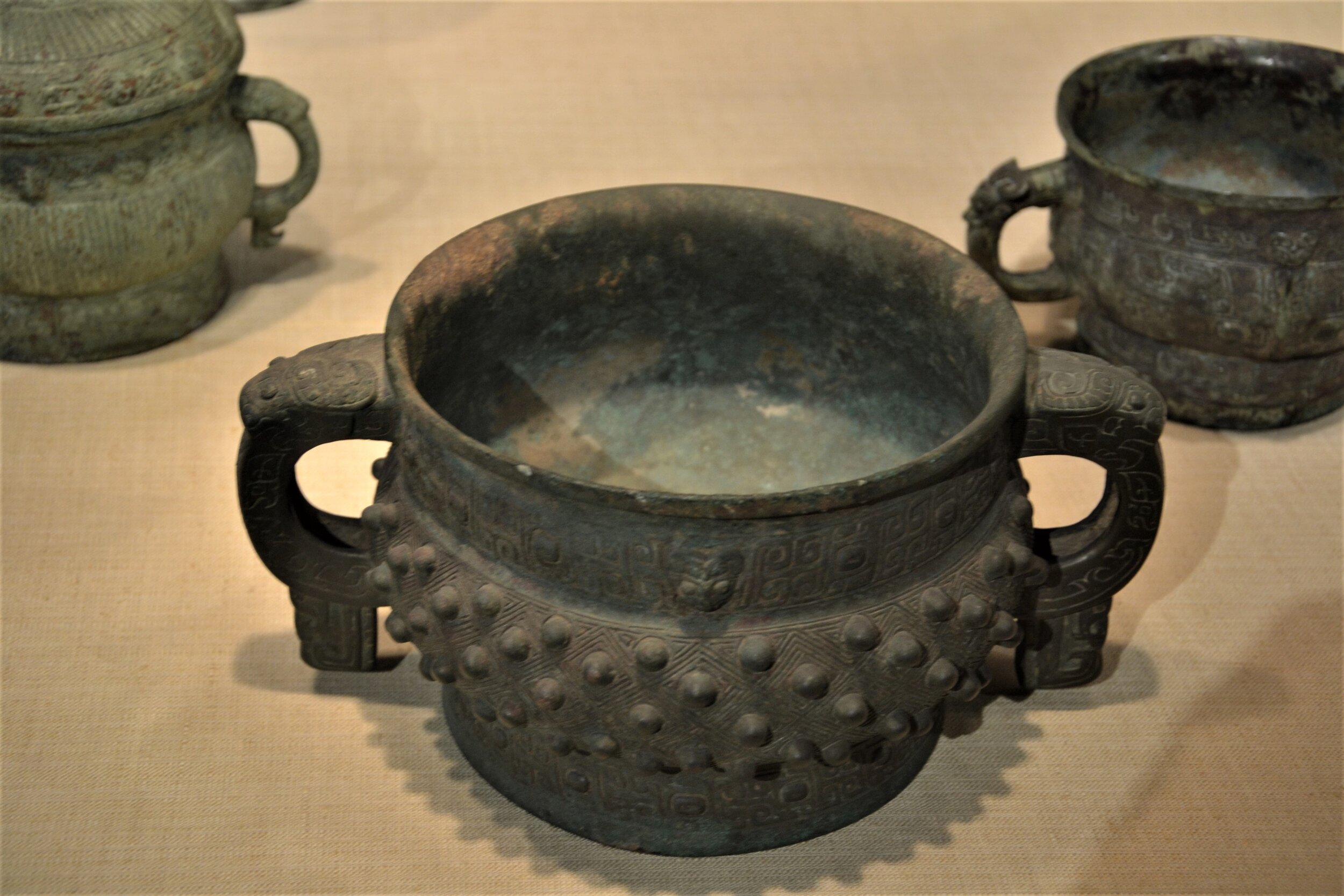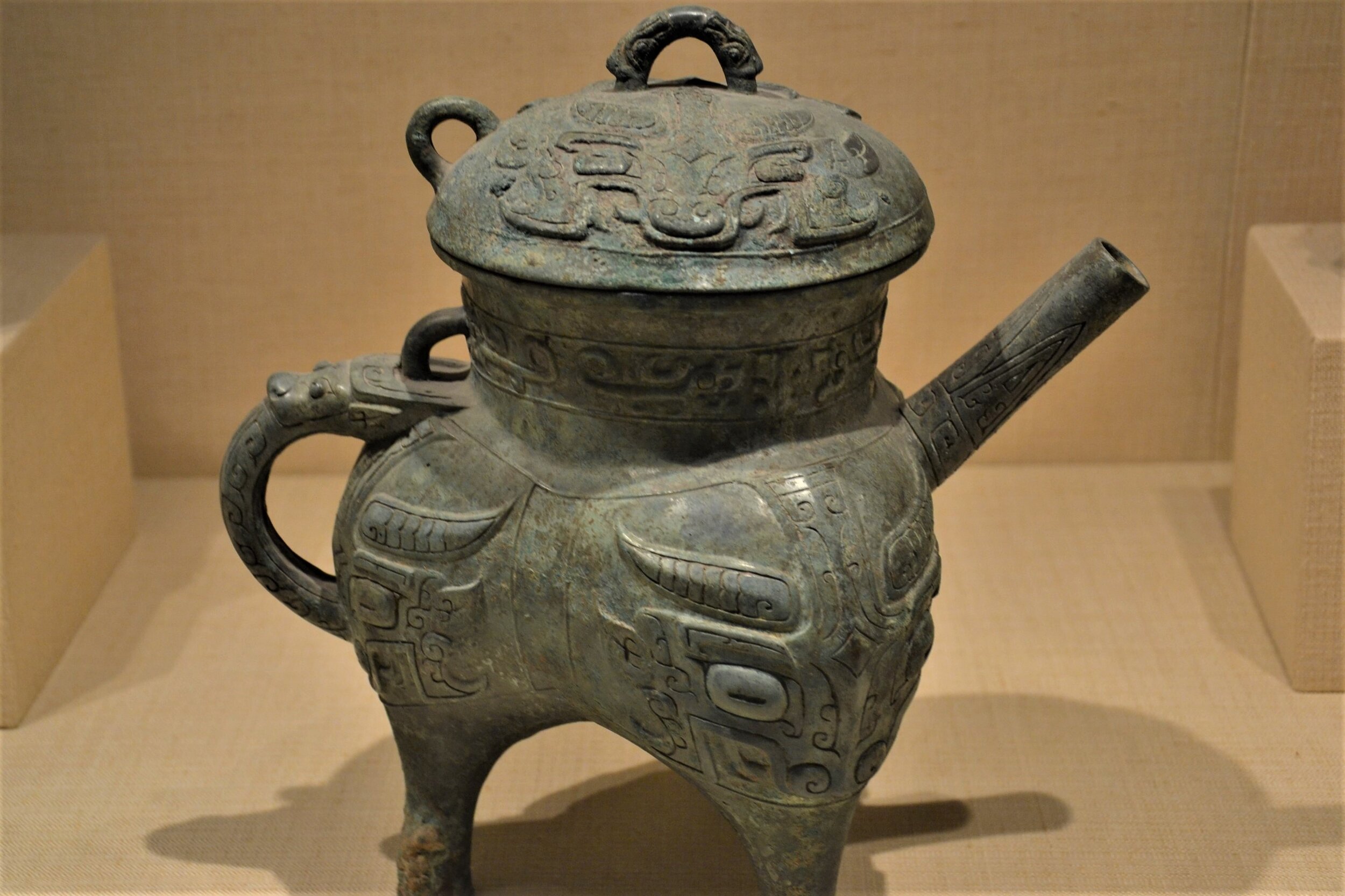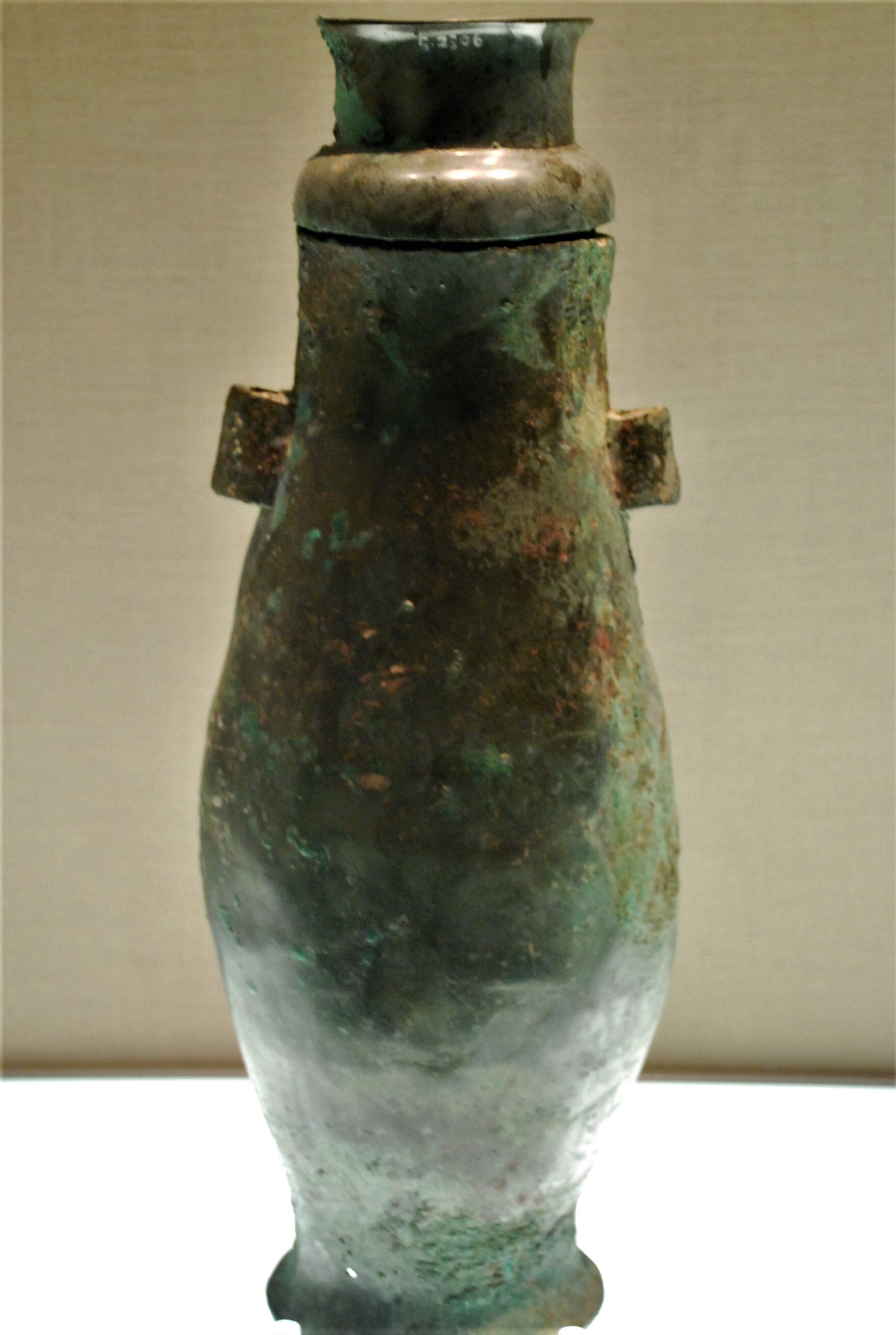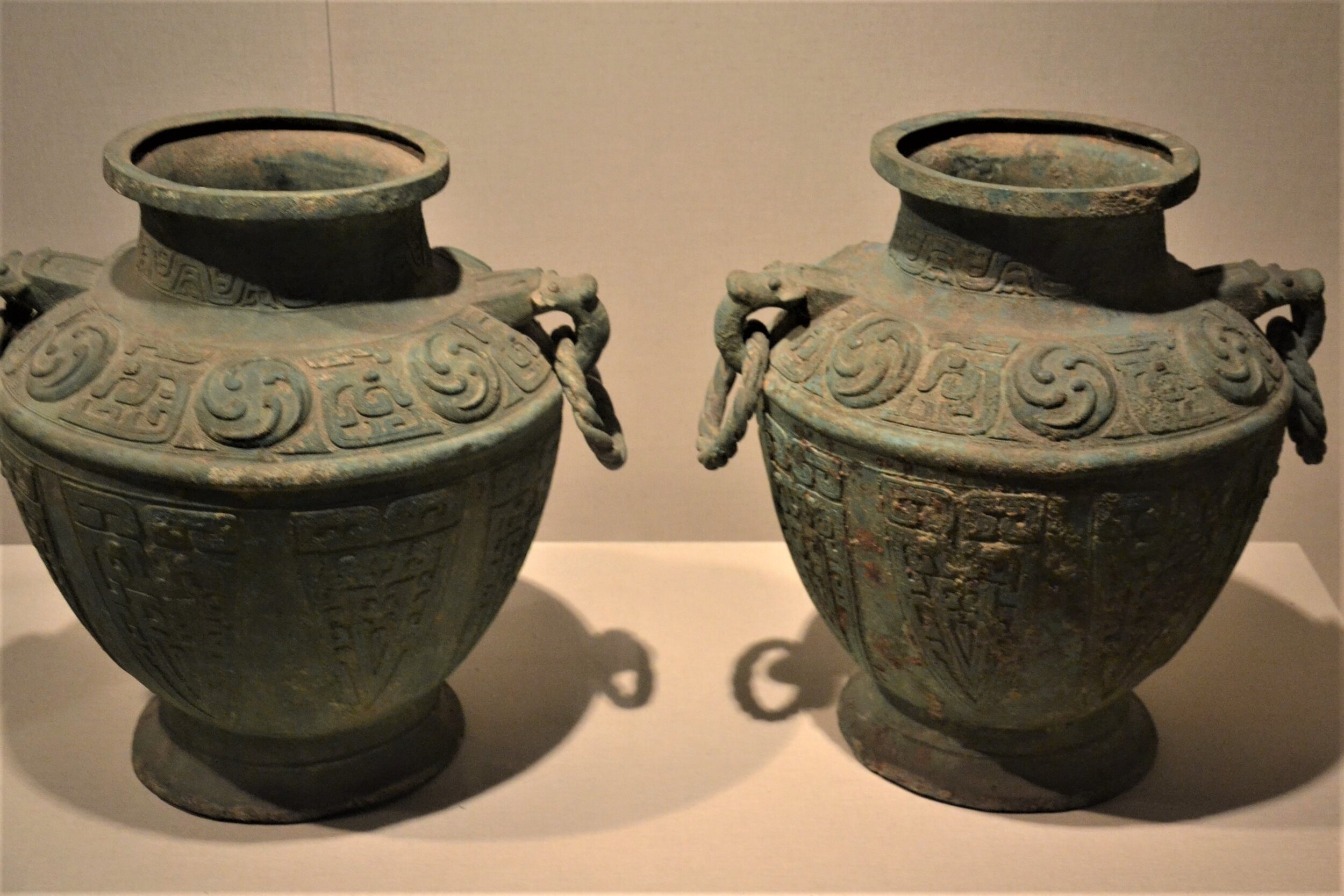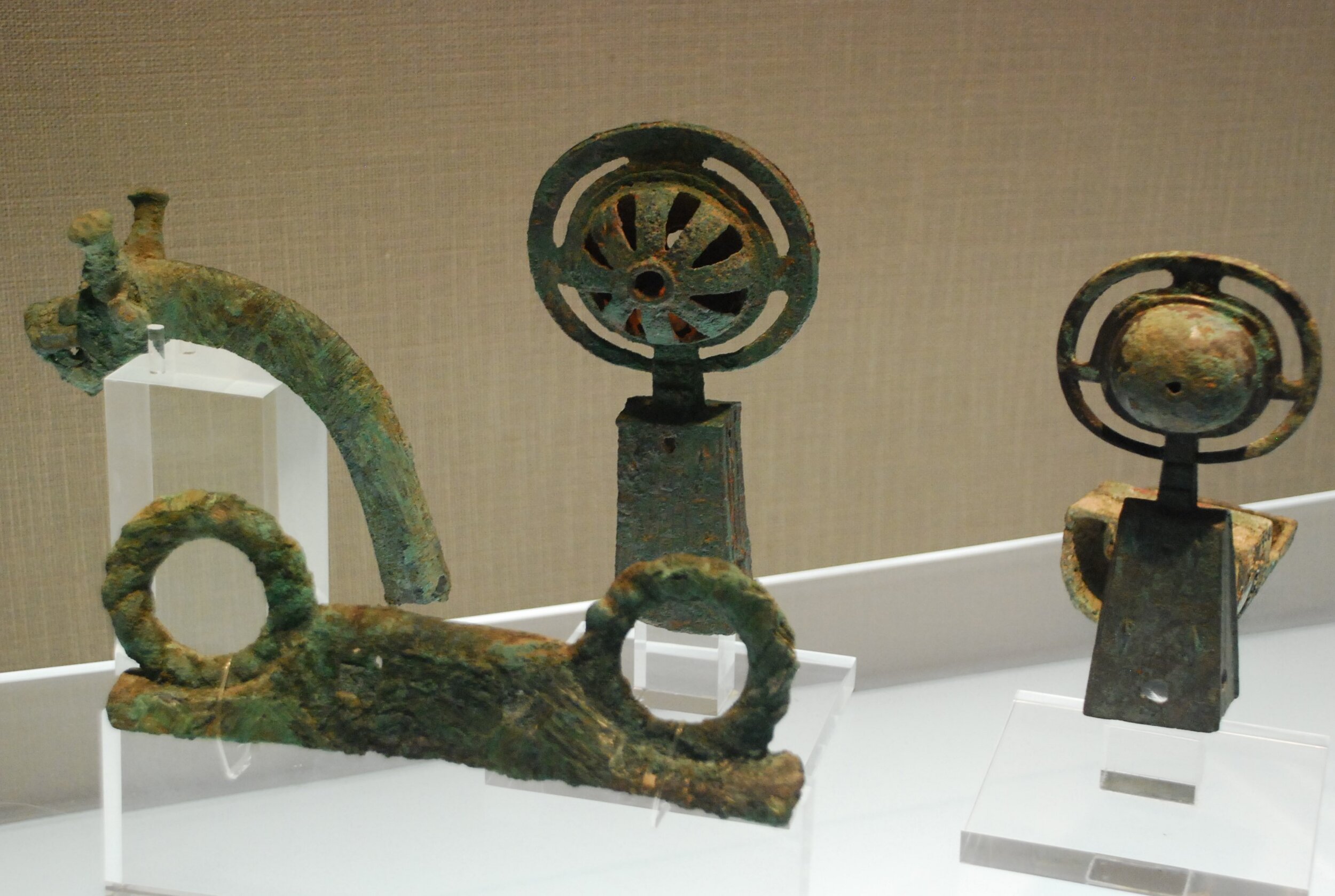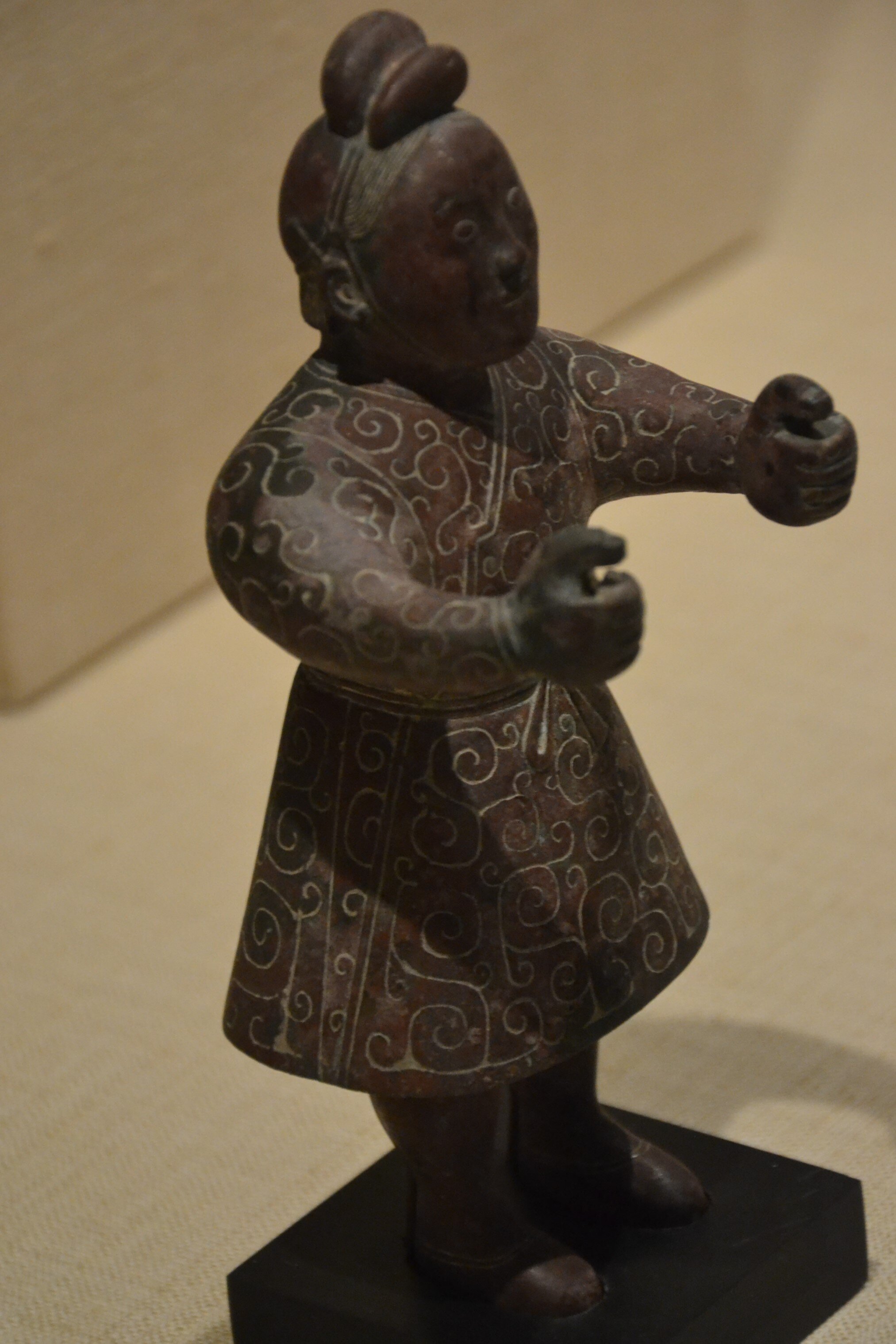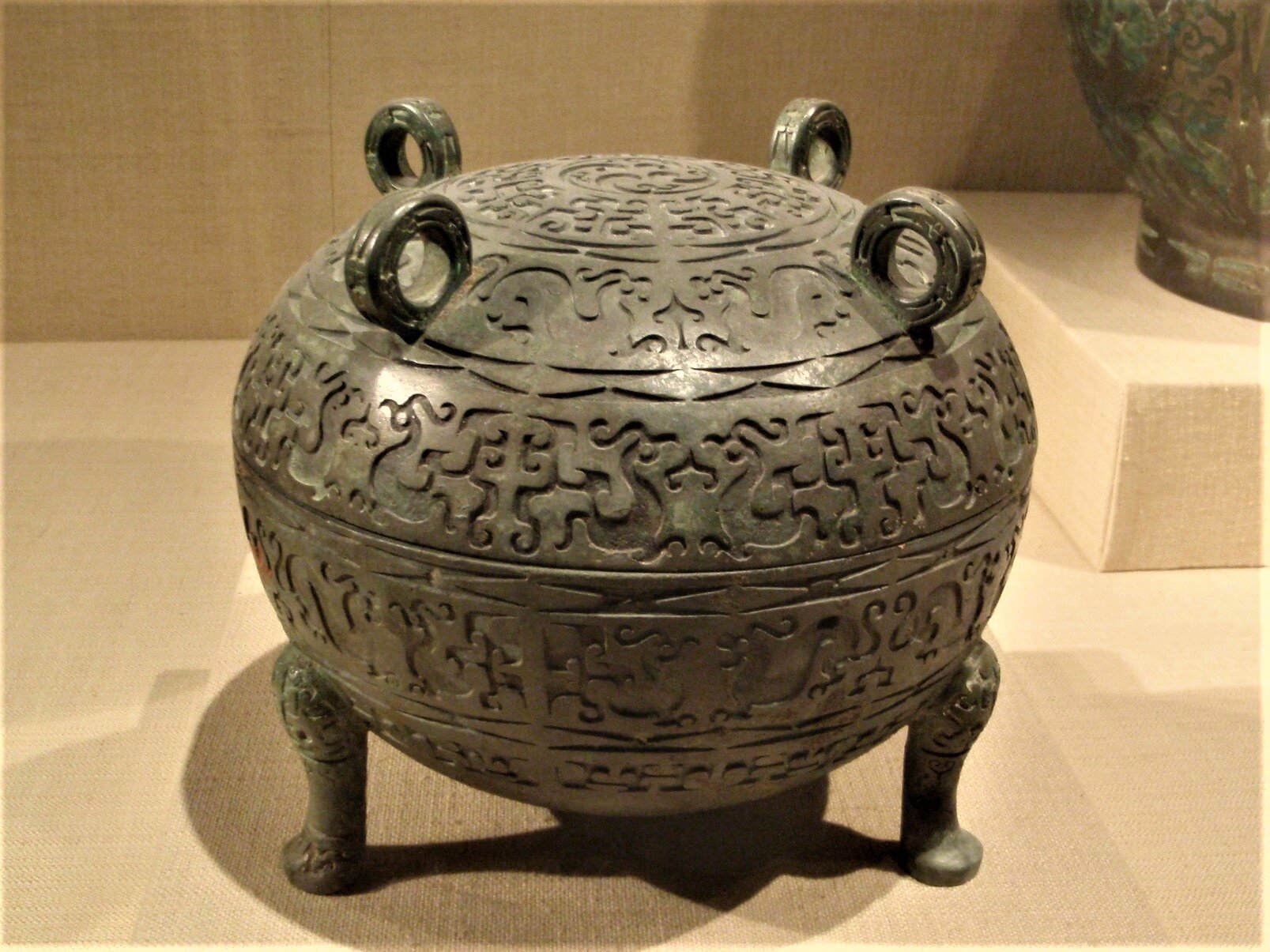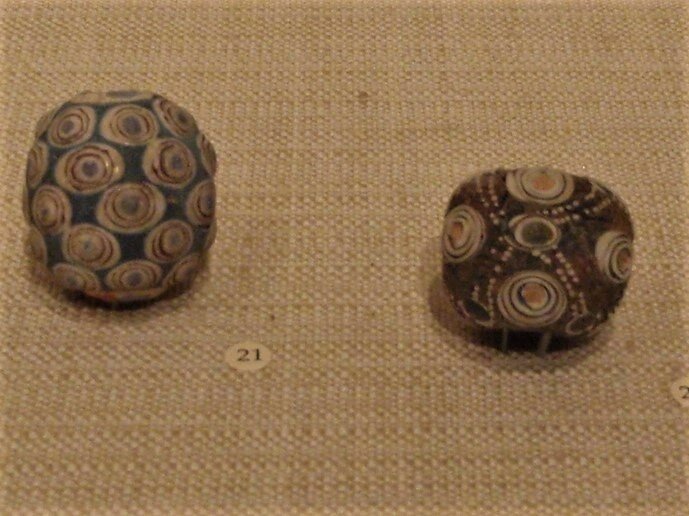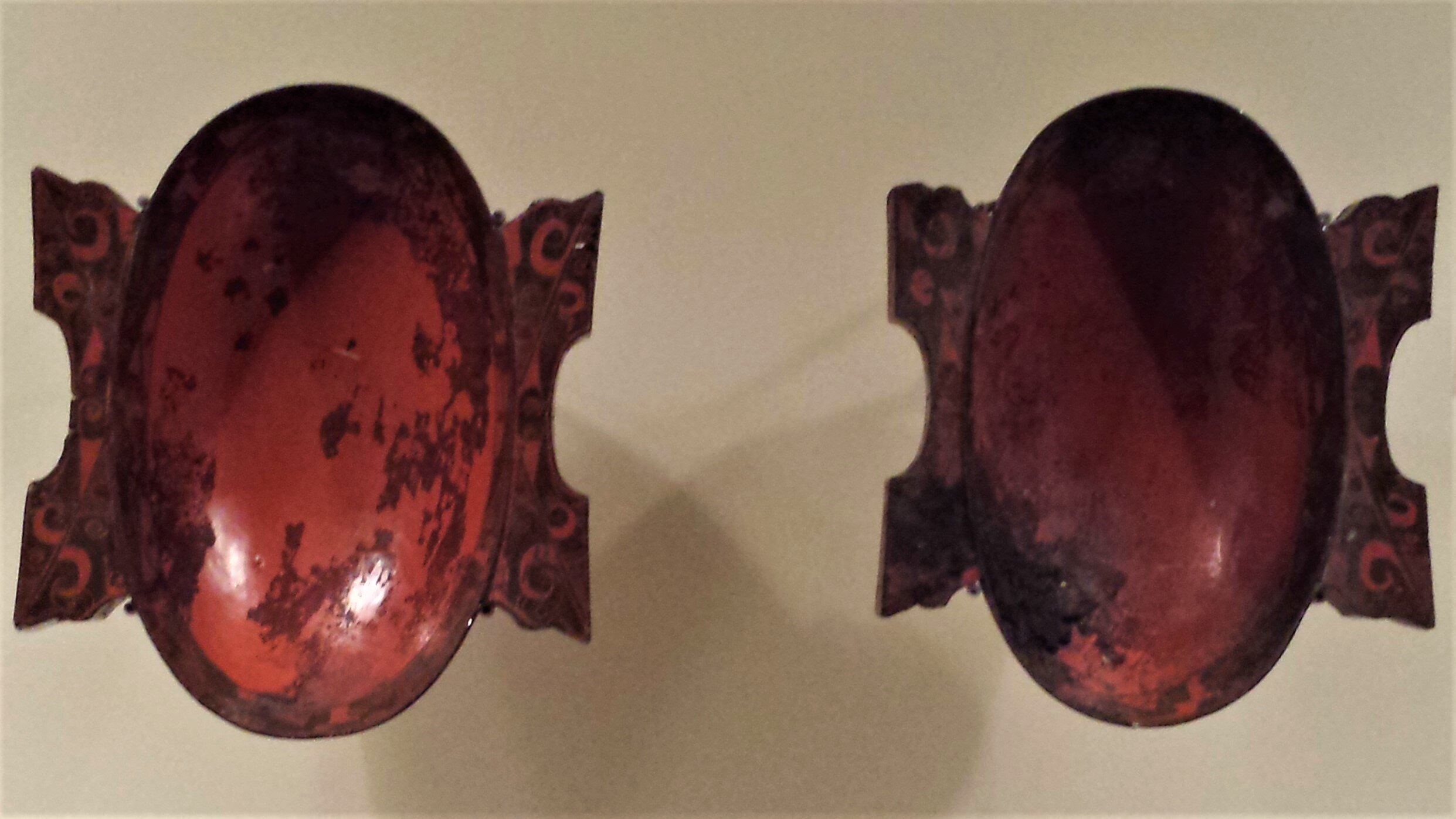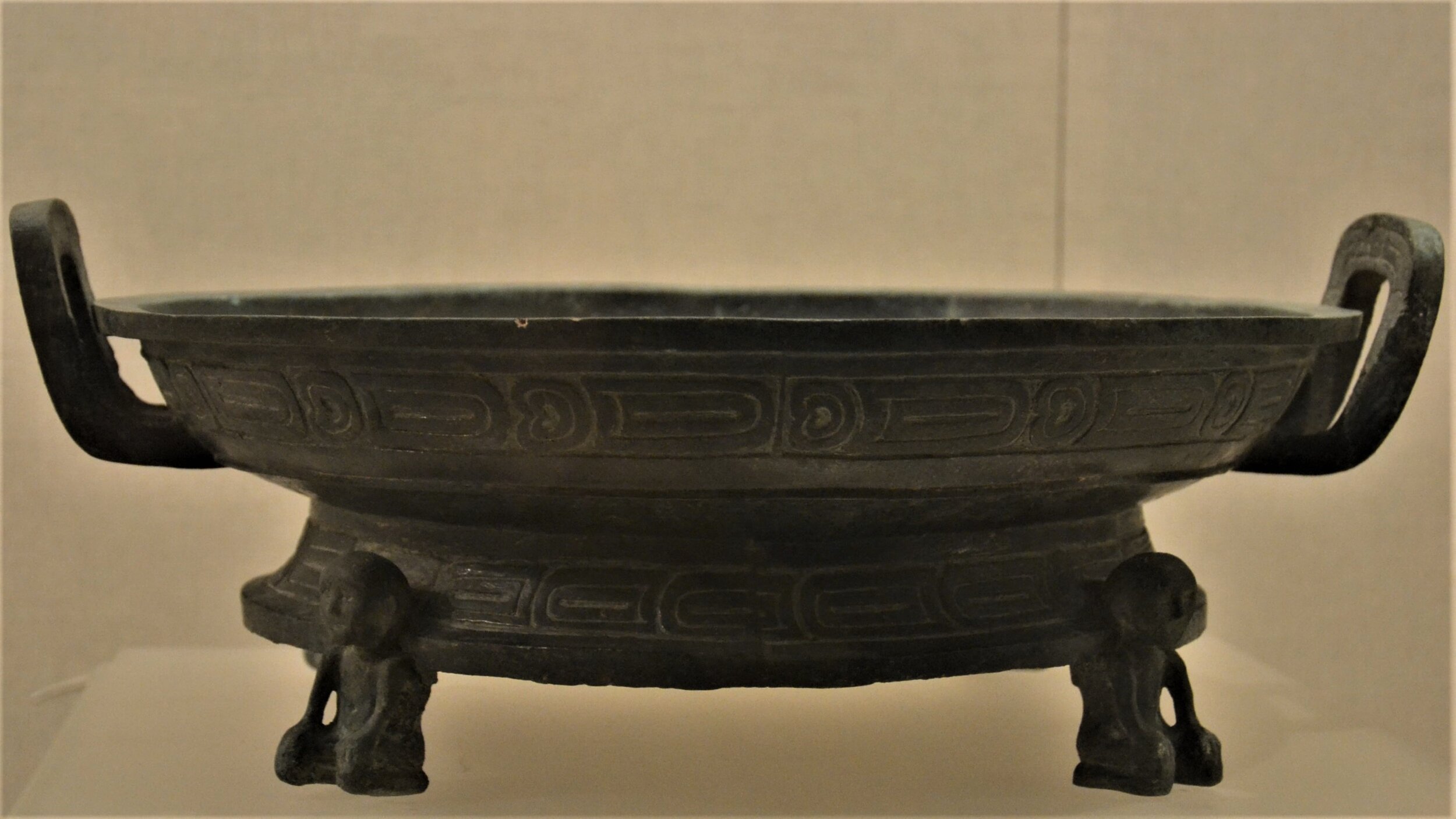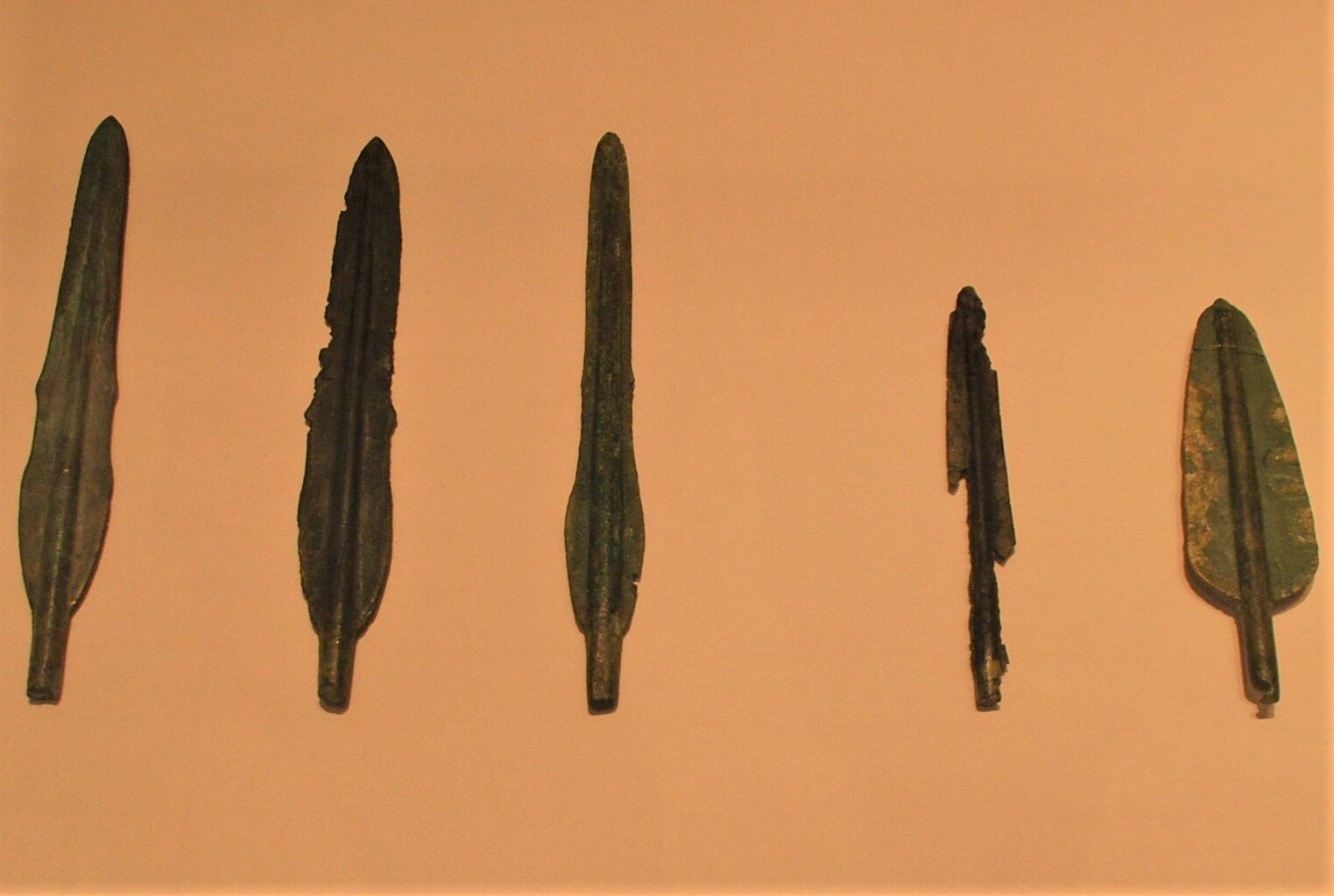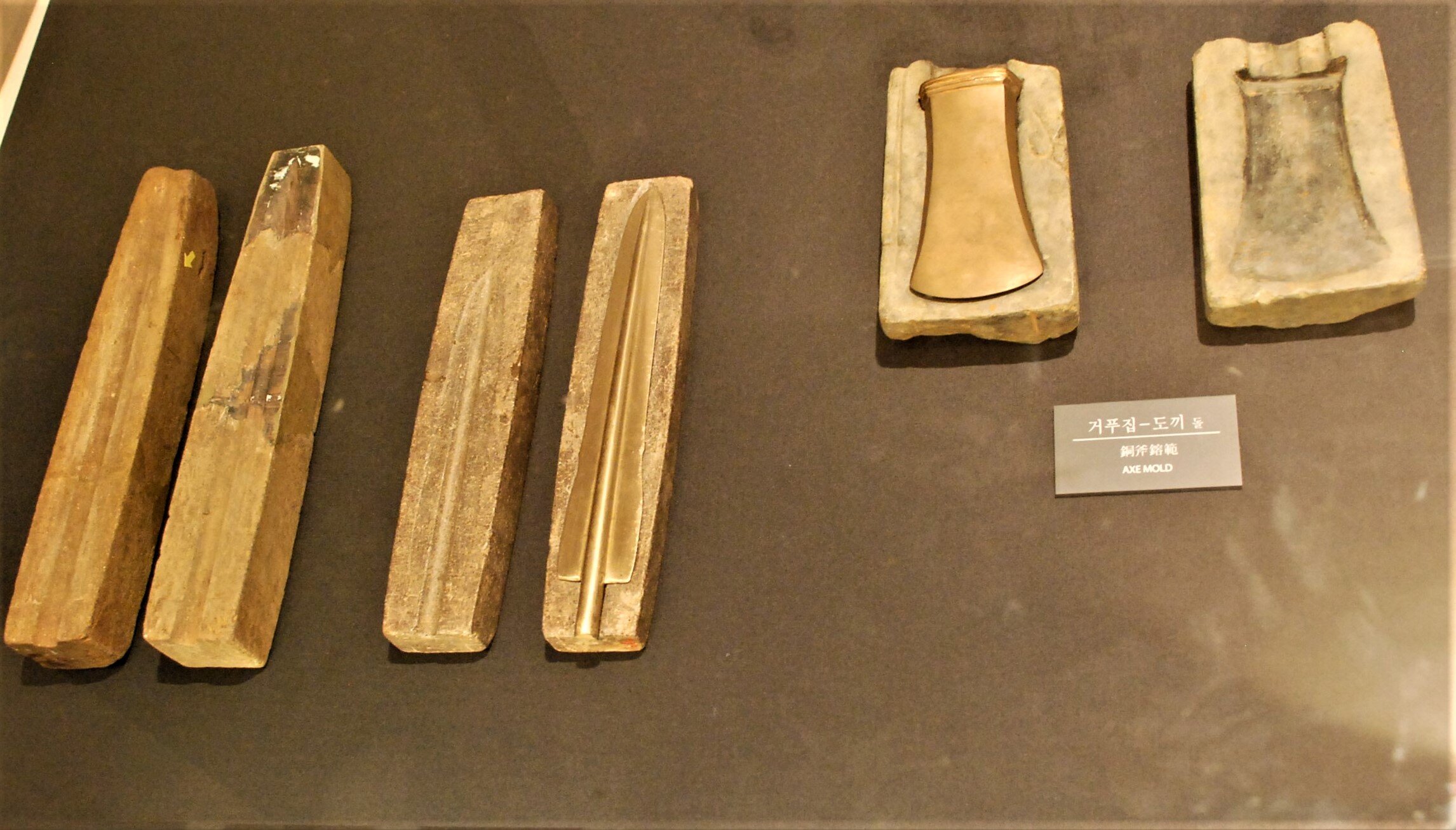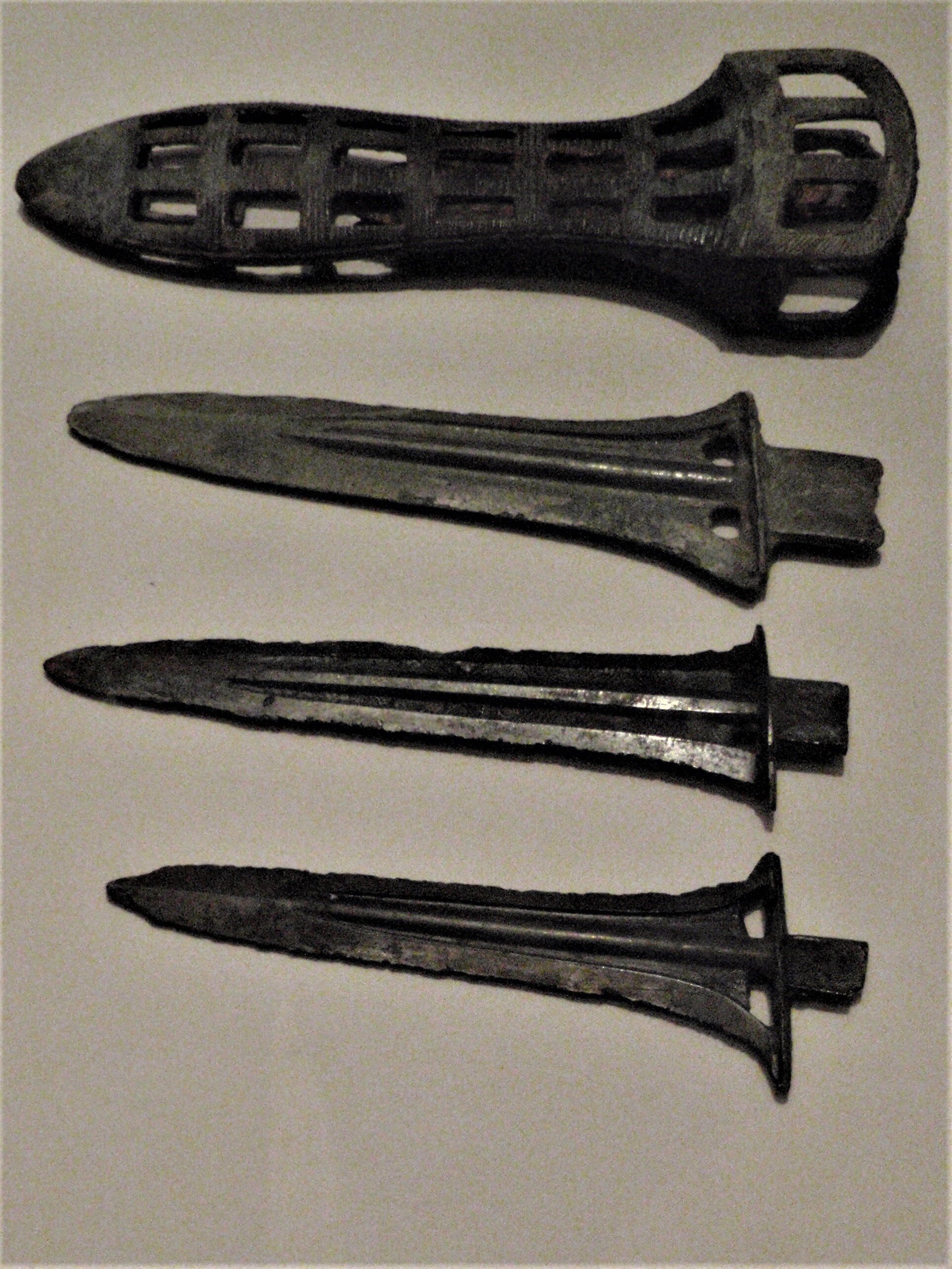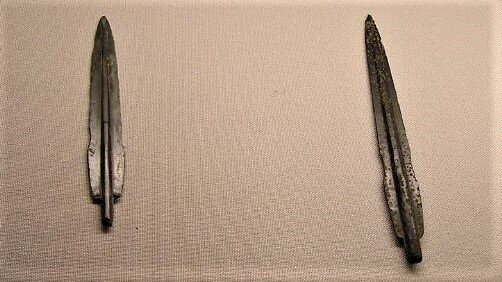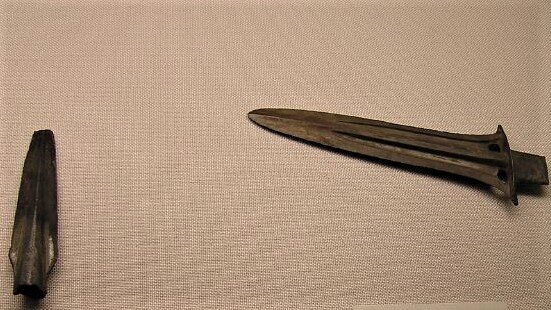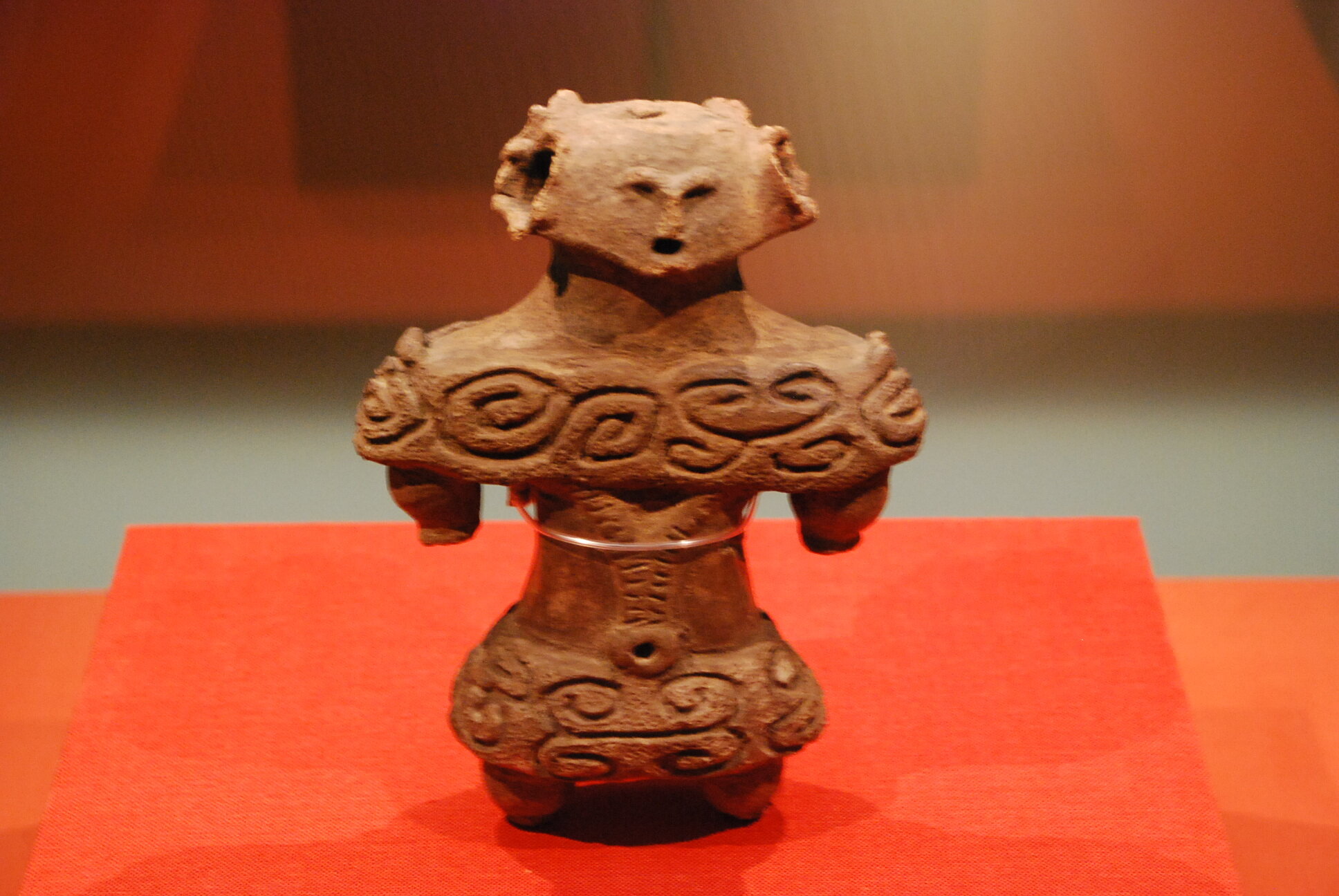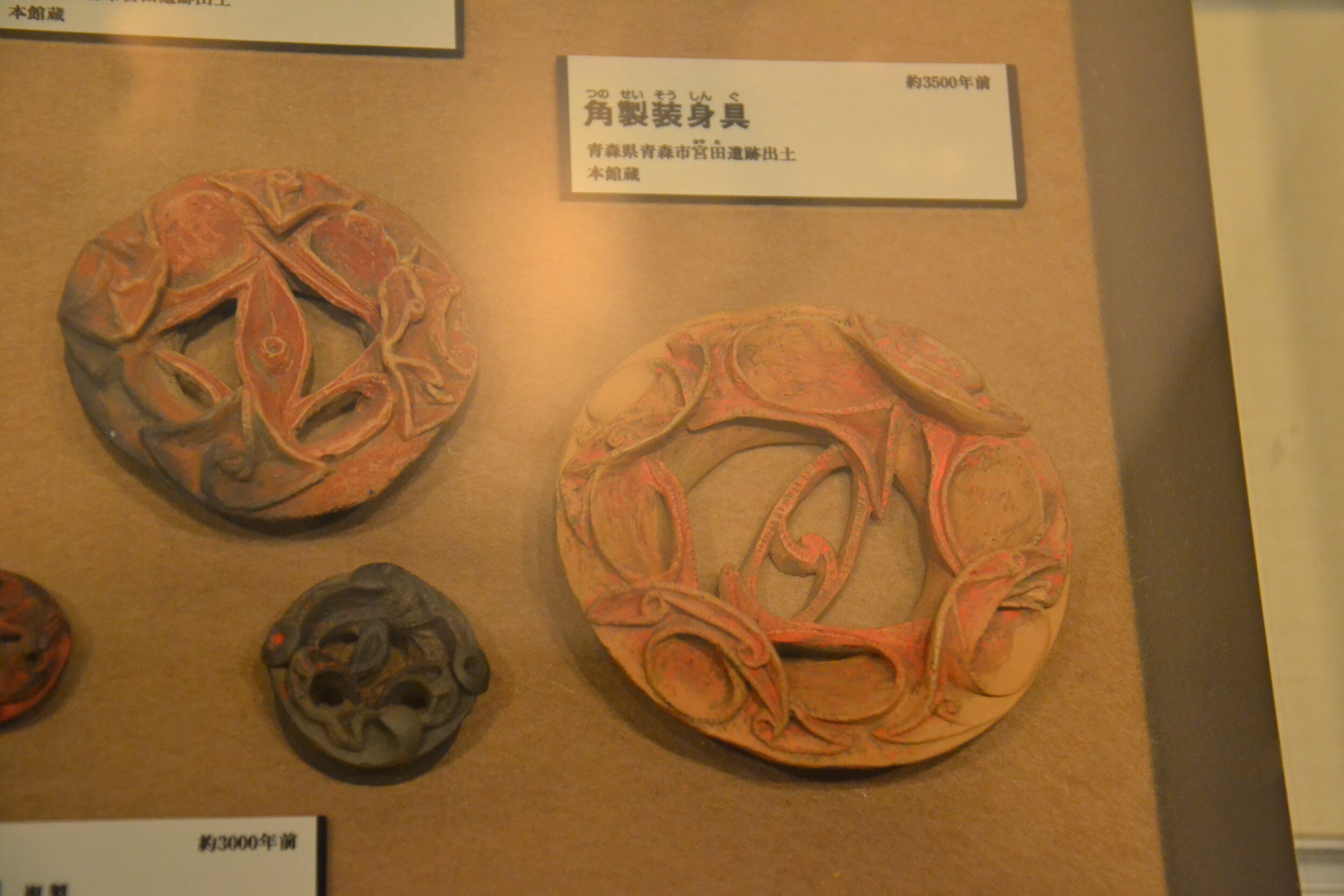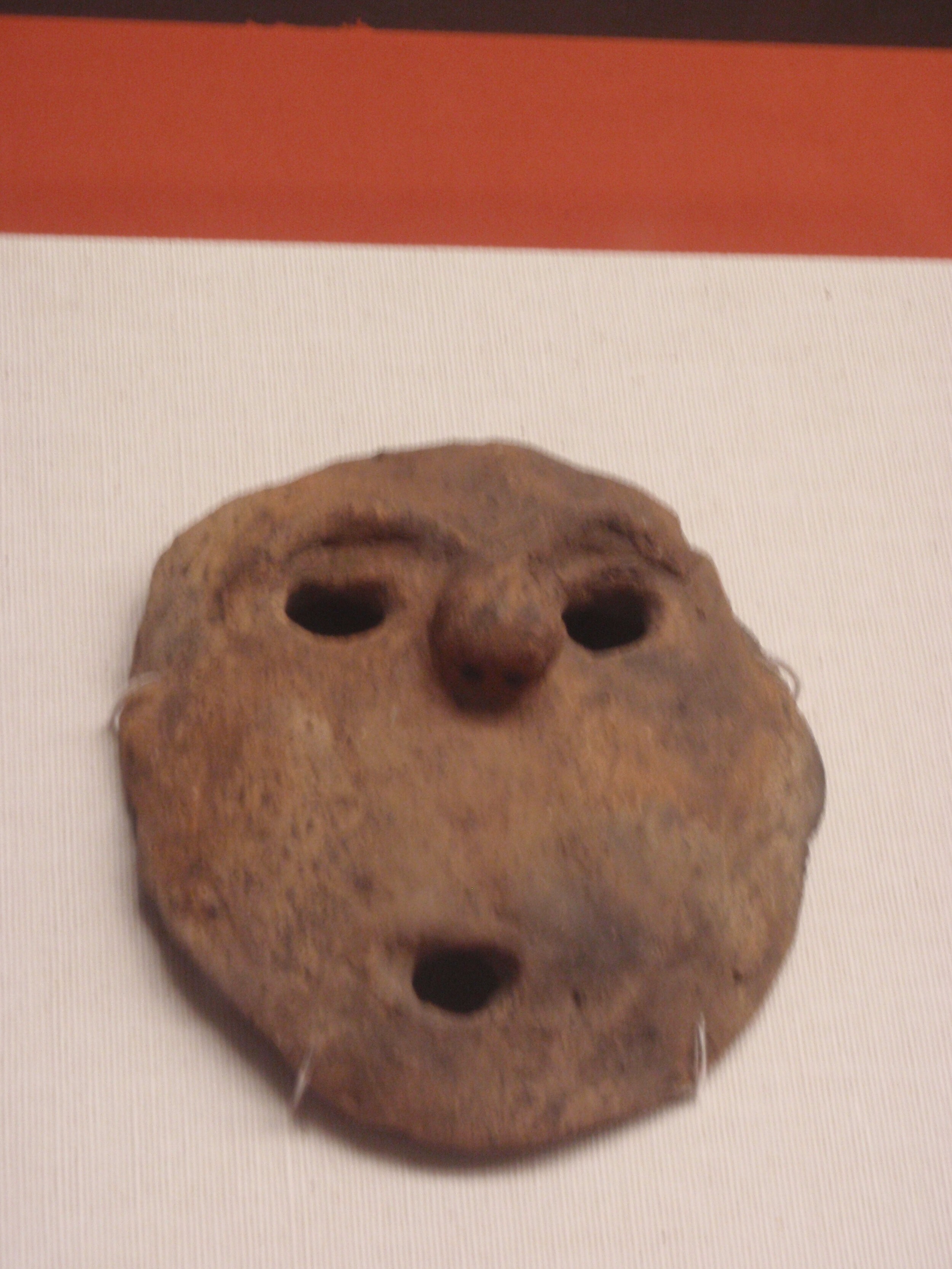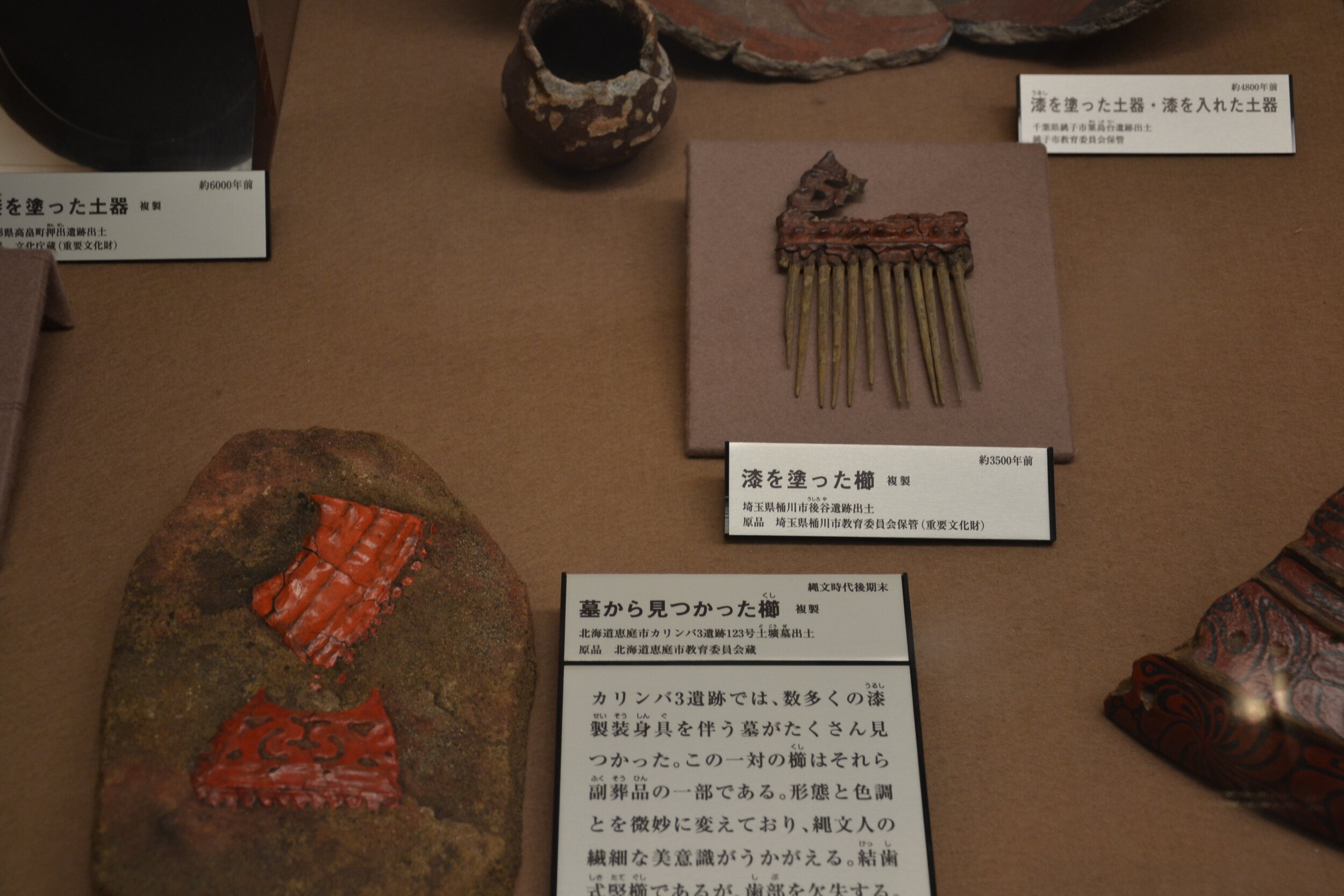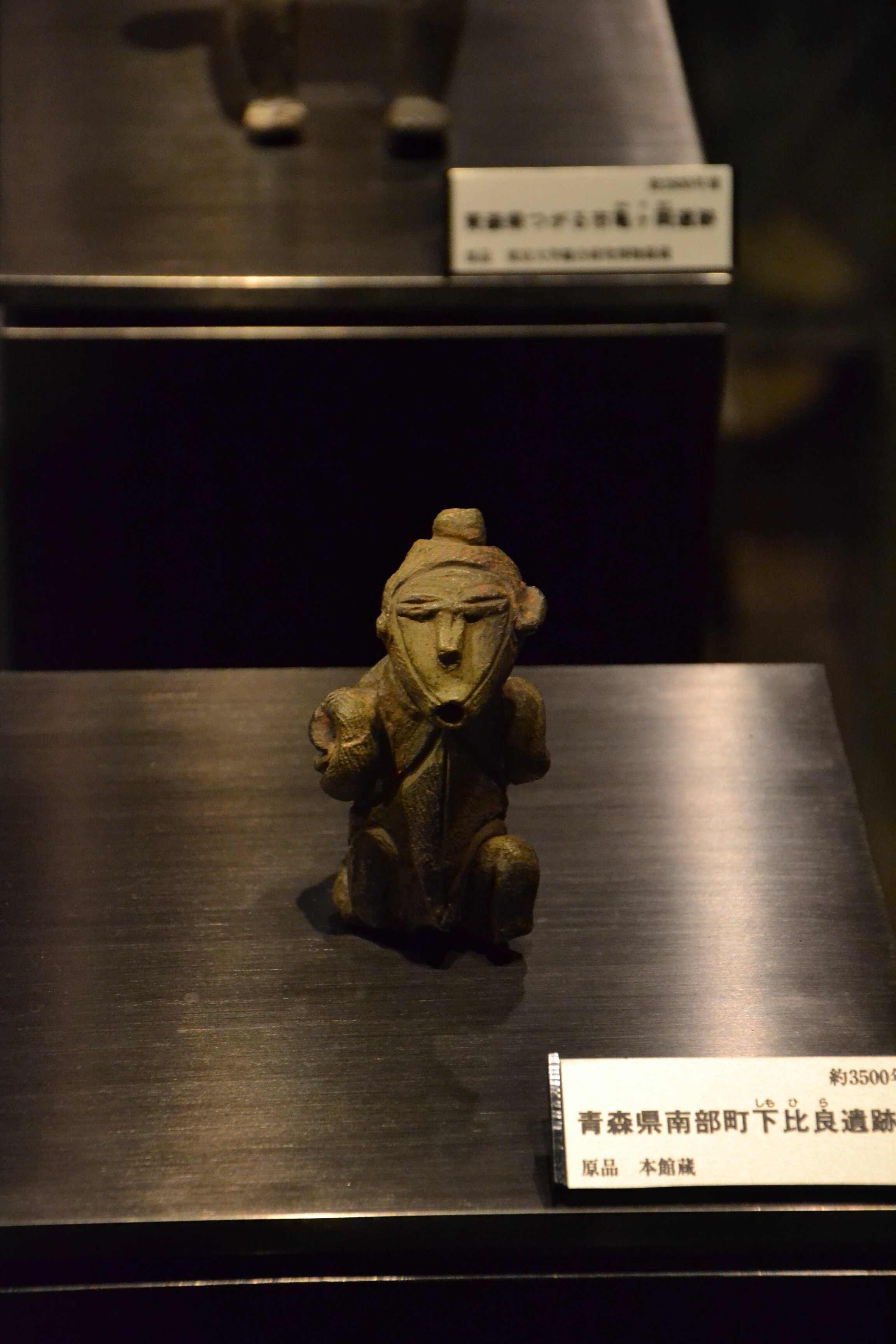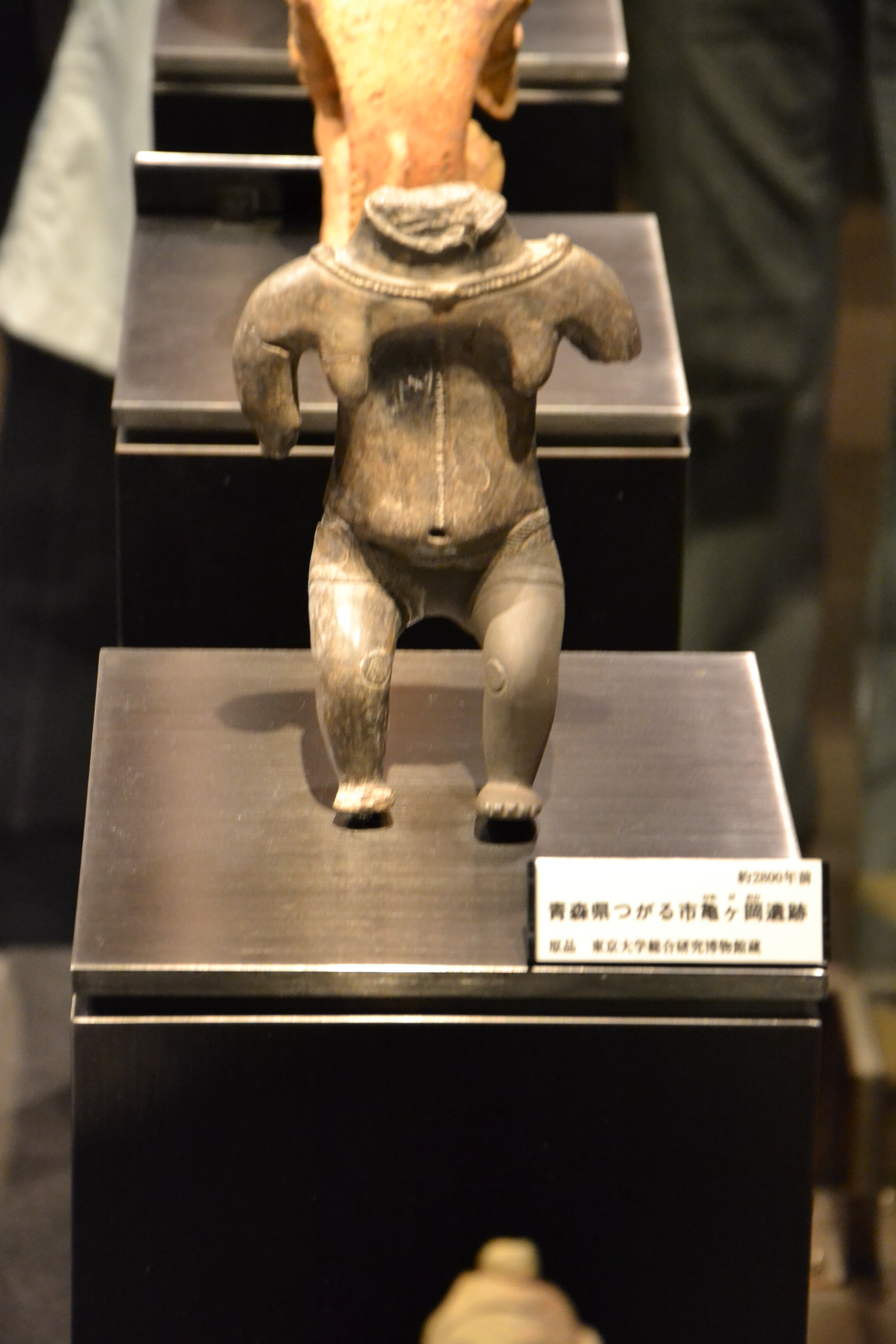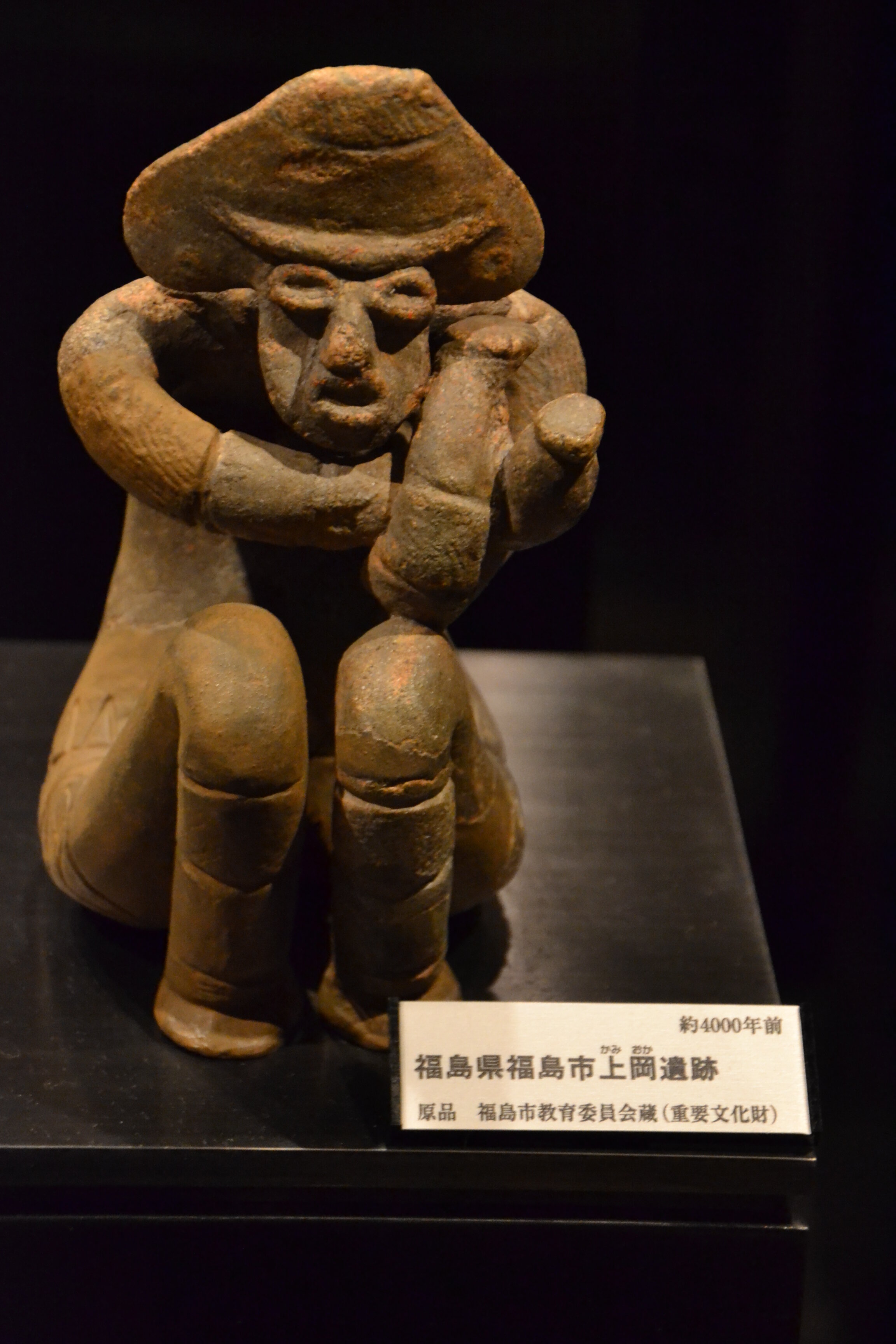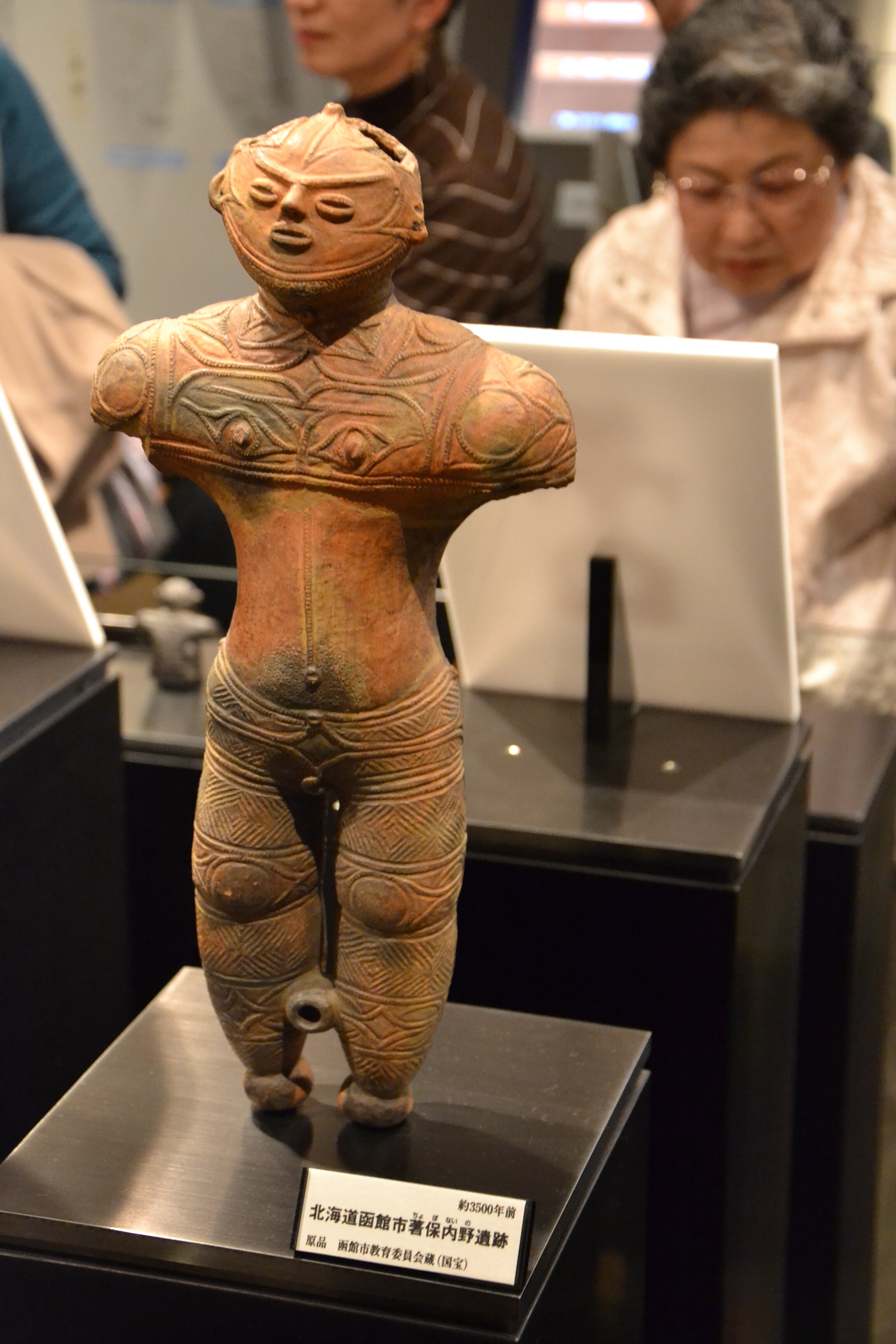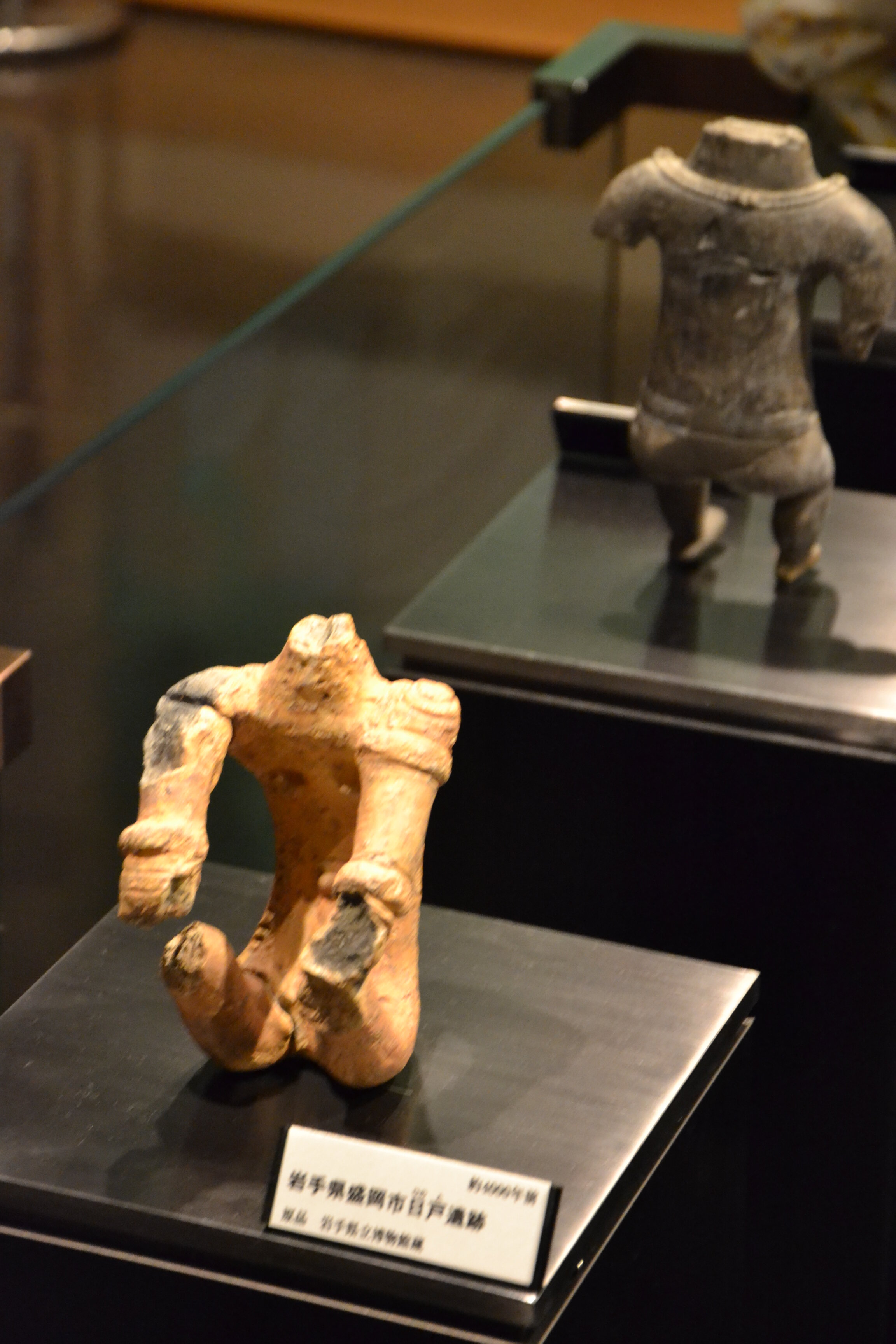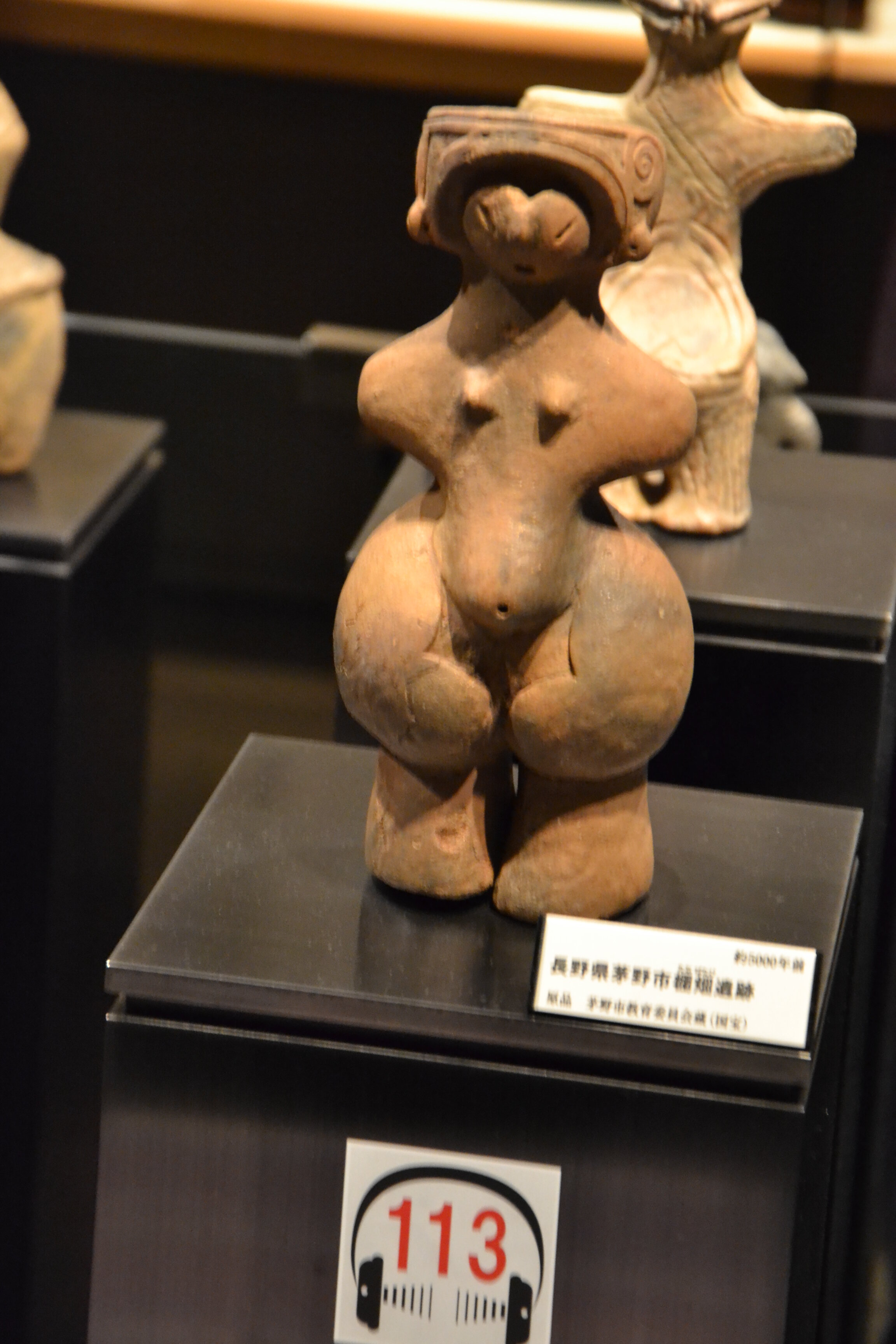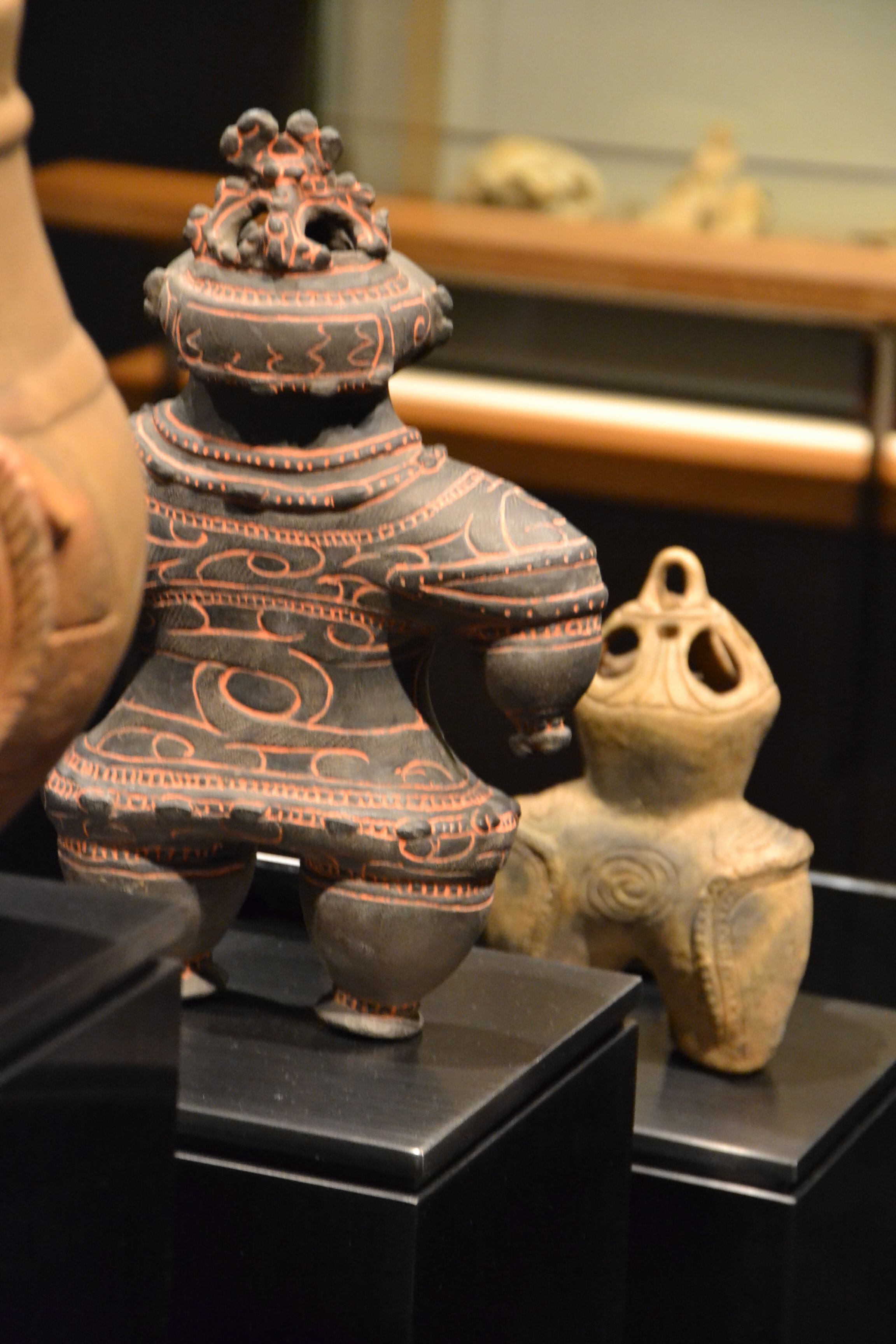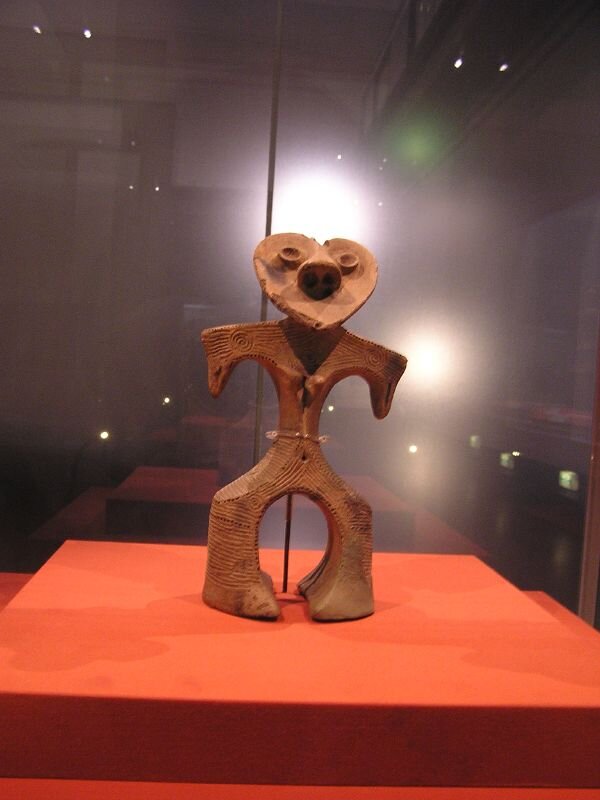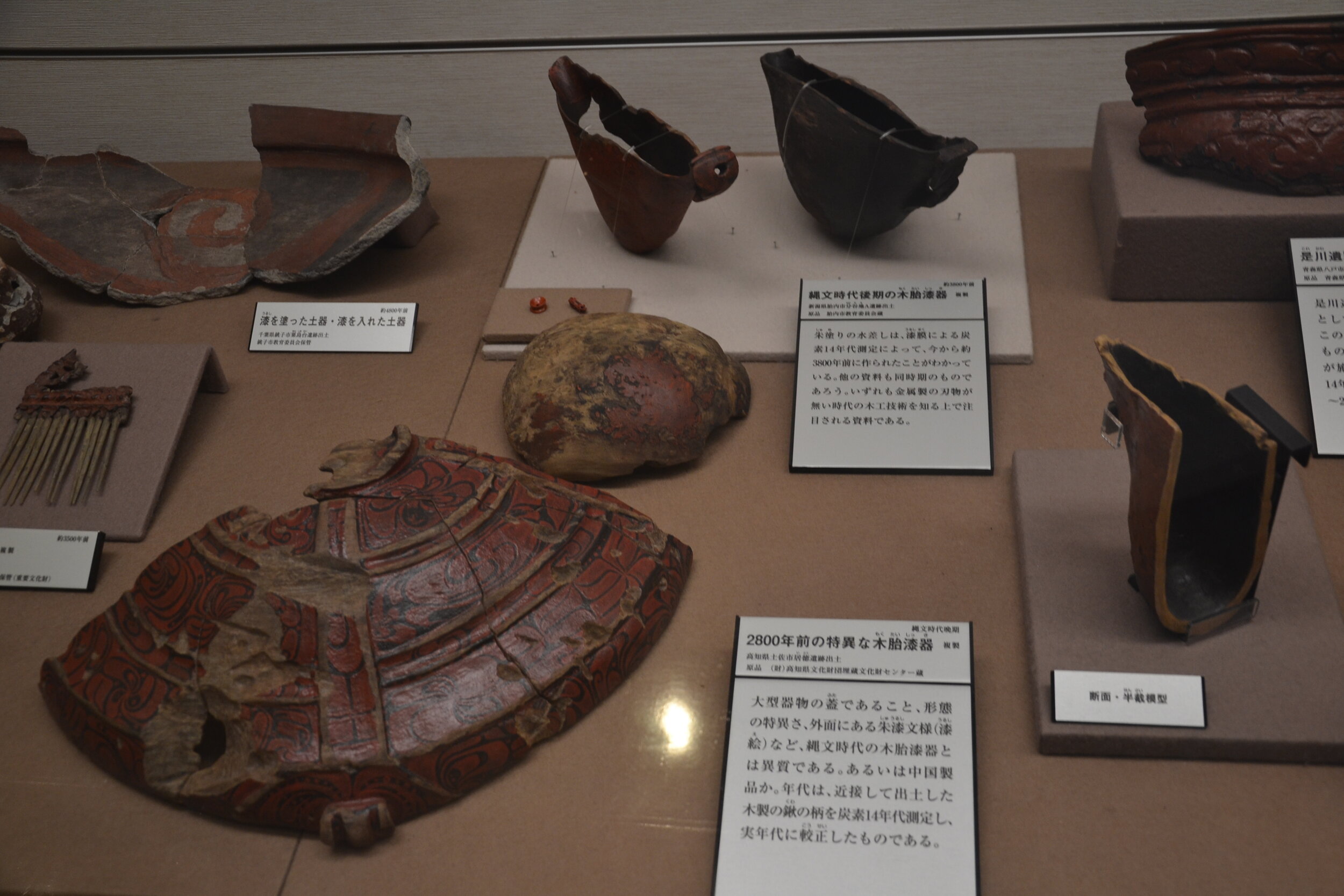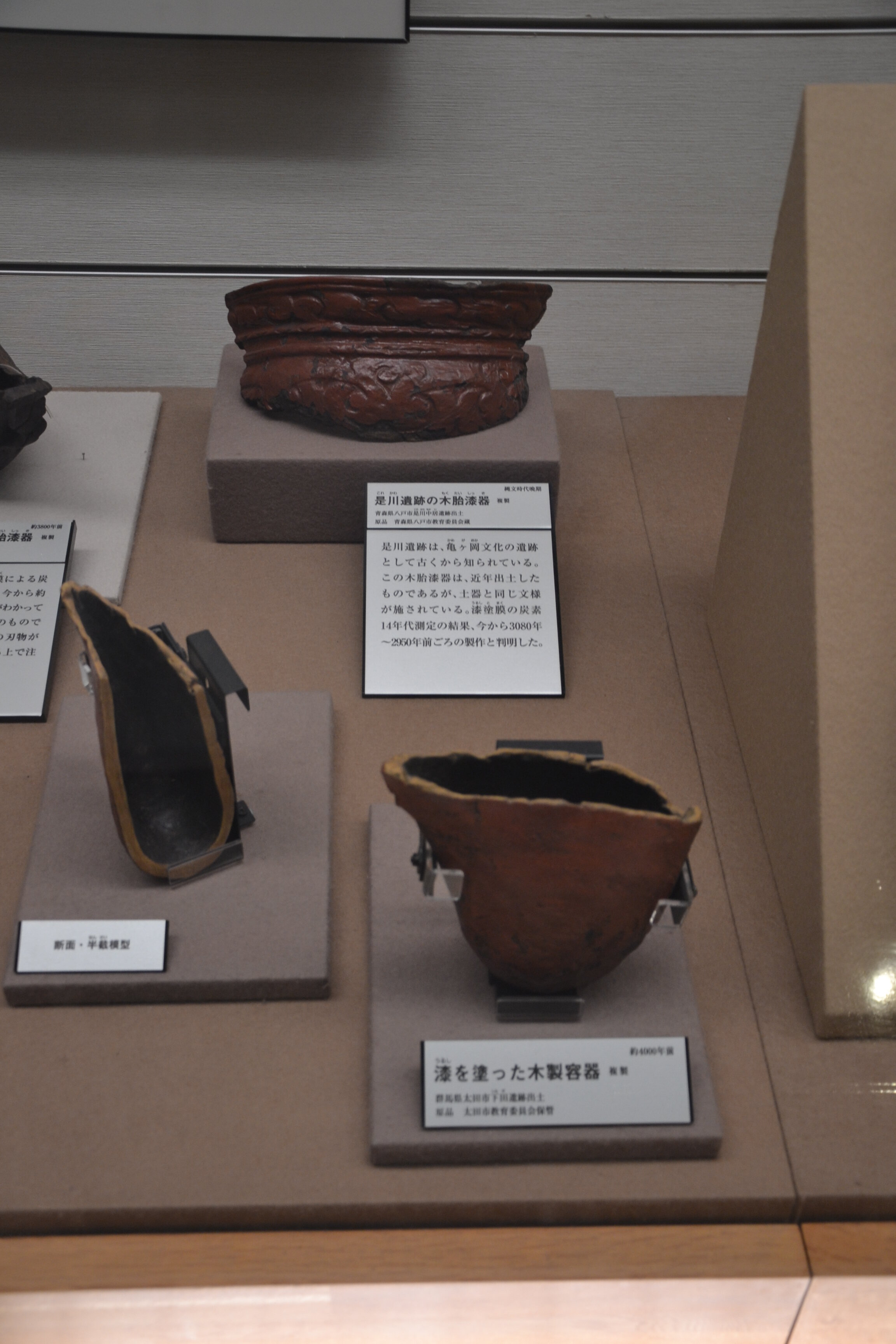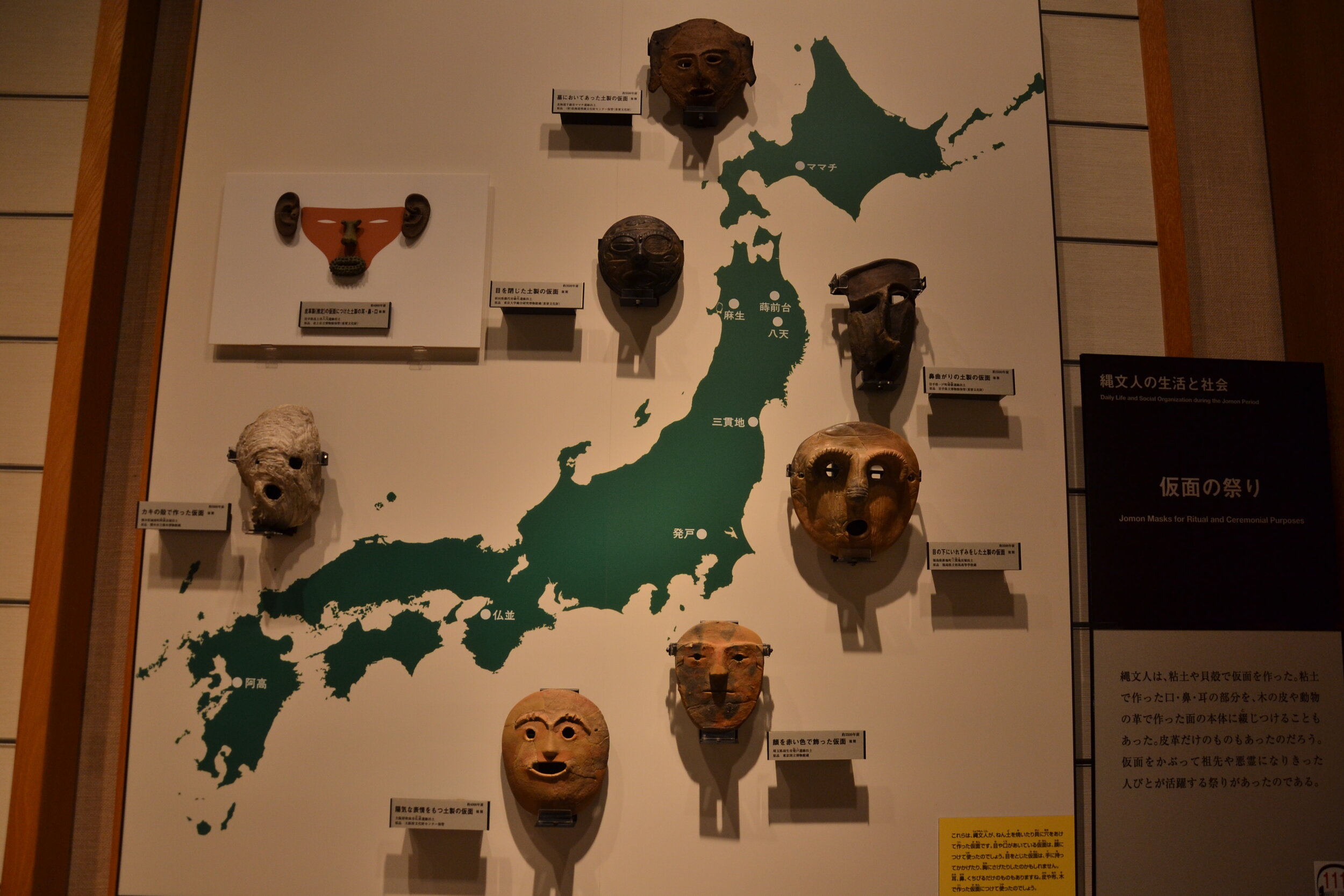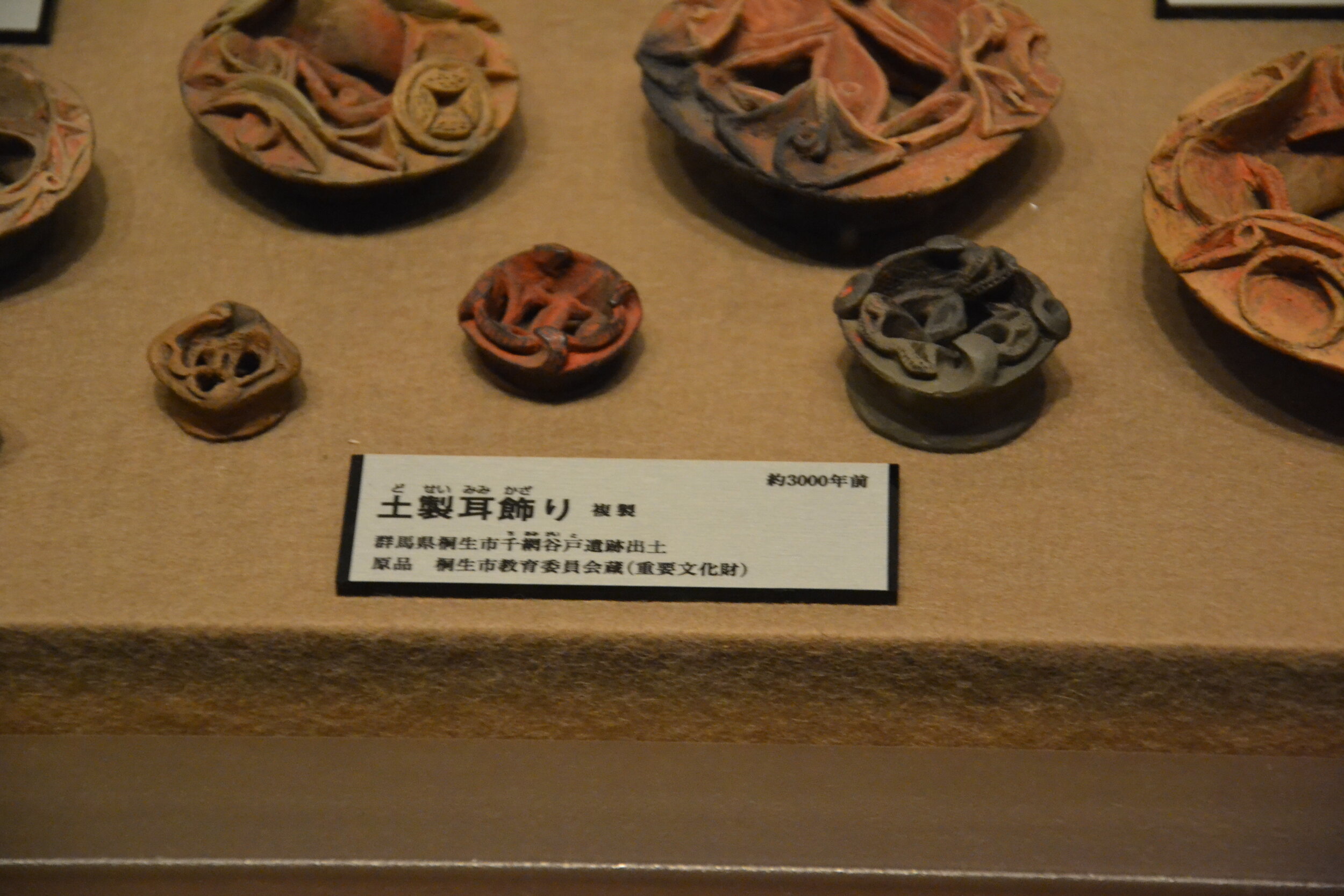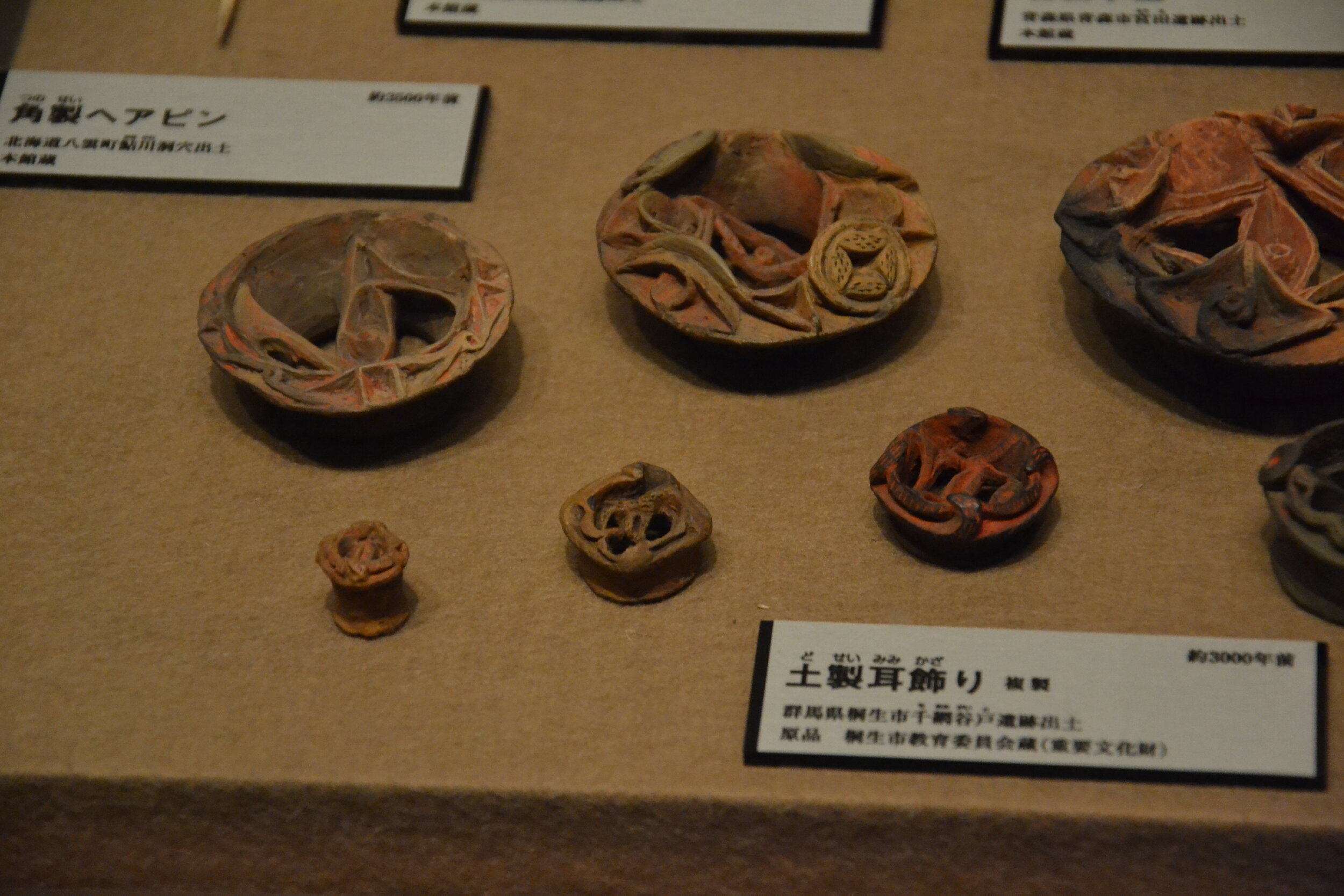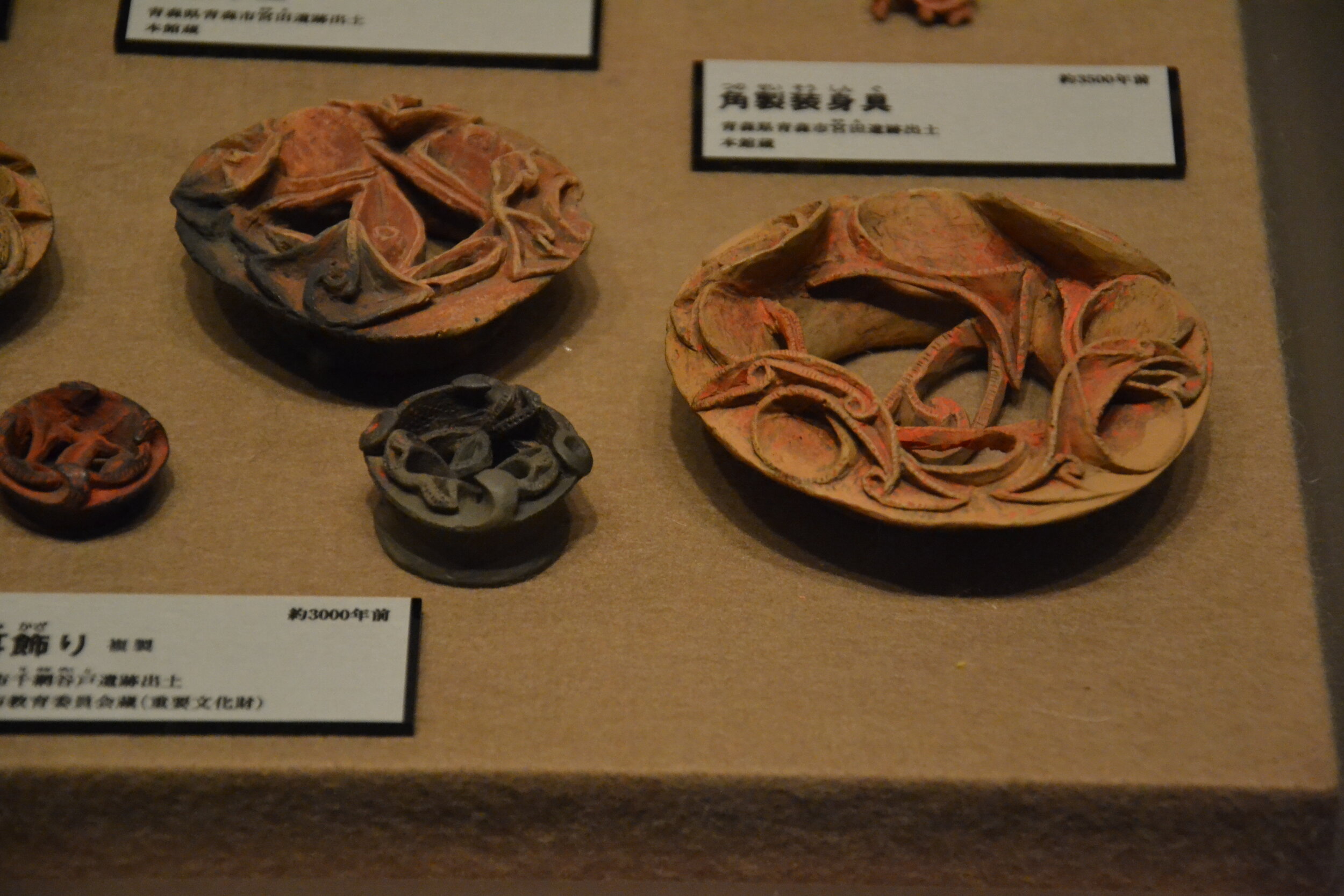Previous Episodes
- January 2025
- December 2024
- November 2024
- October 2024
- September 2024
- August 2024
- July 2024
- June 2024
- May 2024
- April 2024
- March 2024
- February 2024
- January 2024
- December 2023
- November 2023
- October 2023
- September 2023
- August 2023
- July 2023
- June 2023
- May 2023
- April 2023
- March 2023
- February 2023
- January 2023
- December 2022
- November 2022
- October 2022
- September 2022
- August 2022
- July 2022
- June 2022
- May 2022
- April 2022
- March 2022
- February 2022
- January 2022
- December 2021
- November 2021
- October 2021
- September 2021
- August 2021
- July 2021
- June 2021
- May 2021
- April 2021
- March 2021
- February 2021
- January 2021
- December 2020
- November 2020
- October 2020
- September 2020
- August 2020
- July 2020
- June 2020
- May 2020
- April 2020
- March 2020
- February 2020
- January 2020
- December 2019
- November 2019
- October 2019
- September 2019
So this is a bit of a different episode. This time around we are taking a look at the language of the people of the Japanese archipelago—the Wa. It could be taken that the language of the people is of little consequence. After all, it isn’t something we can easily find in a museum. However, I think it will help clarify some of the history here.
From here on out, you may want to first listen to the podcast episode.
A guardian statue at Horyuji, one of the oldest temples in Japan. His mouth is open as he utters one of the two sacred syllables: “A” and “UN”.
So about the language. What I really take from all of this research is that if the Yayoi people—the Wa—brought Japonic with them, then by tracing the path of Japonic we have a better idea of where they came from. From the Shandong peninsula to the Korean peninsula and then to the archipelago would appear to be the path of migration, though over the course of hundreds of years. This seems to match what we see in the archaeological record as well.
It is also fascinating that we see Japonic on the Korean peninsula as well. It is easy to assume that all of the people of the Korean peninsula must have been speaking ancient Korean. But that is us assuming that the nations of today are the same as the people who were there thousands of years ago.
A rough map of the Korean peninsula in the first century CE. The Shandong peninsula is in the lower left, and northern Kyushu can be seen in the lower right corner. By Historiographer at the English Wikipedia, CC BY-SA 3.0, https://commons.wikimedia.org/w/index.php?curid=6606974
On the Korean peninsula, we see several different polities over the years. We are currently talking about the Samhan—Chin-han, Pyon-han, and Ma-han. Eventually these give way to Baekje (Paekche), Silla, and Goguryeo (Koguryeo), as well as the Gaya Confederacy. It is unsurprising that there are some material similarities between all of them, since they were in such close proximity. Comparatively speaking, if we looked at Medieval France, Spain, Italy, and Germany, you would also see plenty of similarities there, as well. After all, they are all in proximity to one another. But they are not the same, something you don’t really see unless you look at all of them. In particular, Baekje and Goguryeo both claimed descent from the Buyeo (Puyo) people for the Manchurian Basin, making them relatively latecomers to the peninsula. Silla is thought to have grown up out of one of the three Han, the Chin-han. However, the languages of the people up in the northern parts of the Korean peninsula are likely still related to these more northern groups that came in. I suspect even Silla may have been influenced by some of these immigrants, and it is hard to know if the language we know as the Sillan language was even there to begin with, or if it was something that was brought in and then became dominant among some of the Chin-han people.
Sillan royal tombs in Gyeongju, South Korea.
And then there are the lack of historical sources on the peninsula. Besides the Gwanggaeto Stele, from 414 CE, we have the Samguk Yusa and the Samguk Sagi to tell us the history, both of which were written well after the fact. Much of the early written works on the peninsular are in some form of Chinese, and so mostly we are assuming languages based on various placenames. We have only a few fragments of writings in Sillan, and we believe that language is similar to the language of Baekje, and Goguryeo. It is thus easy to assume that all of the lands used the same language, but that doesn’t seem to be the case. For instance, the Gwanggaeto stele specifically mentions renaming many places, indicating the original names may have been in another language. And we have a specific note of a word from the Gaya, which is all we really have to go on.
Whether Japonic comes from Koreanic, or Korean borrows from Japonic, are not only linguistic discussions, but are also enmeshed in more recent relations between the two modern nations, as well as nationalist ideas and identities. In fact, one of the things we have to be careful of in studies of this period are nationalist bias, which may be geared to serve a specific modern political narrative, rather than just objectively looking at the facts.
This will be especially important to remember when we get into the Japanese chronicles, where we’ll talk about the Japanese “colonies” on the peninsula as well as the sovereign Jingu’s invasion. From the standard Japanese viewpoint, Jingu must have crossed from Japan and into Korea. However, some Korean scholars suggest that Jingu and her husband, Chuai, were actually from the peninsula, and worked their way across the strait to conquer Japan. Whether or not the “Wa” were simply on the islands or if the “Land of Wa” included the peninsula and thus was involved in peninsular politics is all tied up in this. That narrative is potentially strengthened if Japonic was spoken on the peninsula, and to what extent.
Oh, and as a bit of a postscript, I know we only touched on Ryukyuan. Ryukyuan seems to have branched off from what became modern Japanese somewhere in the first millennium. That means that some time between the time we are discussing and the early to mid-Heian period, people moved south from Kyushu into the Ryukyuan island chain, likely bringing aspects of their life and culture with them and mingling with the life of the islanders.
References
2019; Miyamoto, Kazuo. “The Spread of rice agriculture during the Yayoi Period: From the Shandong Peninsula to the Japanese Archipelago via the Korean Peninsula”, The Japanese Journal of Archaeology, http://www.jjarchaeology.jp/
2017; Robbeets, Martine. “Austronesian influence and Transeurasian ancestry in Japanese, Language Dynamics and Change, 7(2), 210-251.” doi: https://doi.org/10.1163/22105832-00702005
2017; Shinoda, K., & Adachi, N. “Ancient DNA Analysis of Palaeolithic Ryukyu Islanders”. In Piper P., Matsumura H., & Bulbeck D. (Eds.), New Perspectives in Southeast Asian and Pacific Prehistory (pp. 51-60). Acton ACT, Australia: ANU Press. Retrieved from http://www.jstor.org/stable/j.ctt1pwtd26.10
2015; Barnes, Gina L. Achaeology of East Asia: The Rise of Civilization in China, Korea and Japan
2013; Vovin, Alexander. “From Koguryo to T’amna: Slowly riding to the South with speakers of Proto-Korean”, Korean Linguistics 15:2, University of Hawai’i at Mānoa
2011; Lee, Sean and Hasegawa, Toshikazu. Bayesian phylogenetic analysis supports an agricultural origin of Japonic languages 278 Proc. R. Soc. B http://doi.org/10.1098/rspb.2011.0518
2011; Crawford, G. “Advances in Understanding Early Agriculture in Japan.” Current Anthropology, 52(S4), S331-S345. doi:10.1086/658369
2008; Bentley, John R. “The Search for the Language of Yamatai”. Japanese Language and Literature (42-1). 1-43. Retrieved from https://www.jstor.org/stable/30198053
2007; Palmer, Edwina. “Out of Sunda? Provenance of the Jōmon Japanese.” Japan Review, (19), 47-75. Retrieved from http://www.jstor.org/stable/25791309
2005; Hong, W. “Yayoi Wave, Kofun Wave, and Timing: The Formation of the Japanese People and Japanese Language.” Korean Studies 29, 1-29. doi:10.1353/ks.2006.0007.
2000; Kumar, Ann and Rose, Phil. “Lexical Evidence for Early Contact between Indonesian Languages and Japanese”. Oceanic Linguistics. 219-155. Retrieved from https://www.jstor.org/stables/3623422


